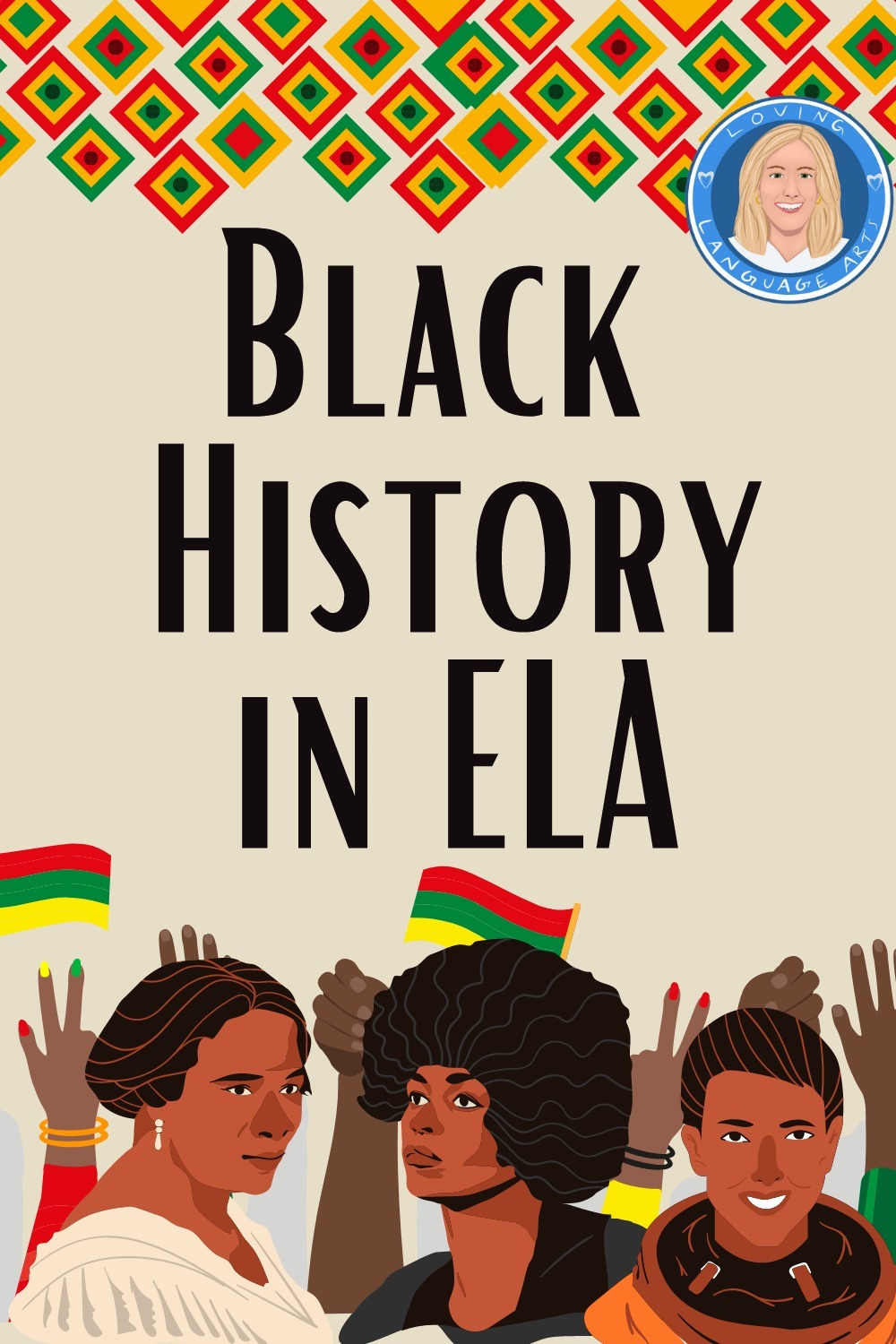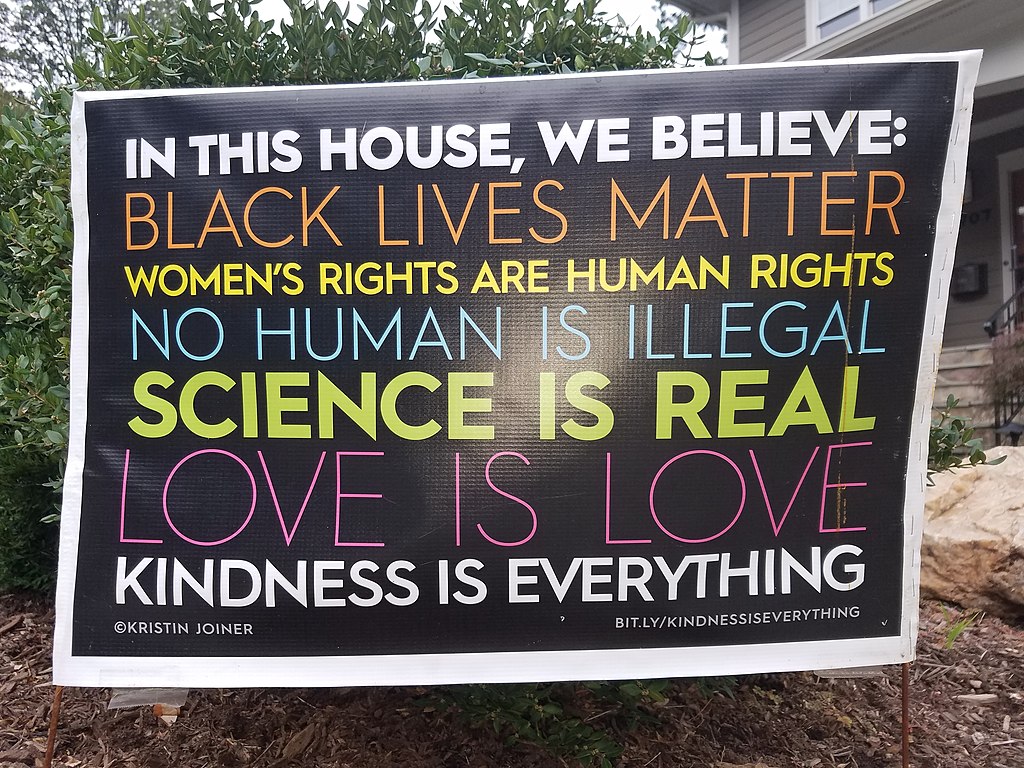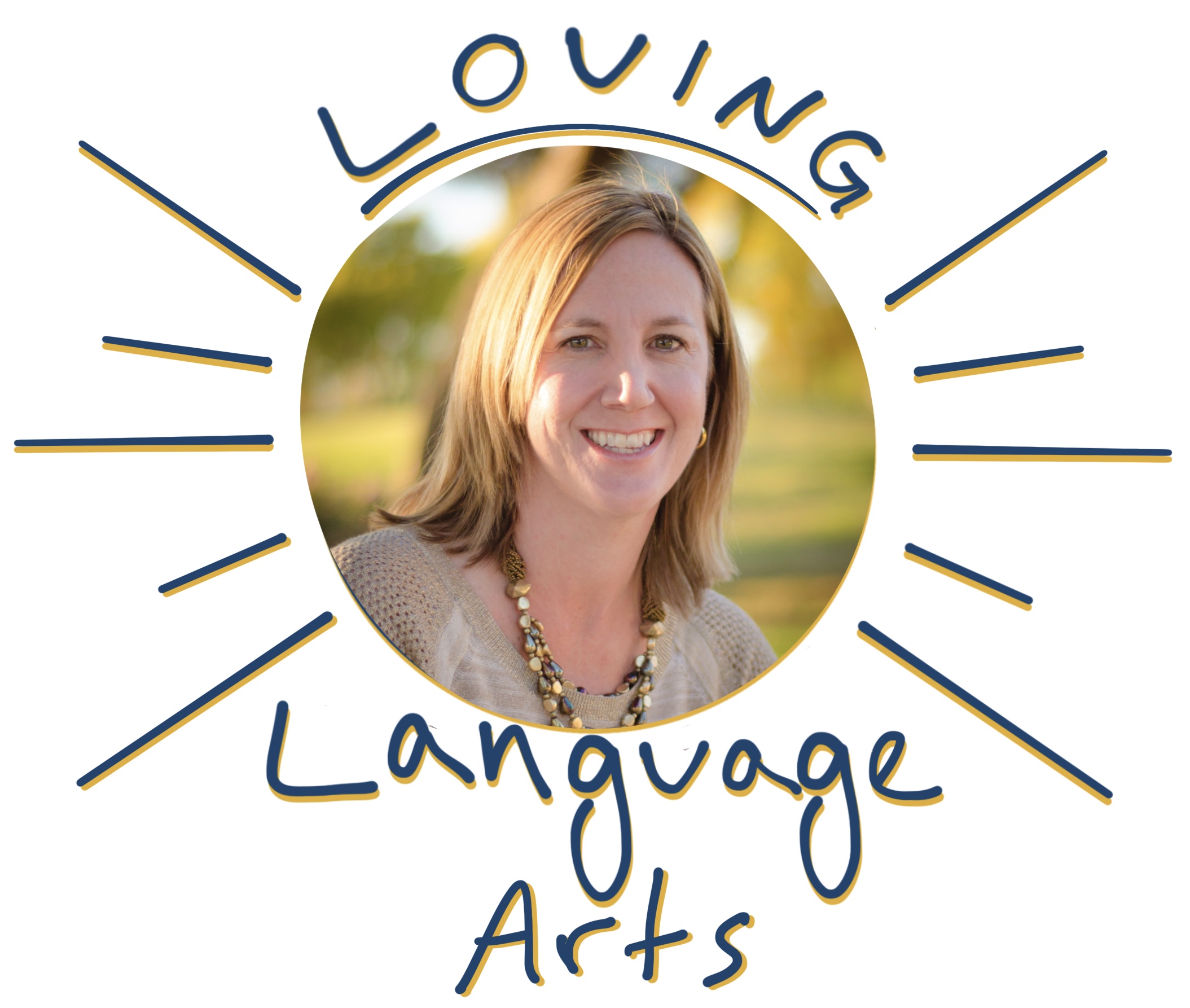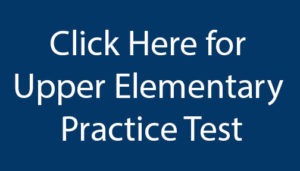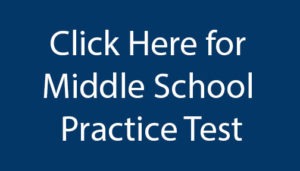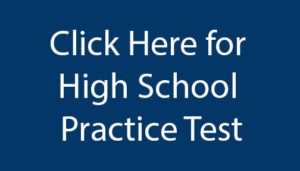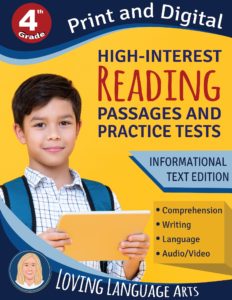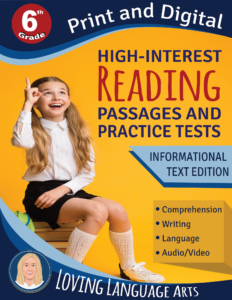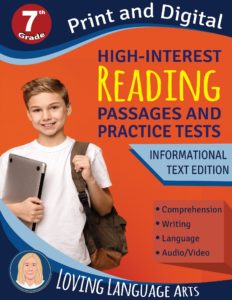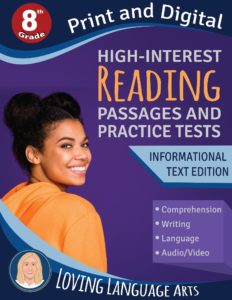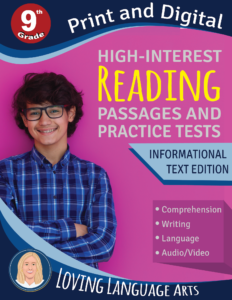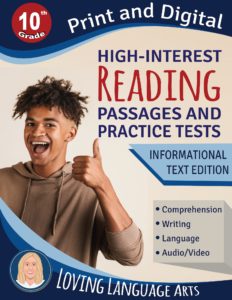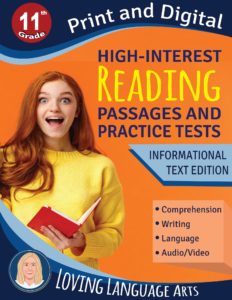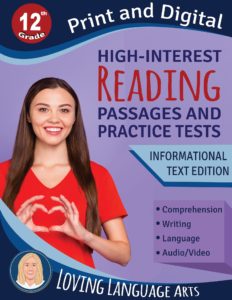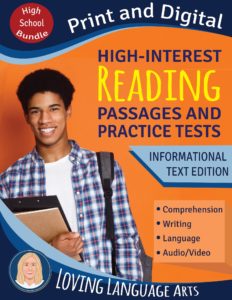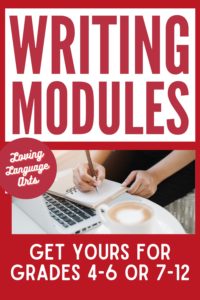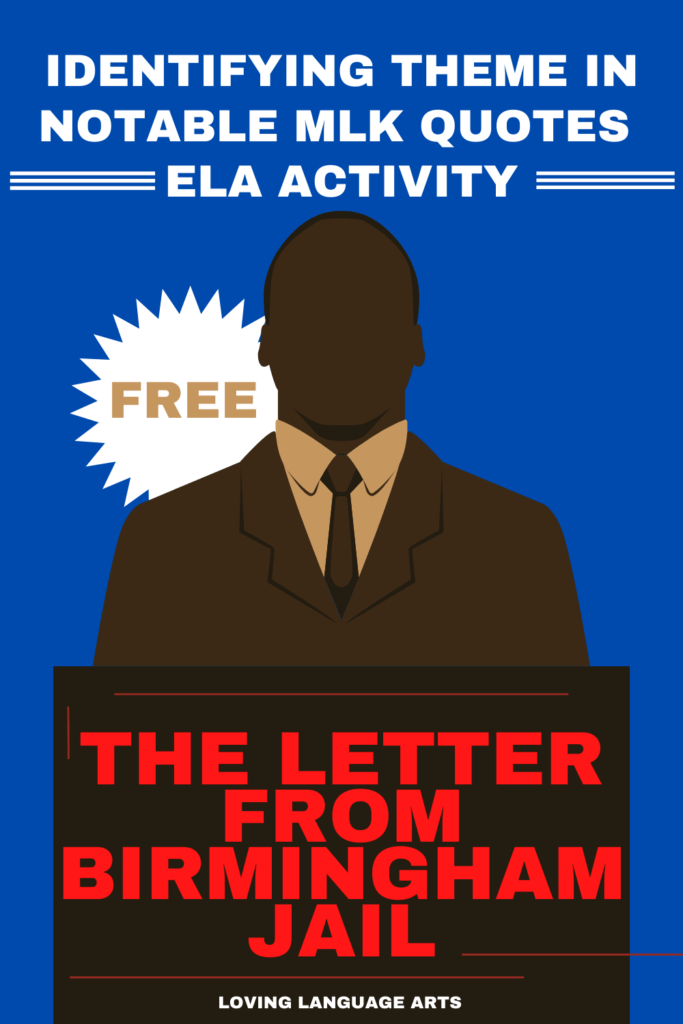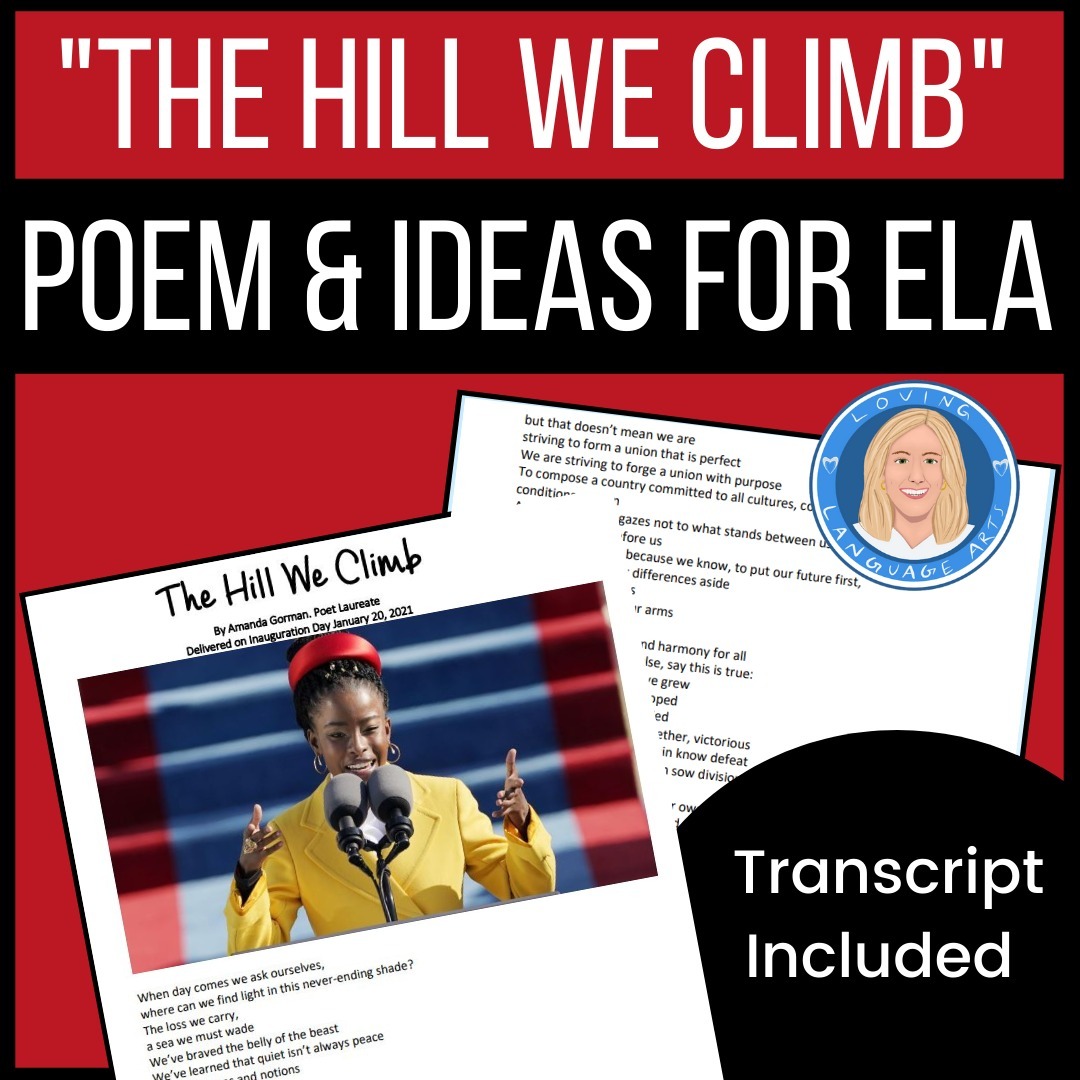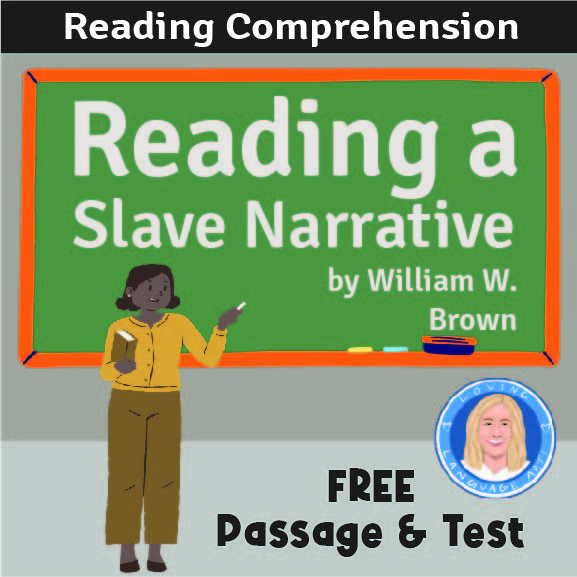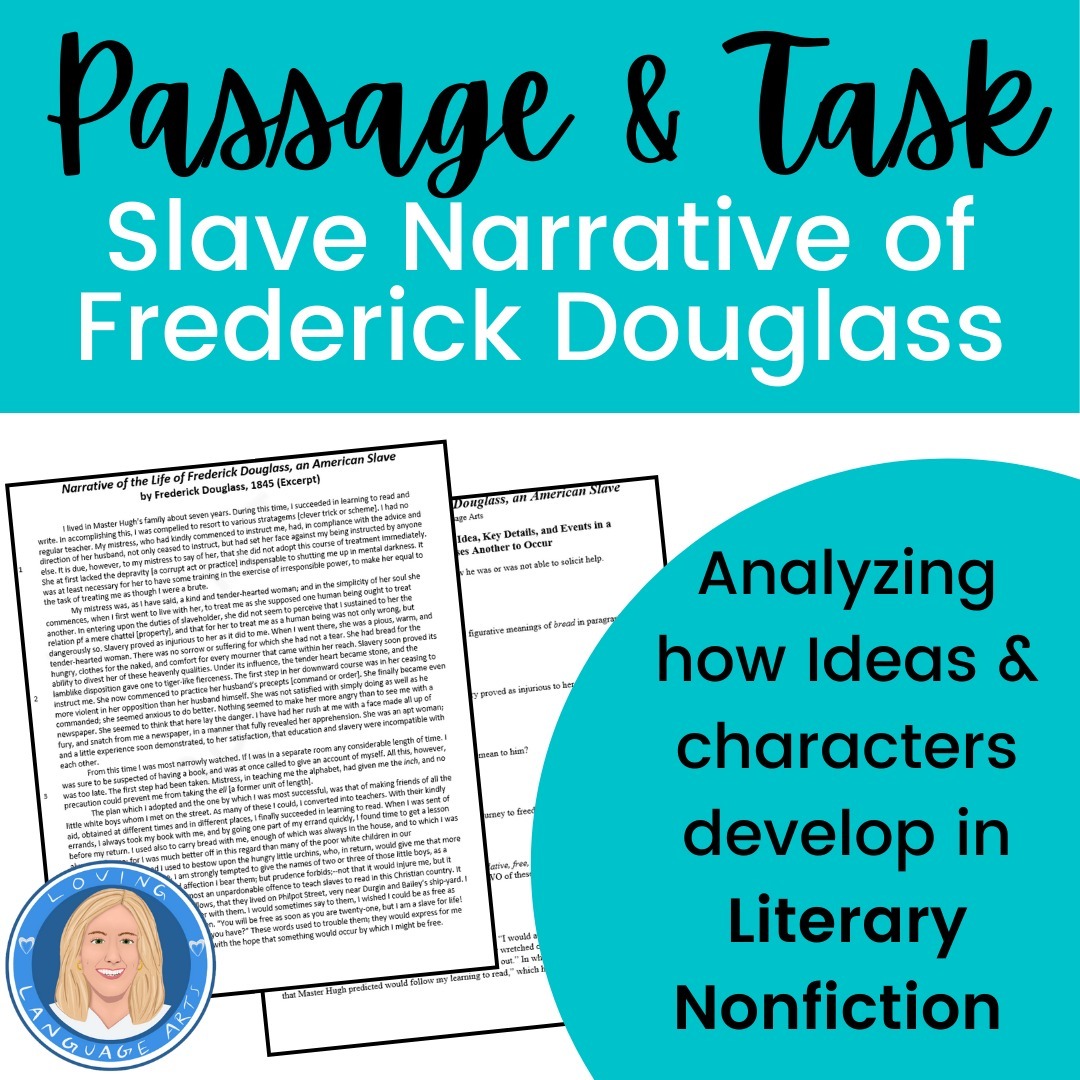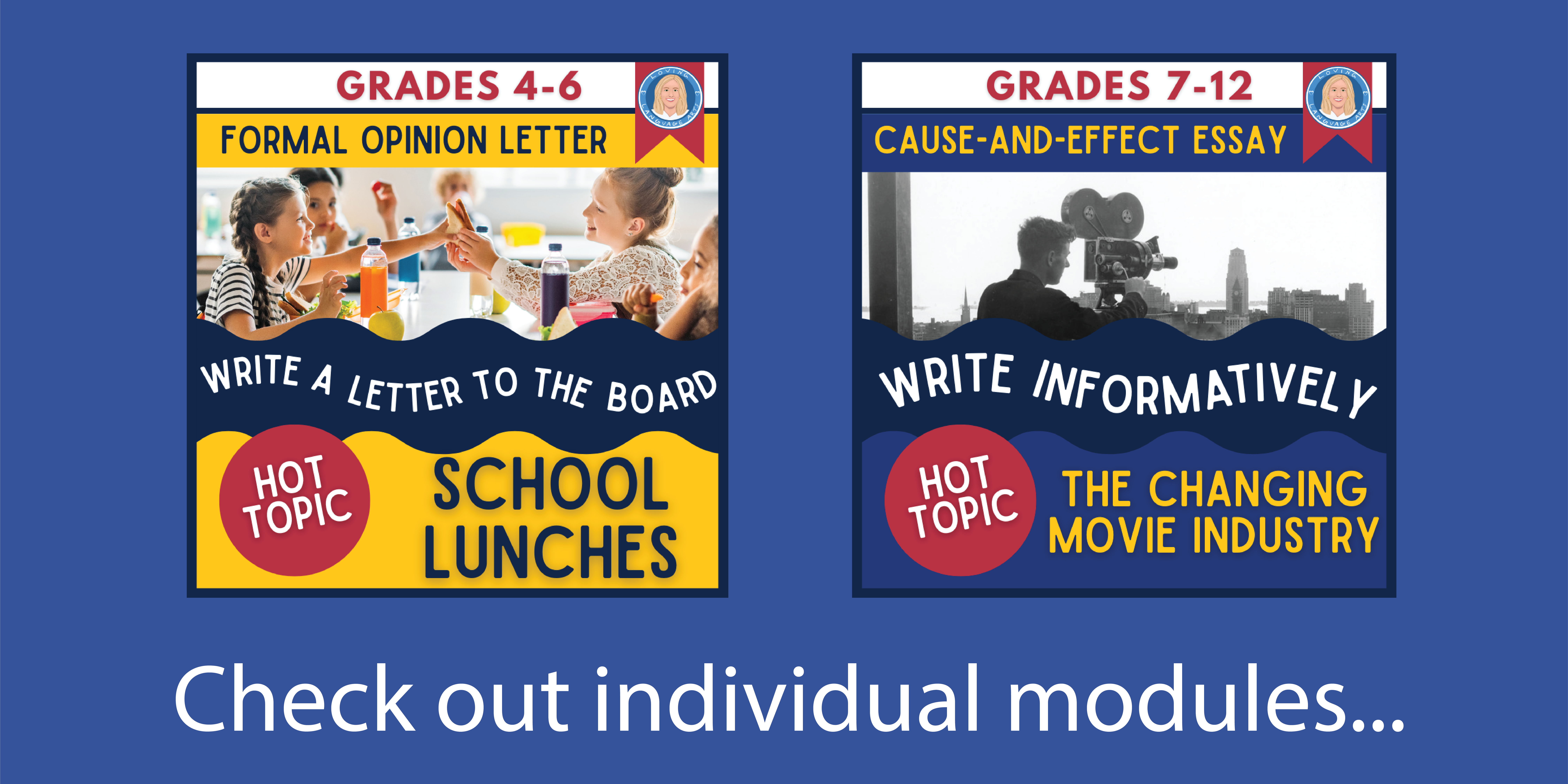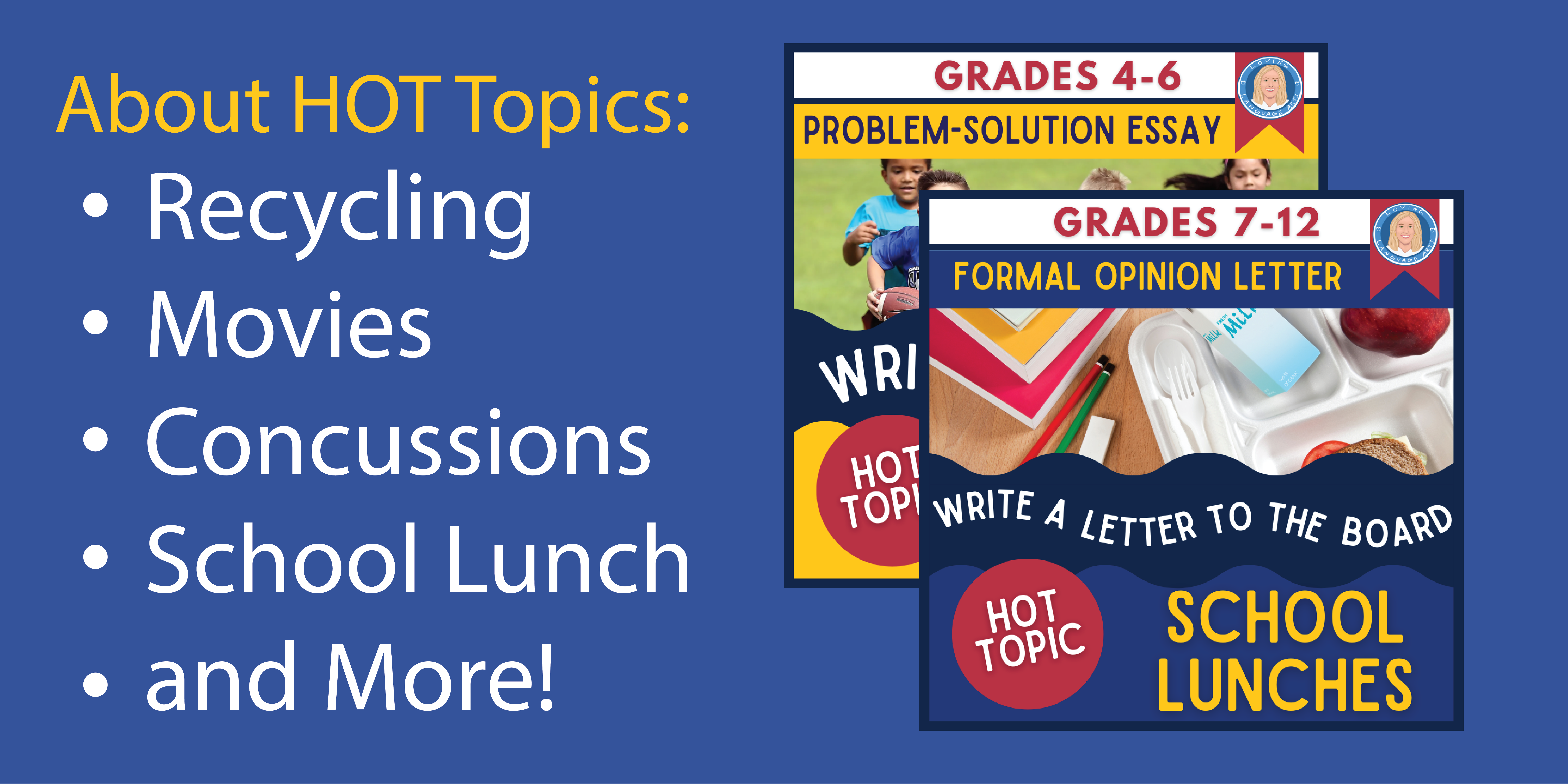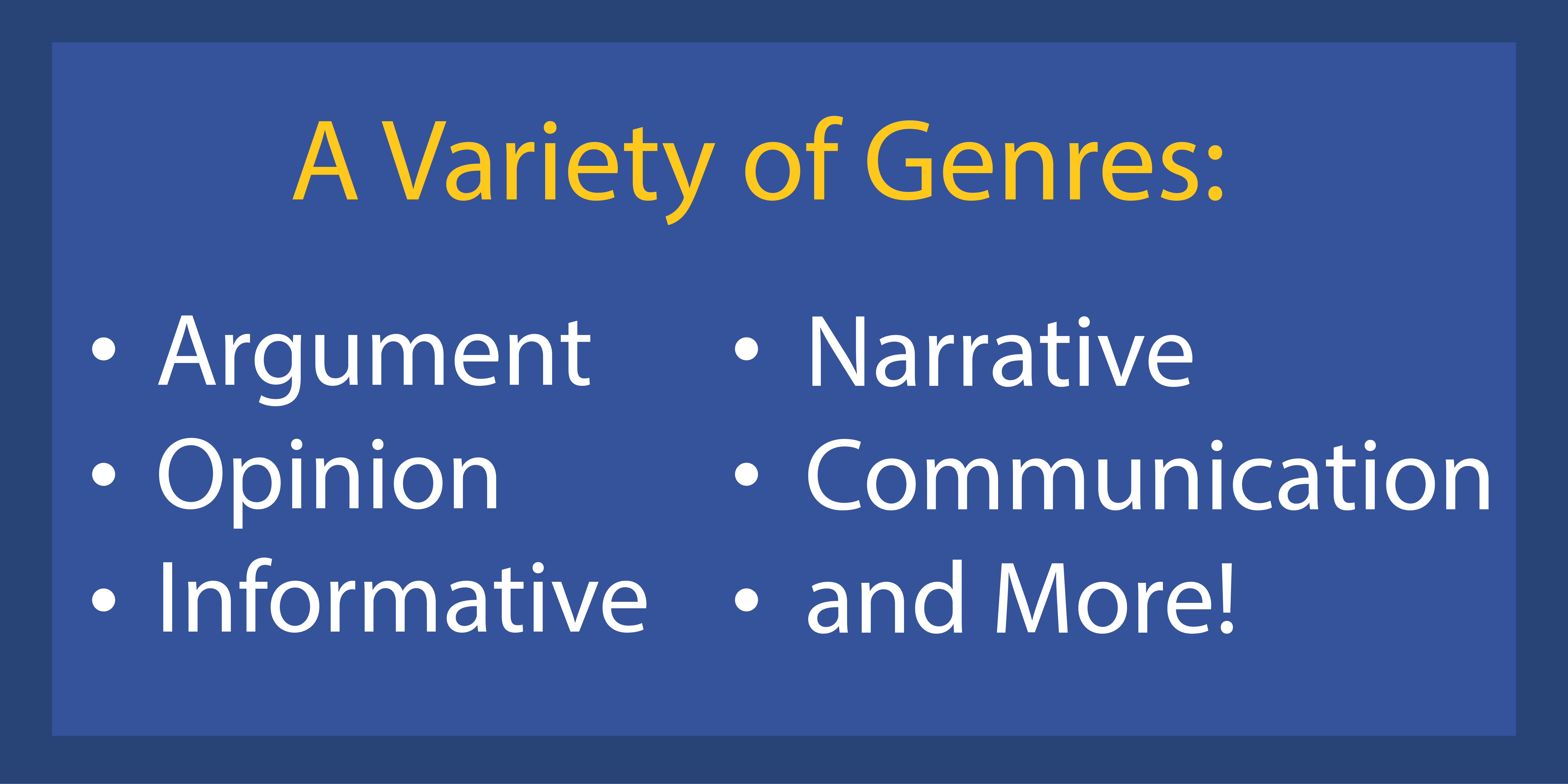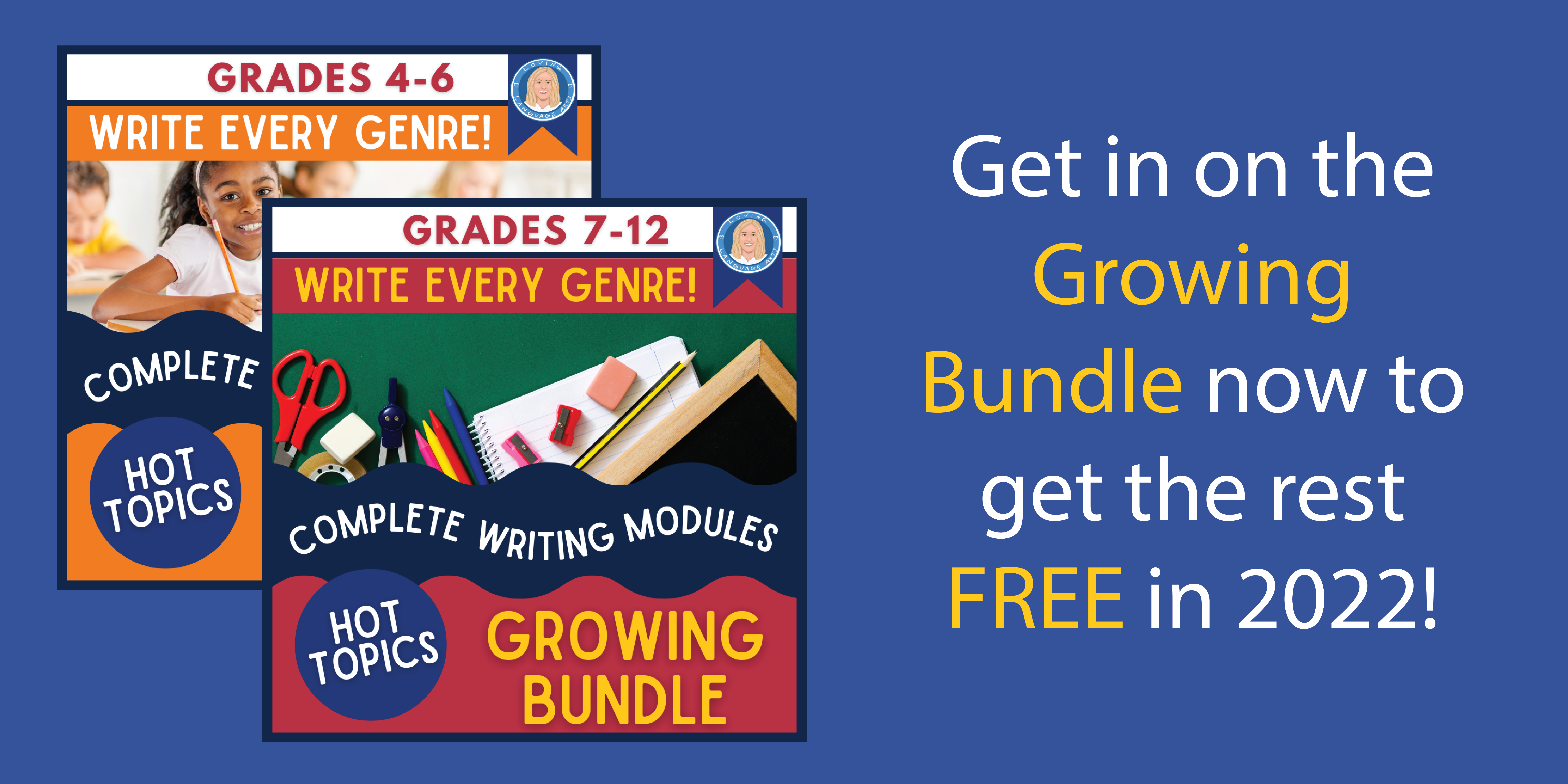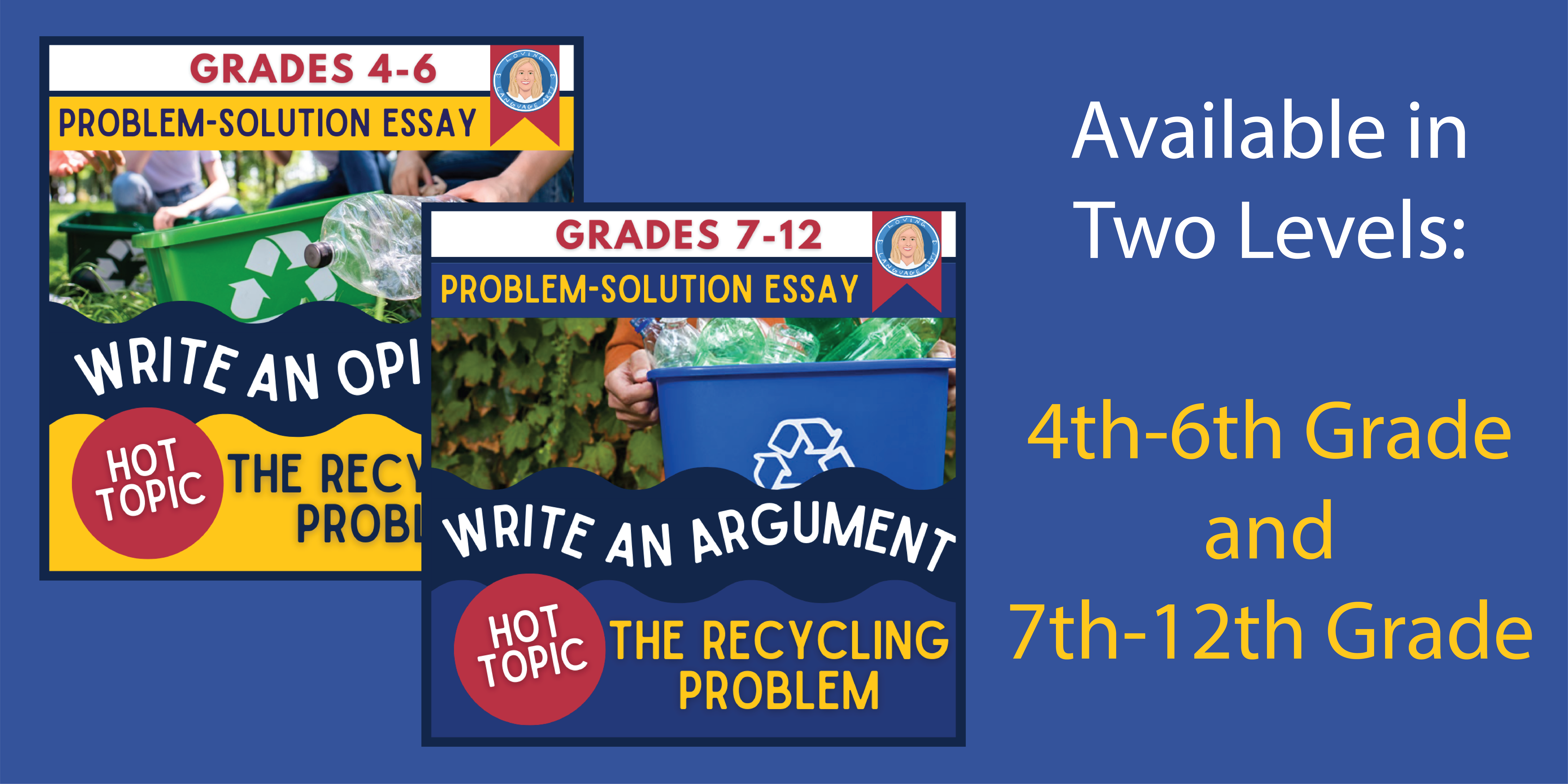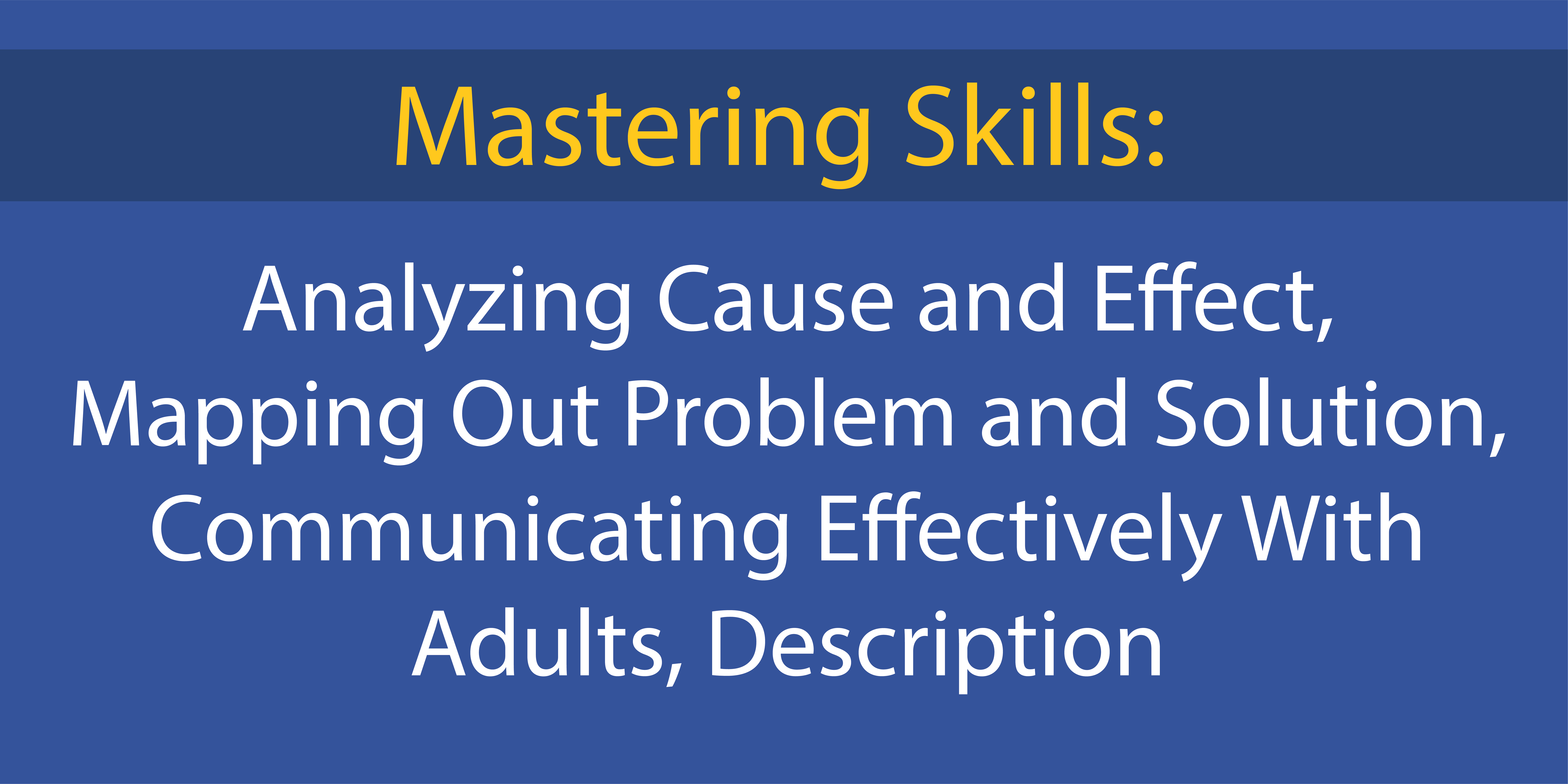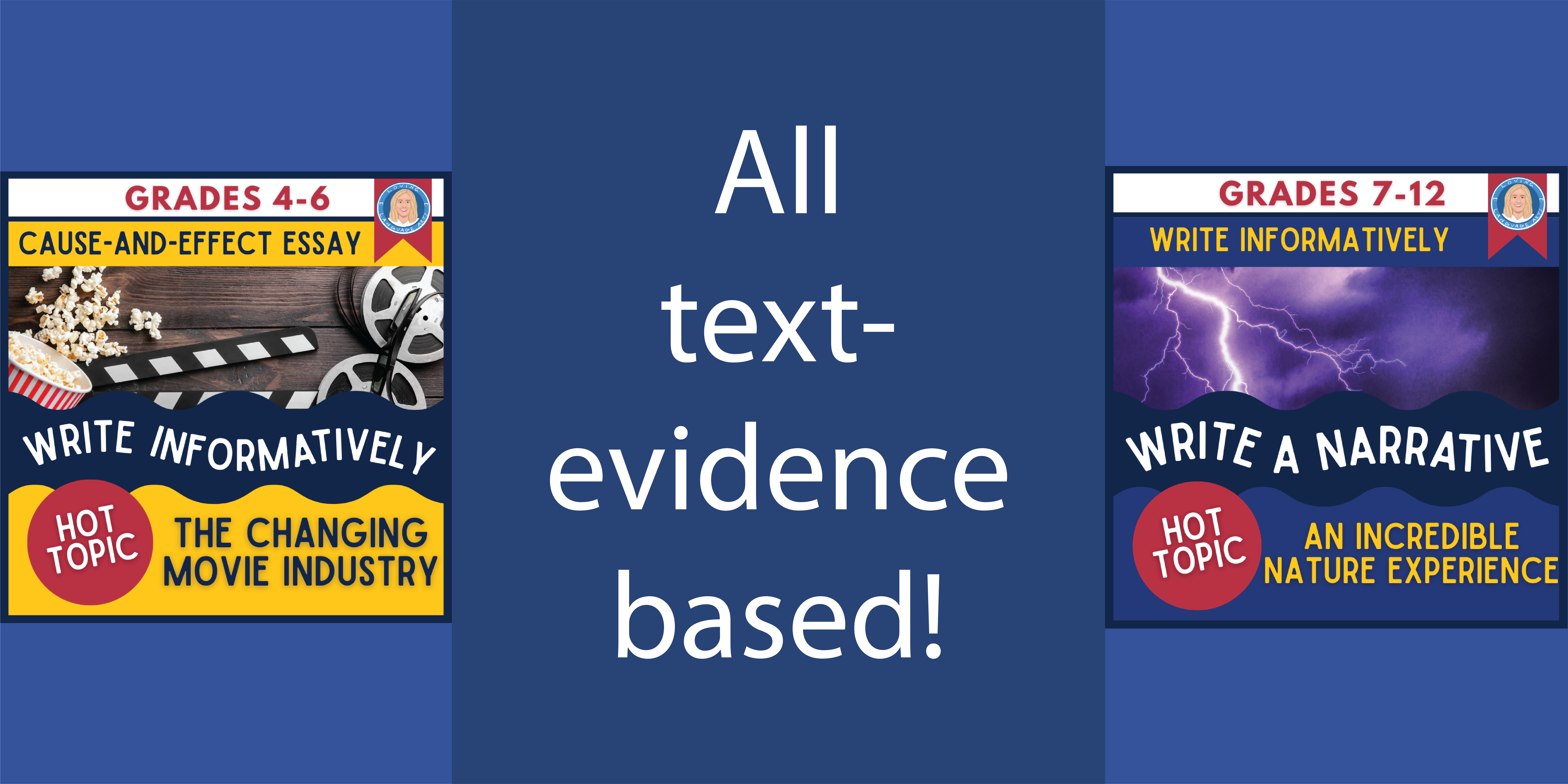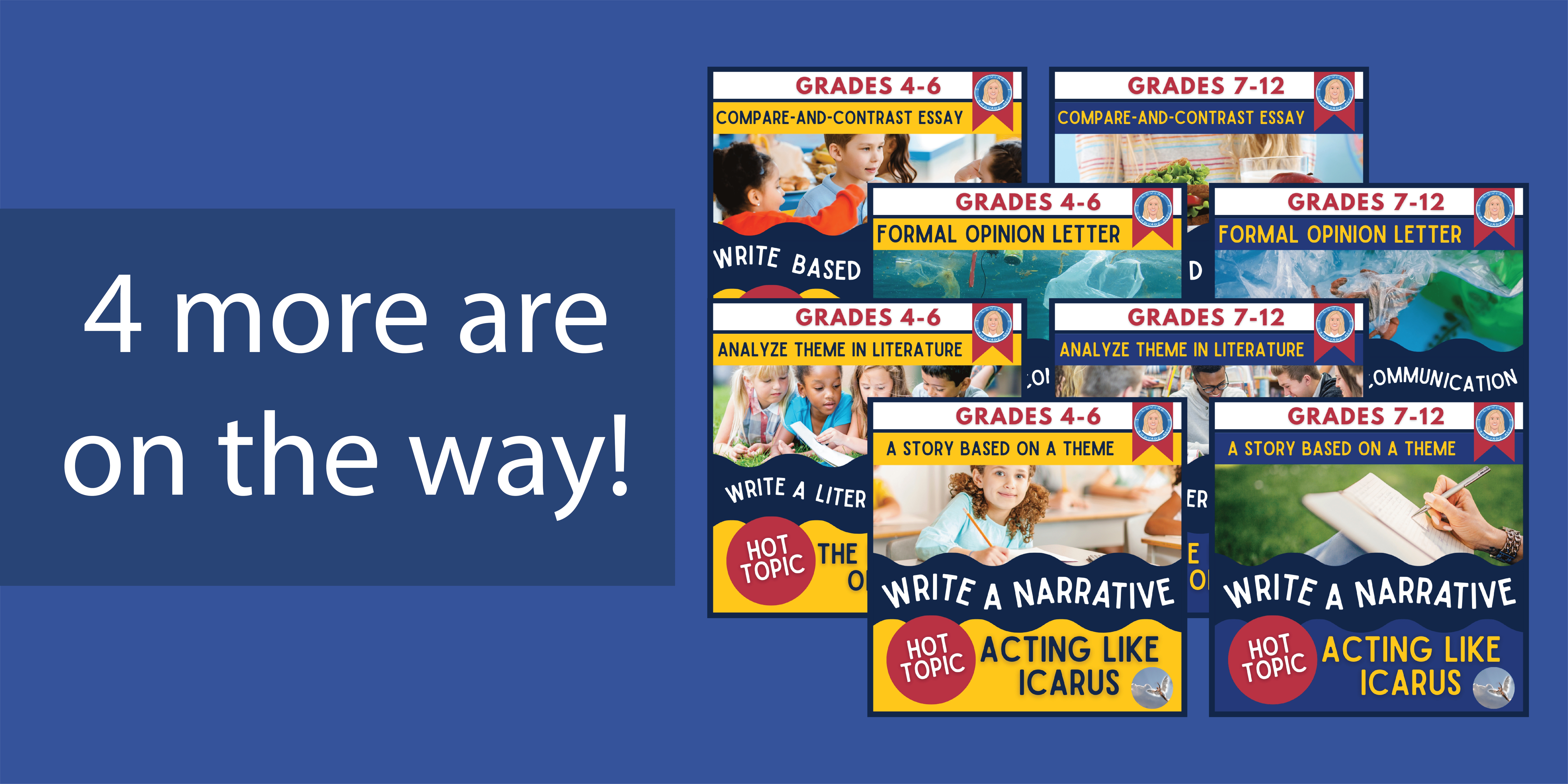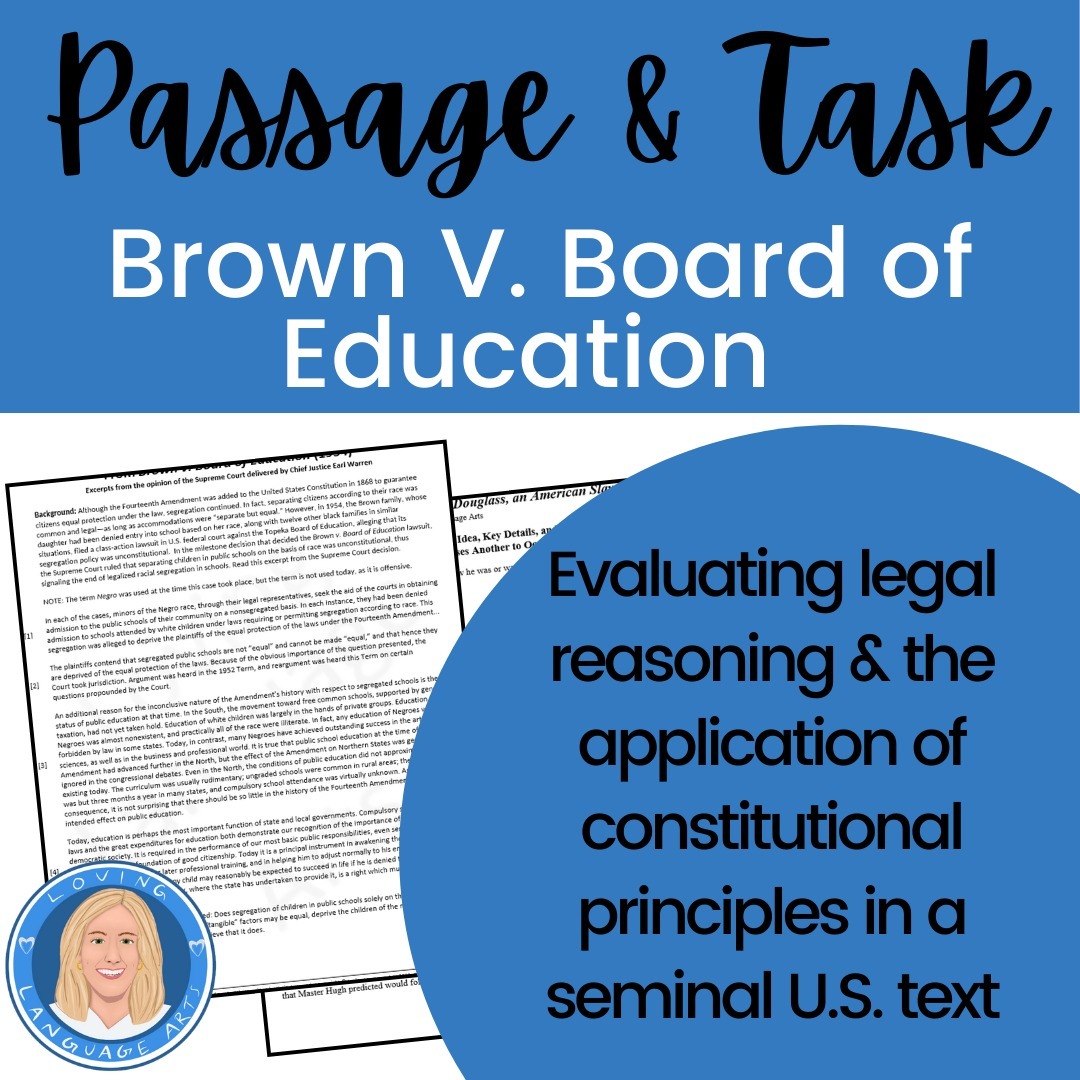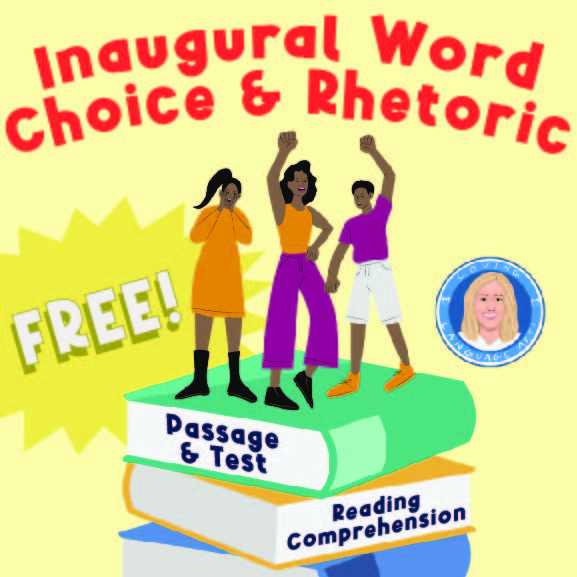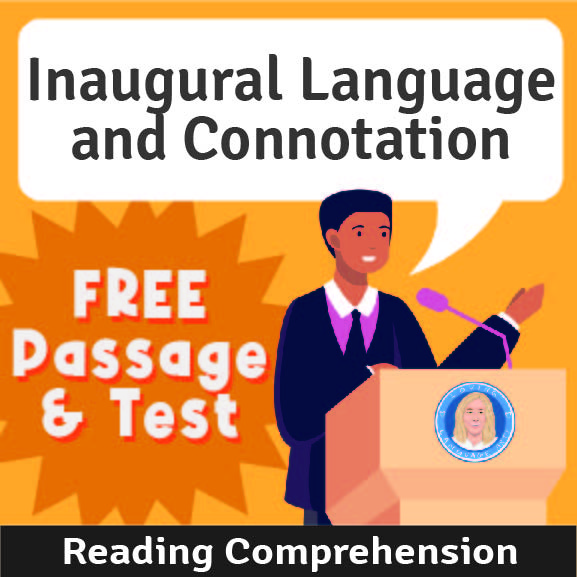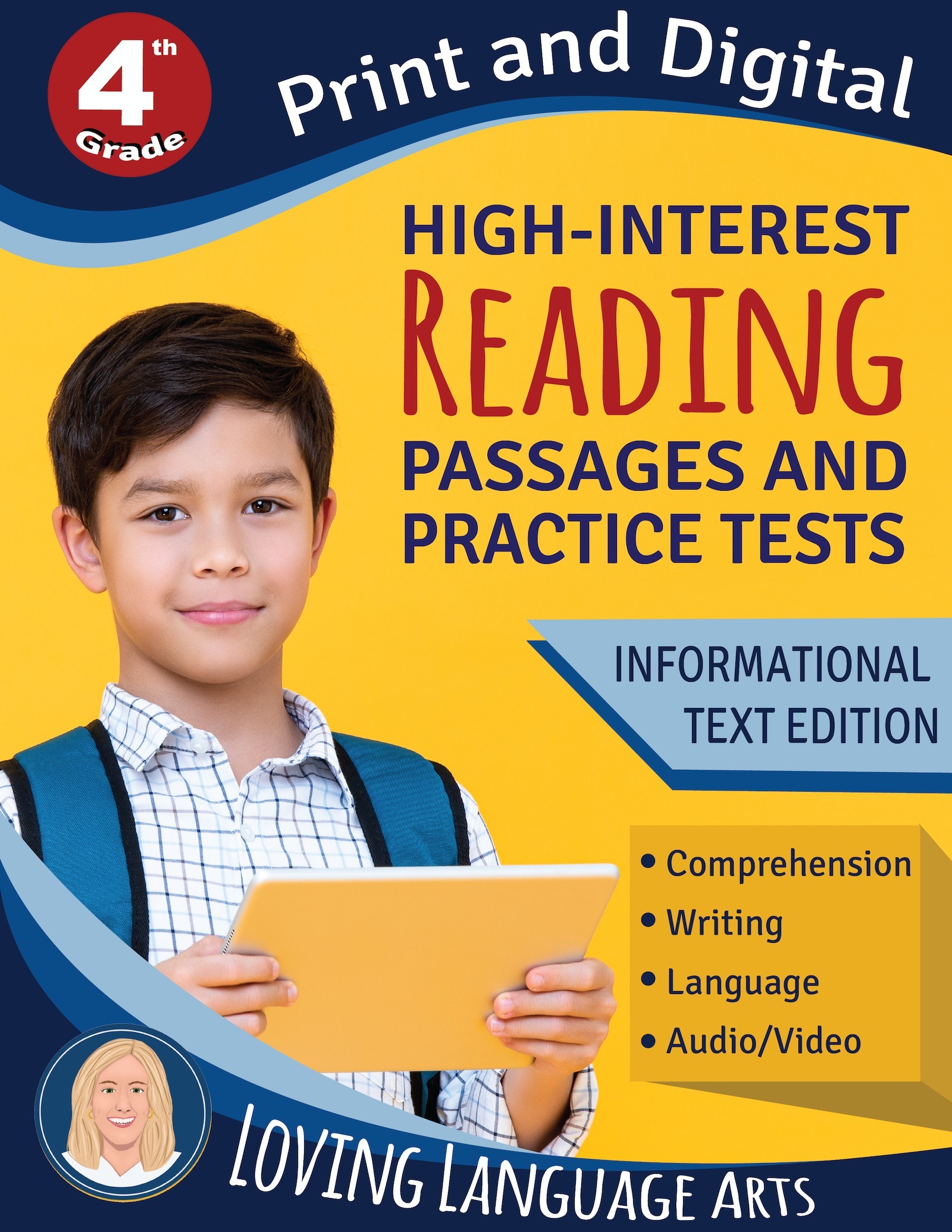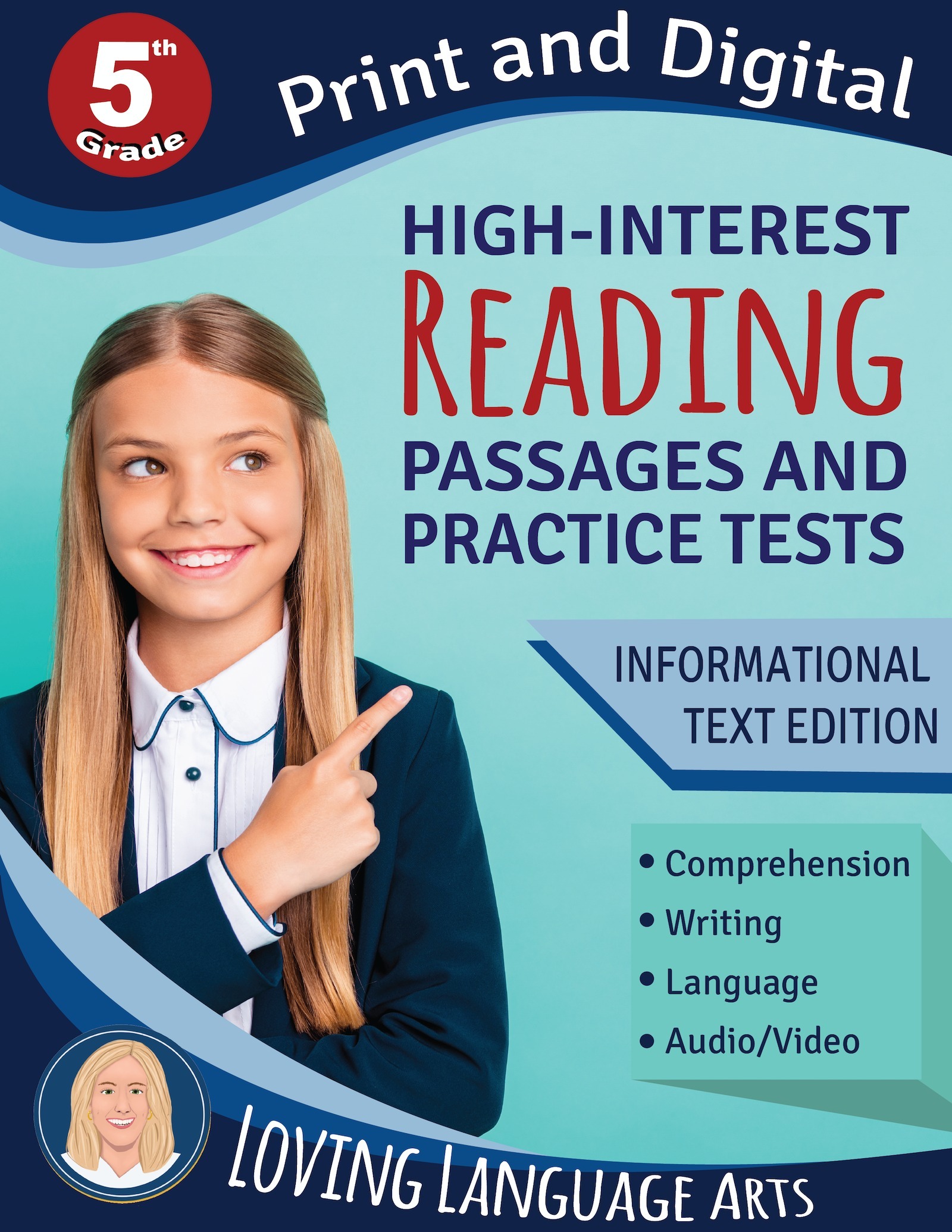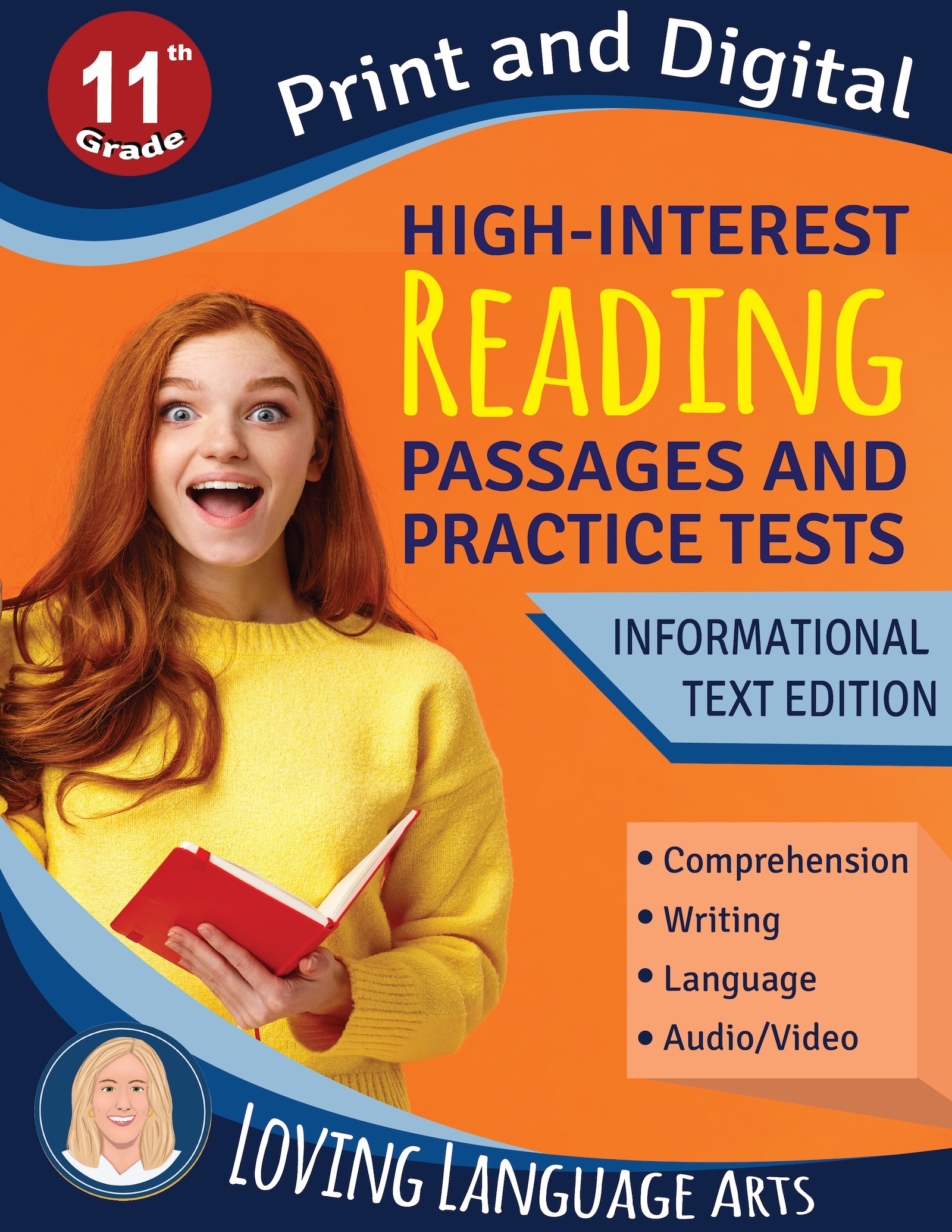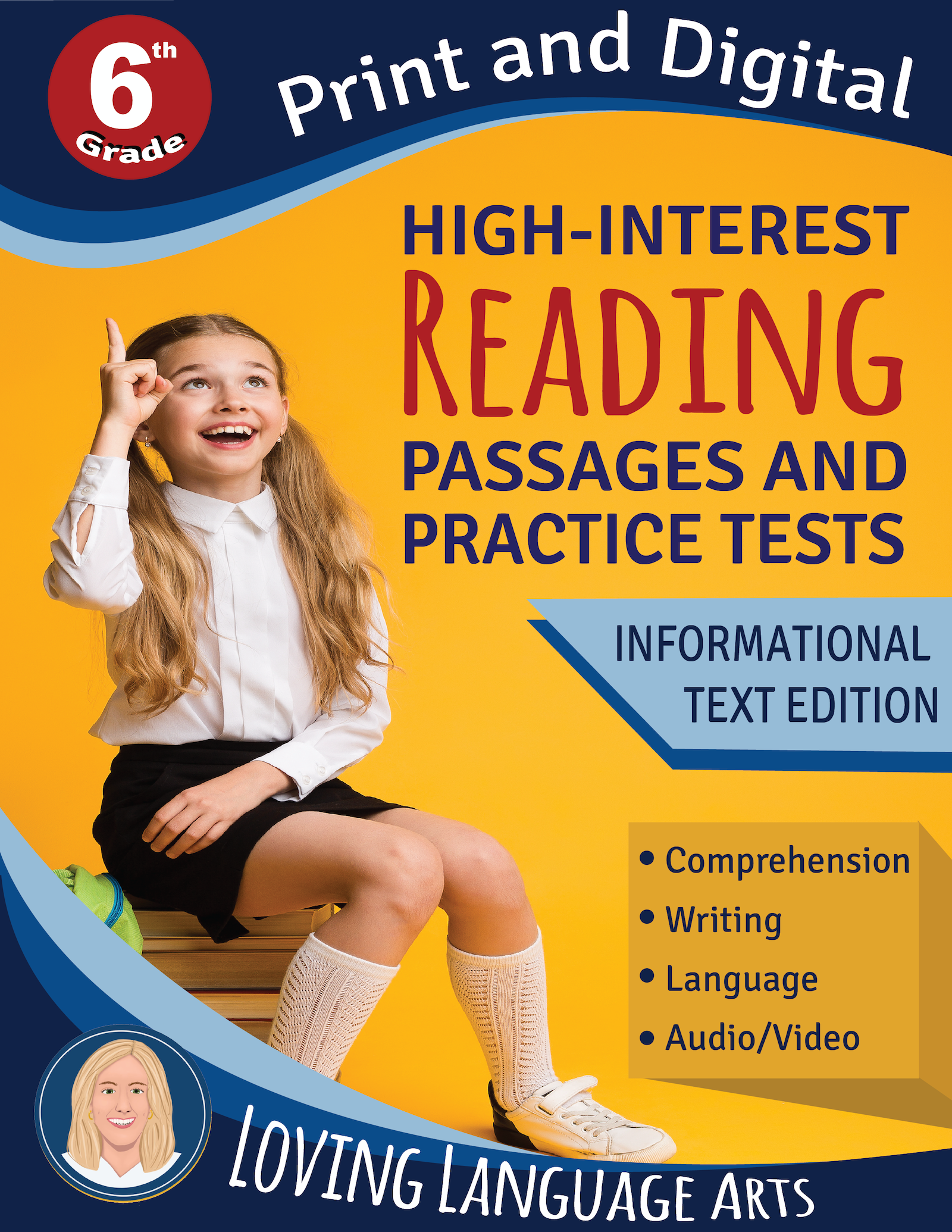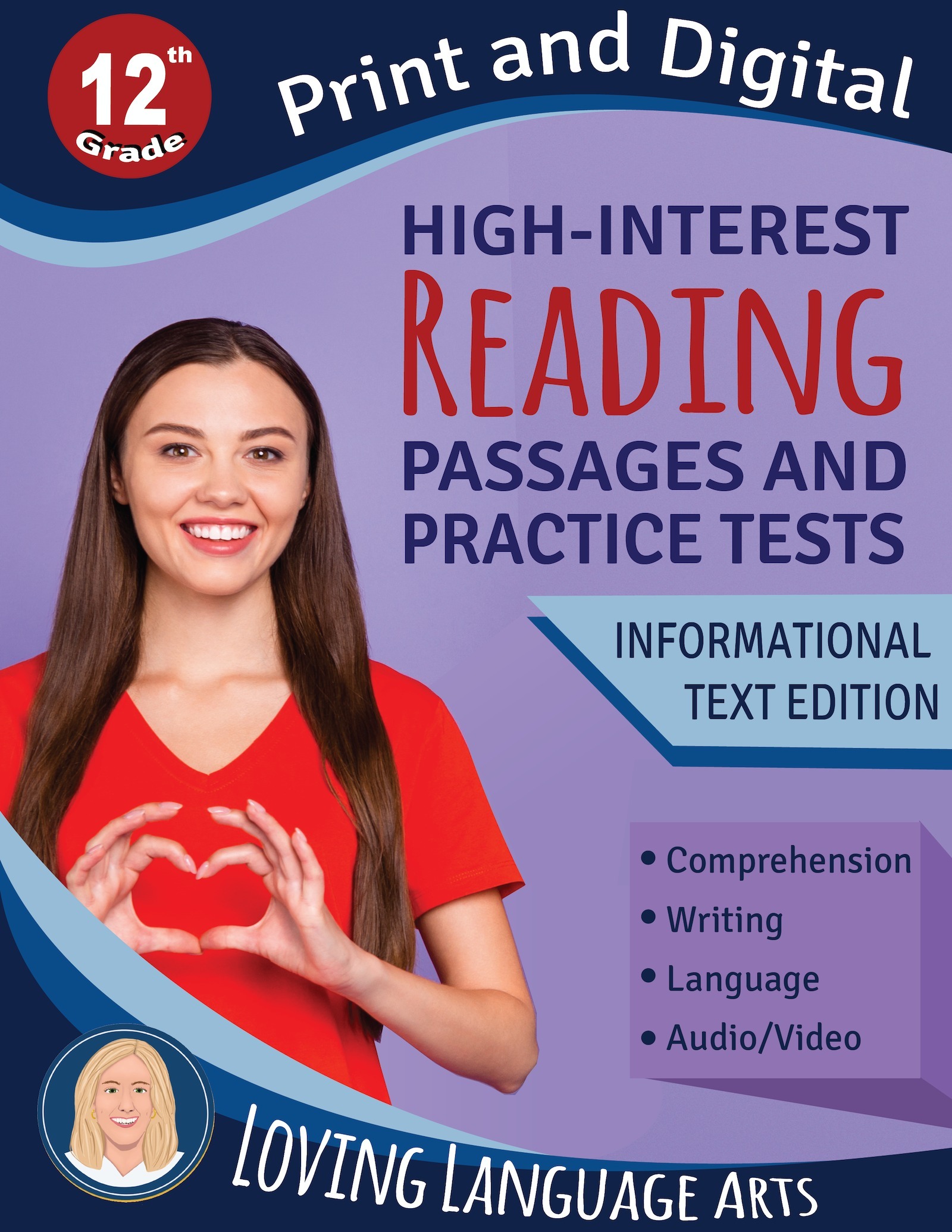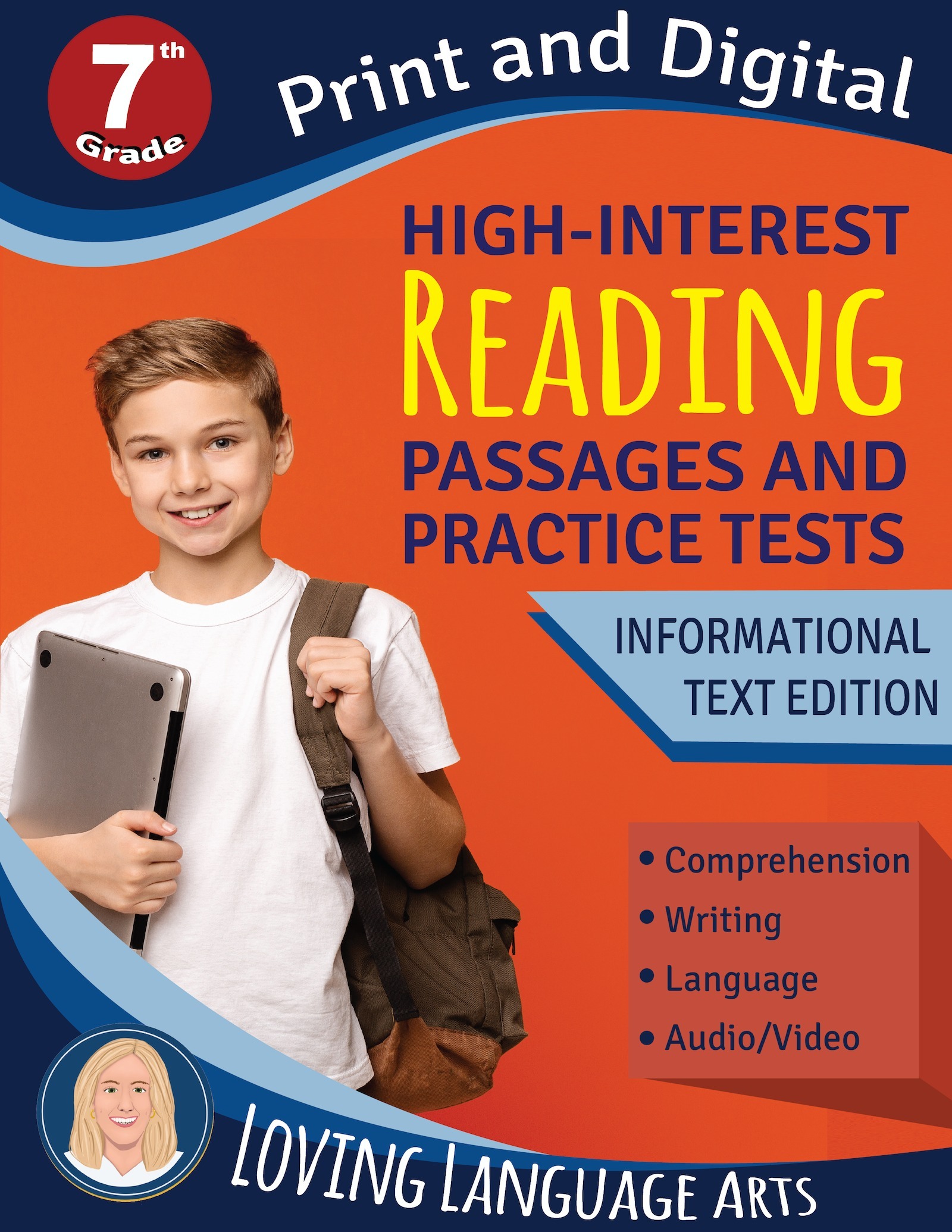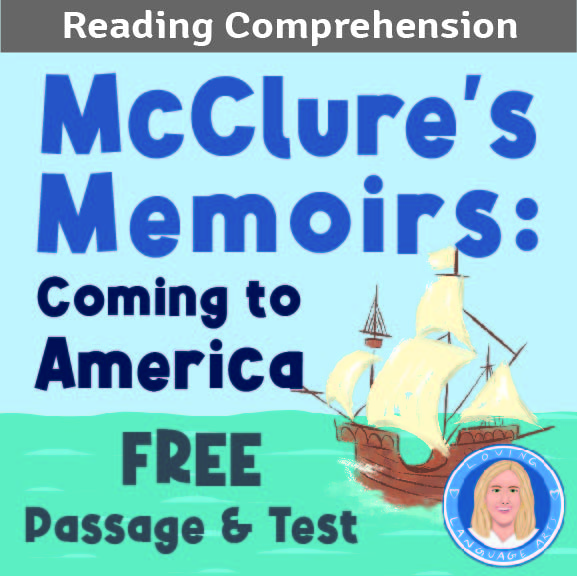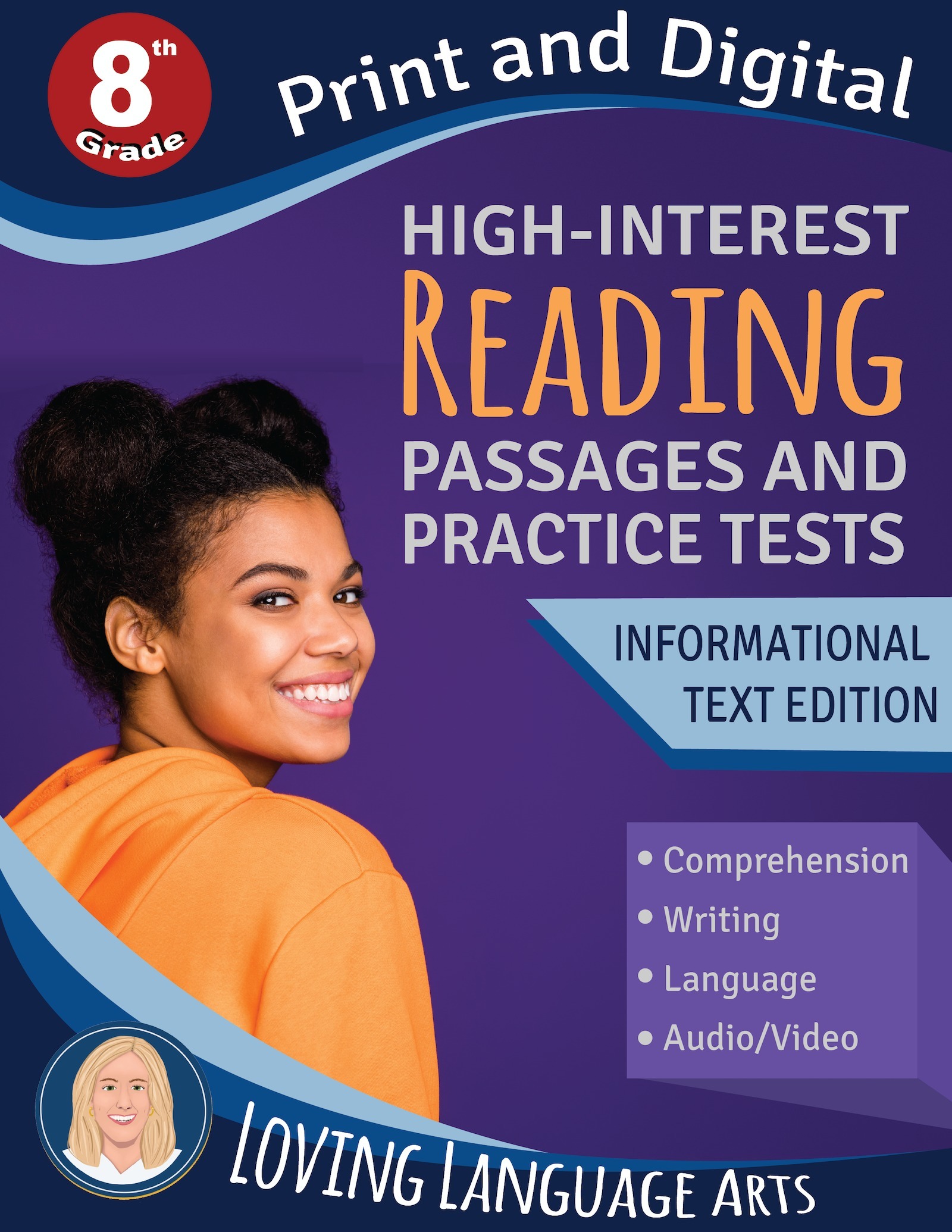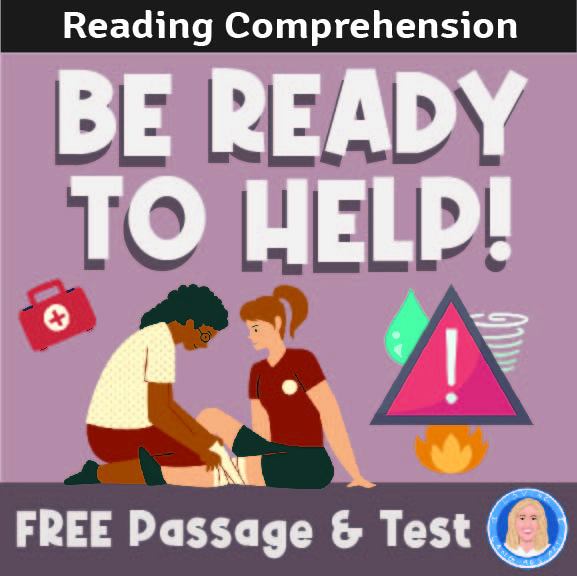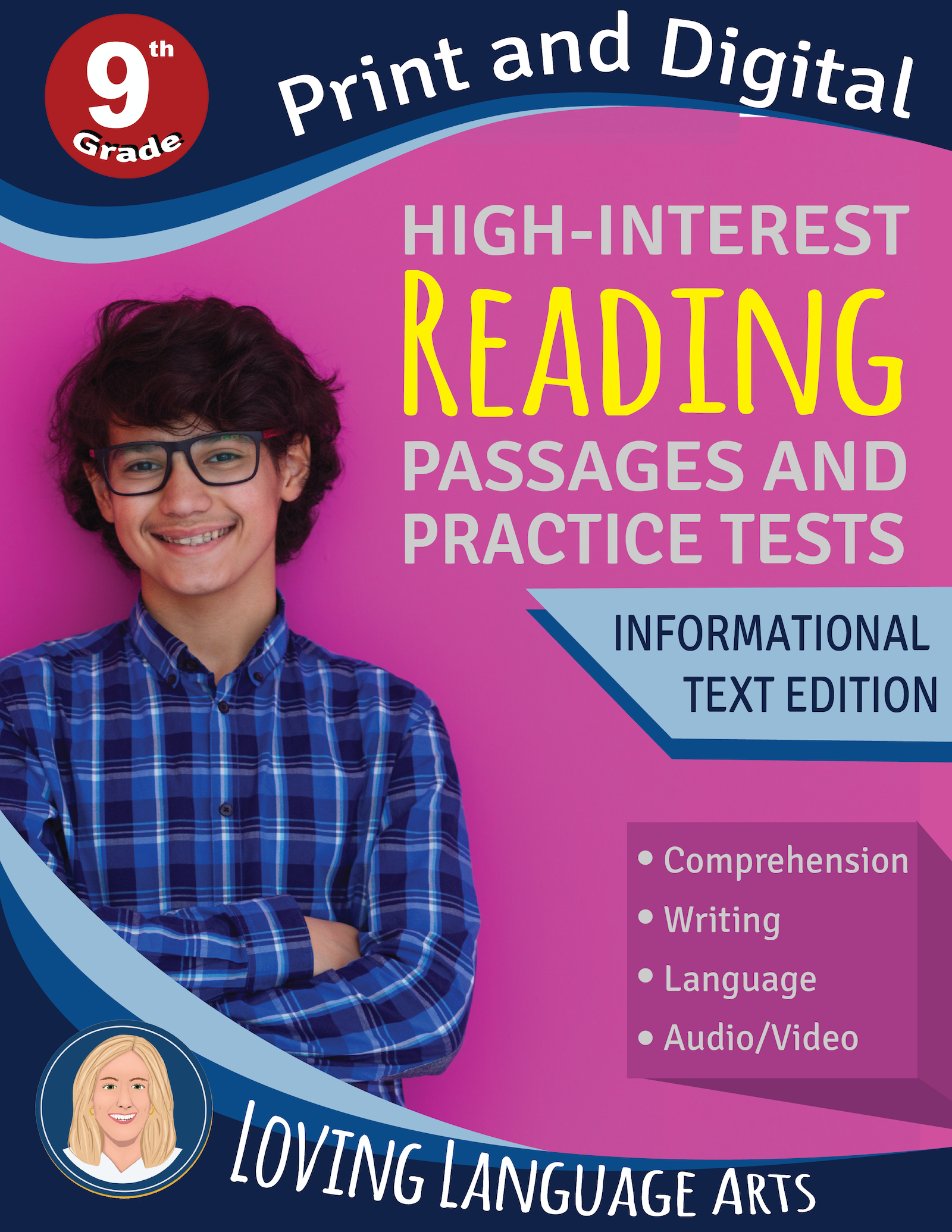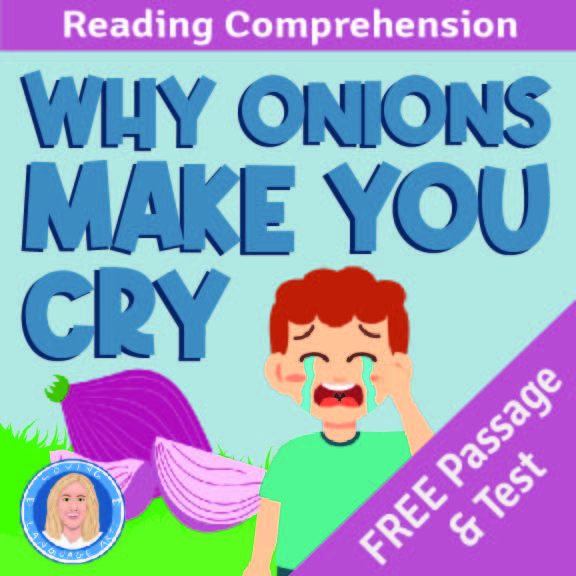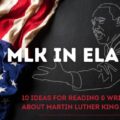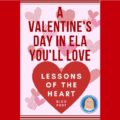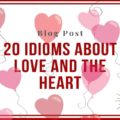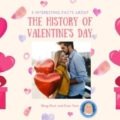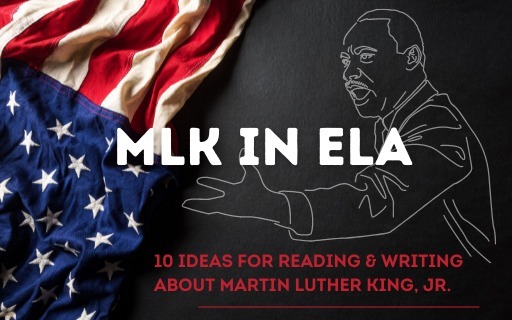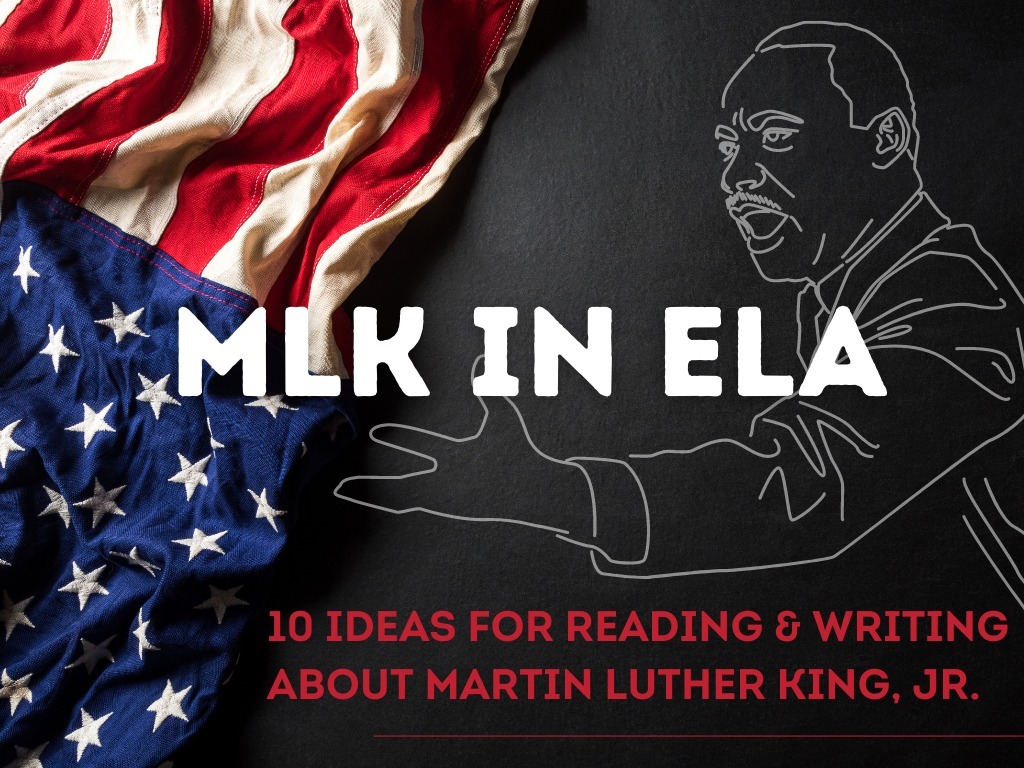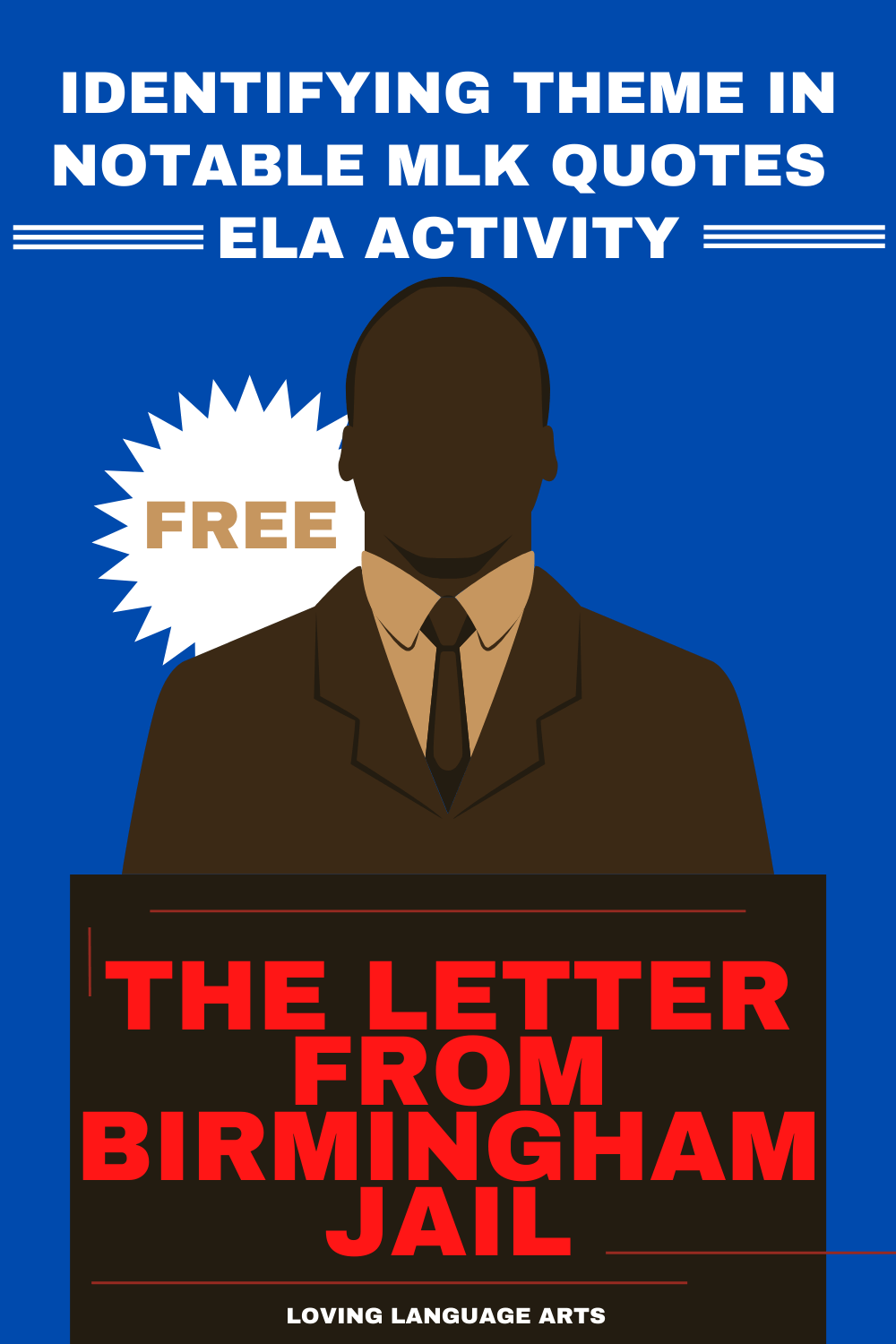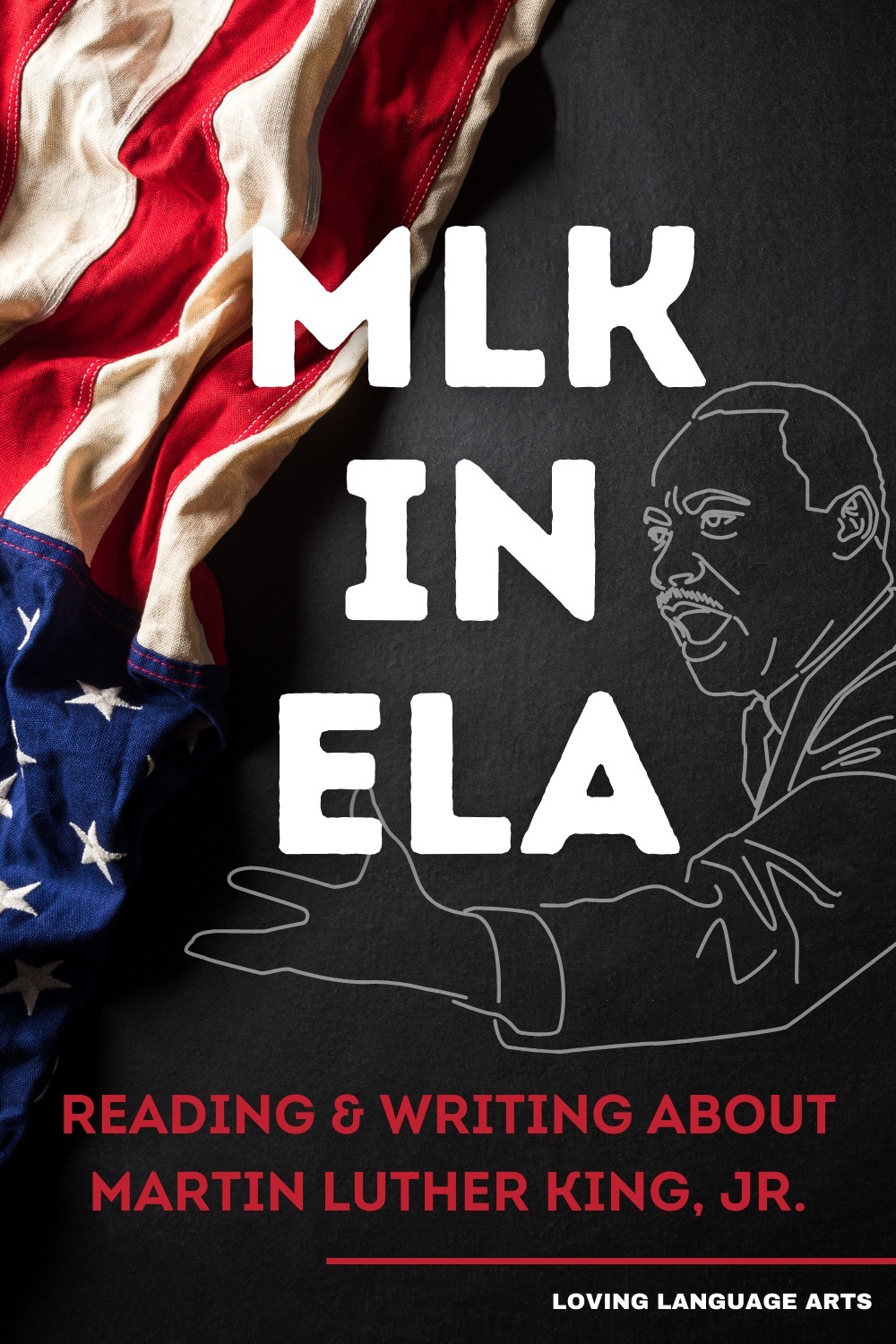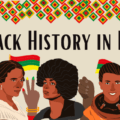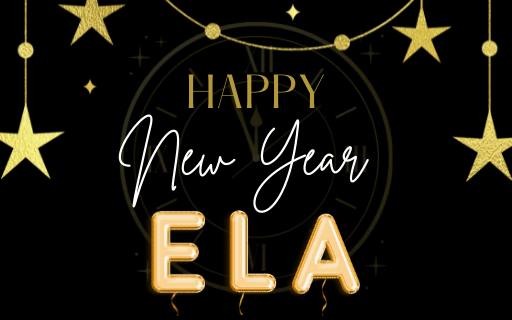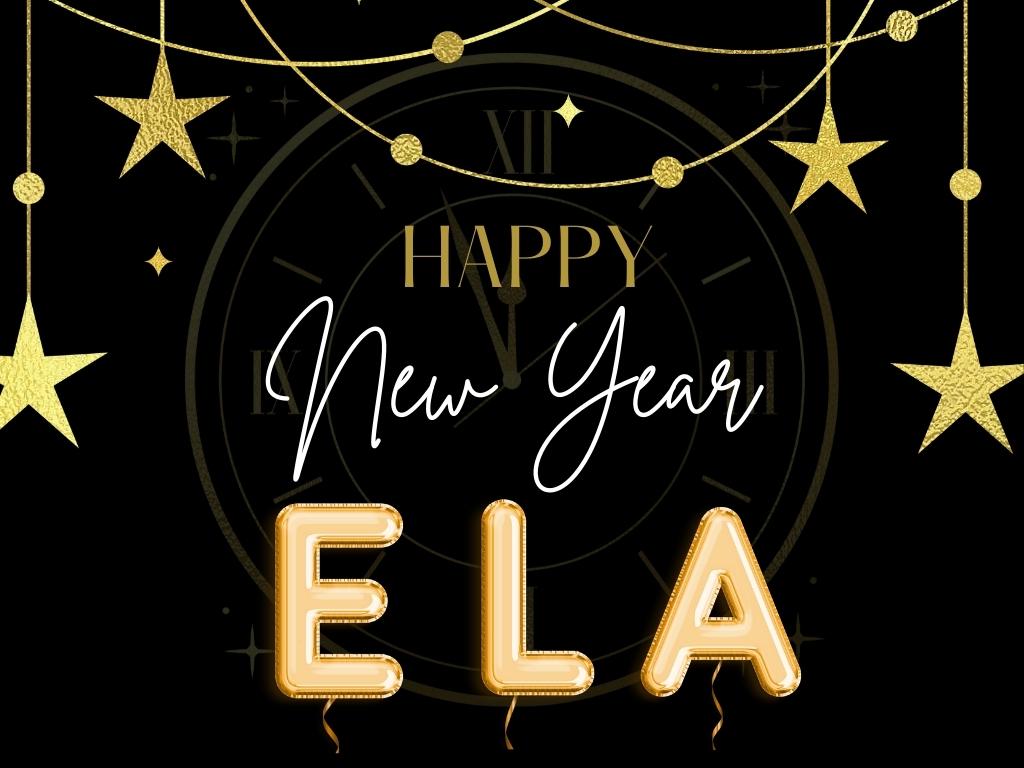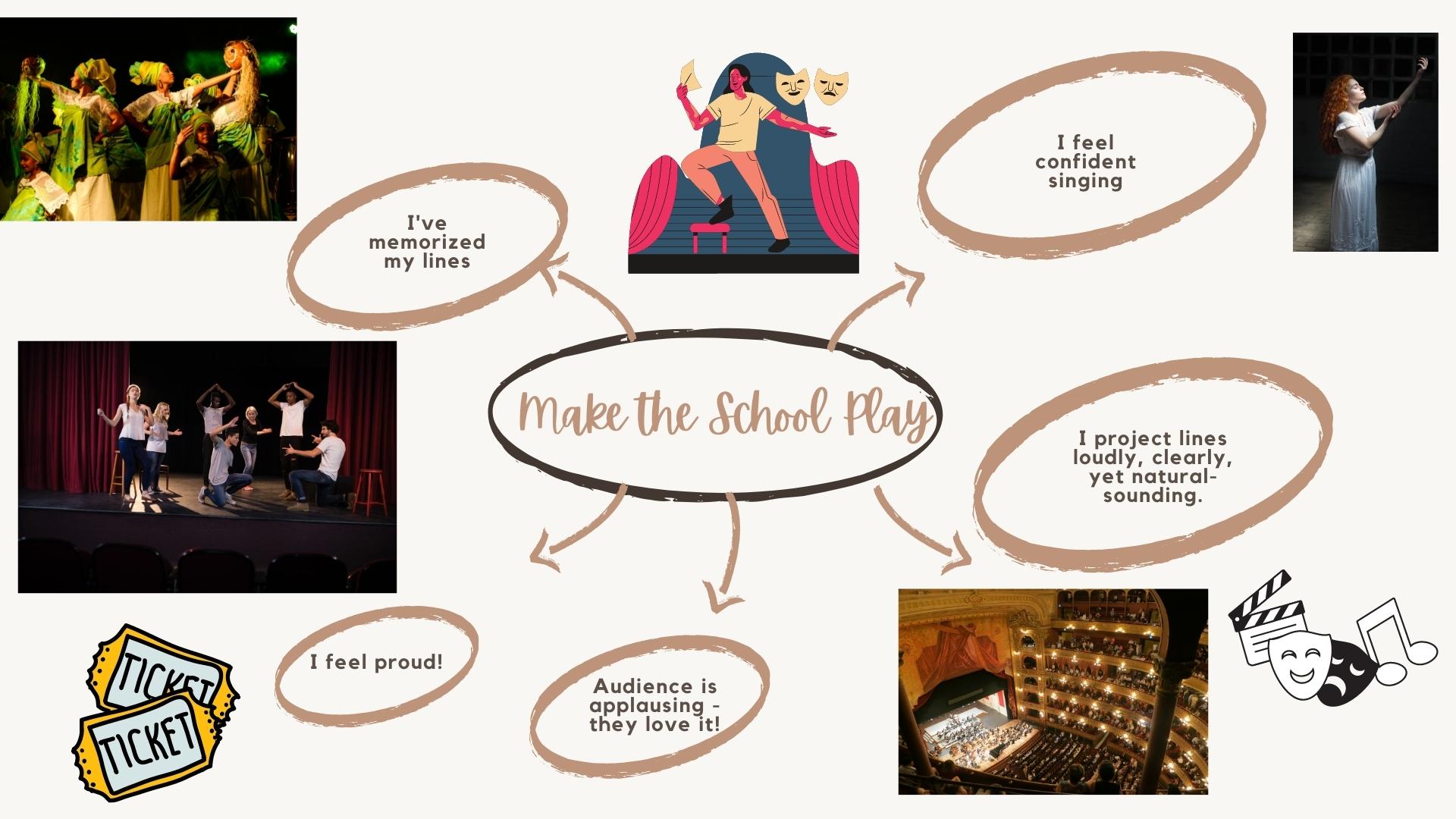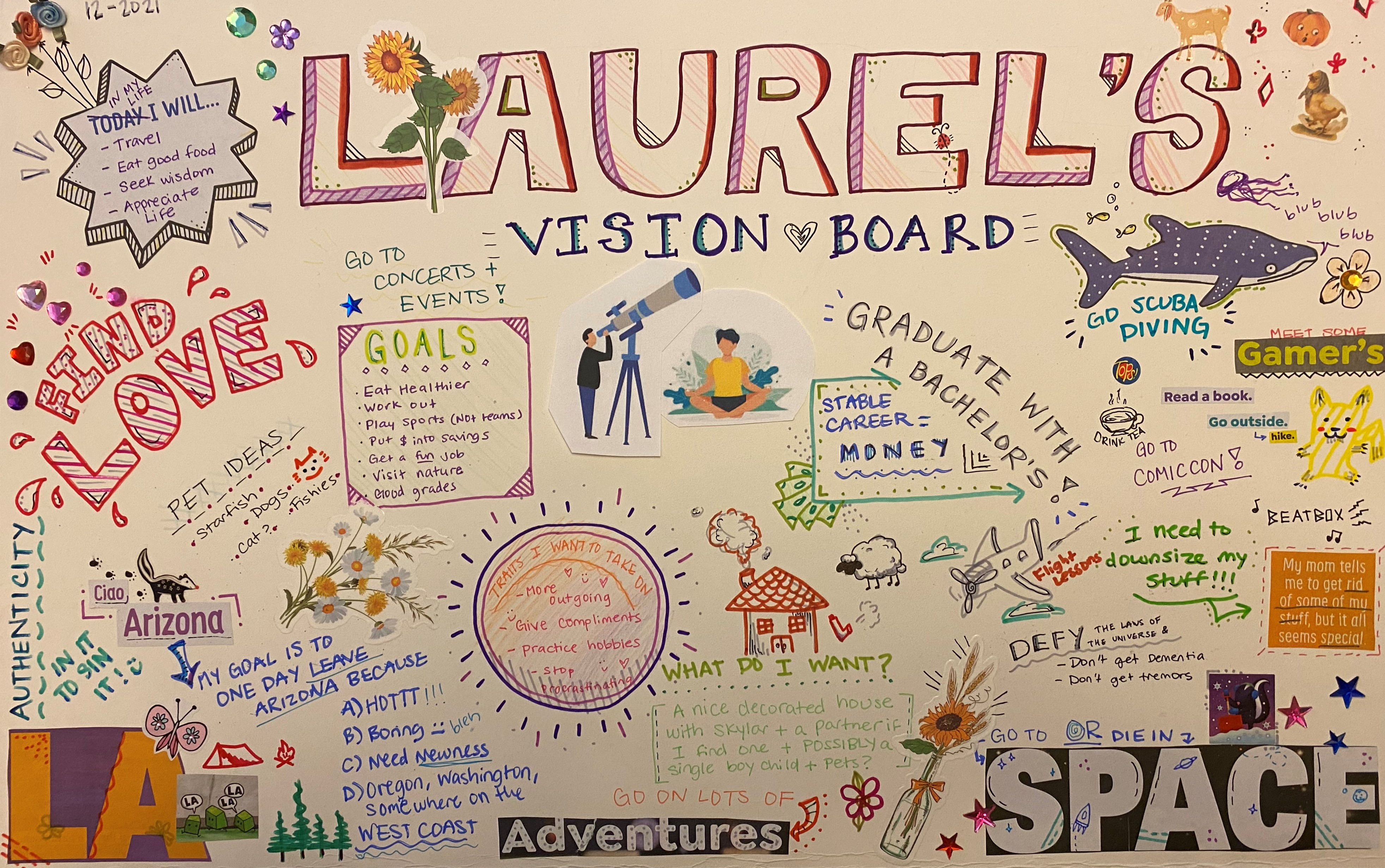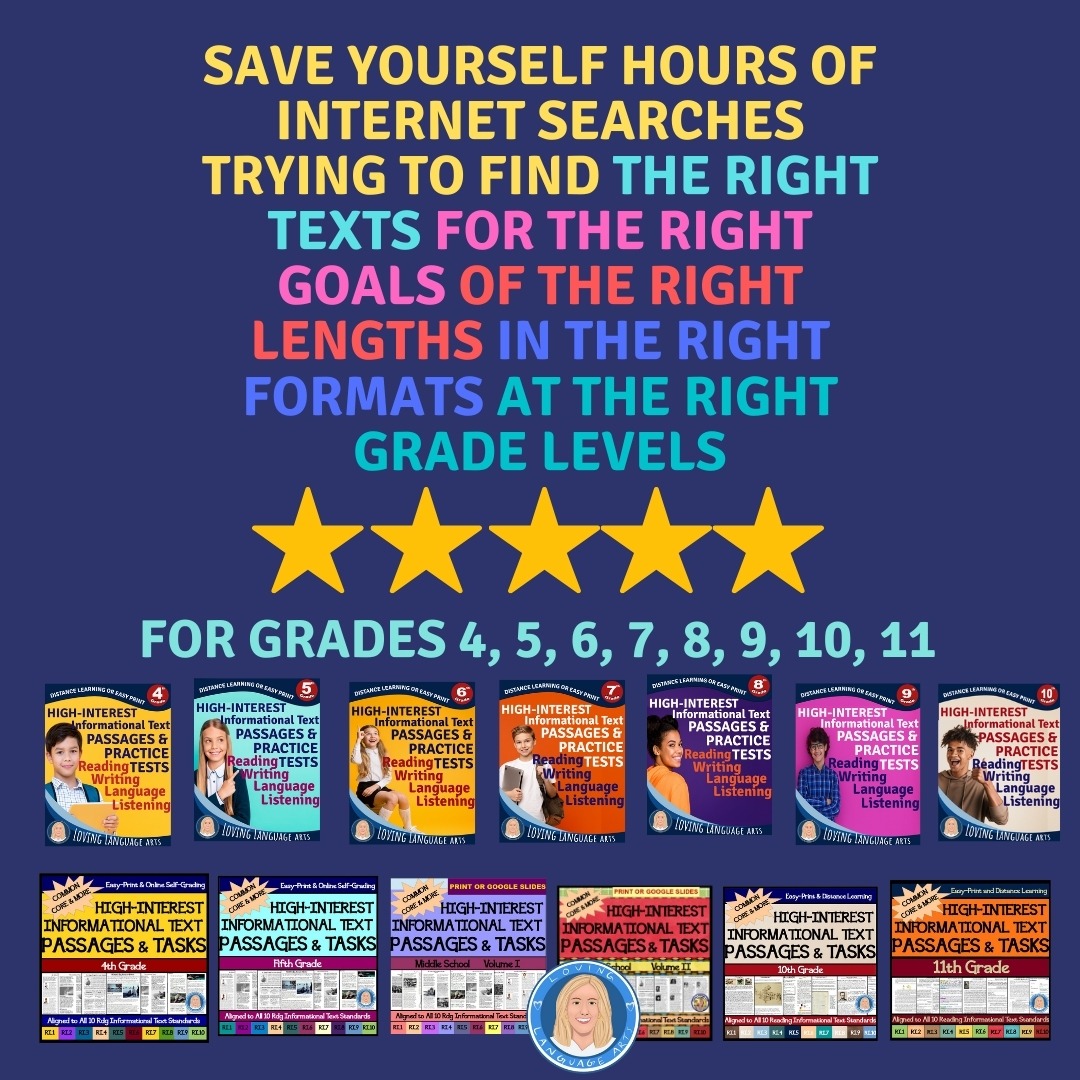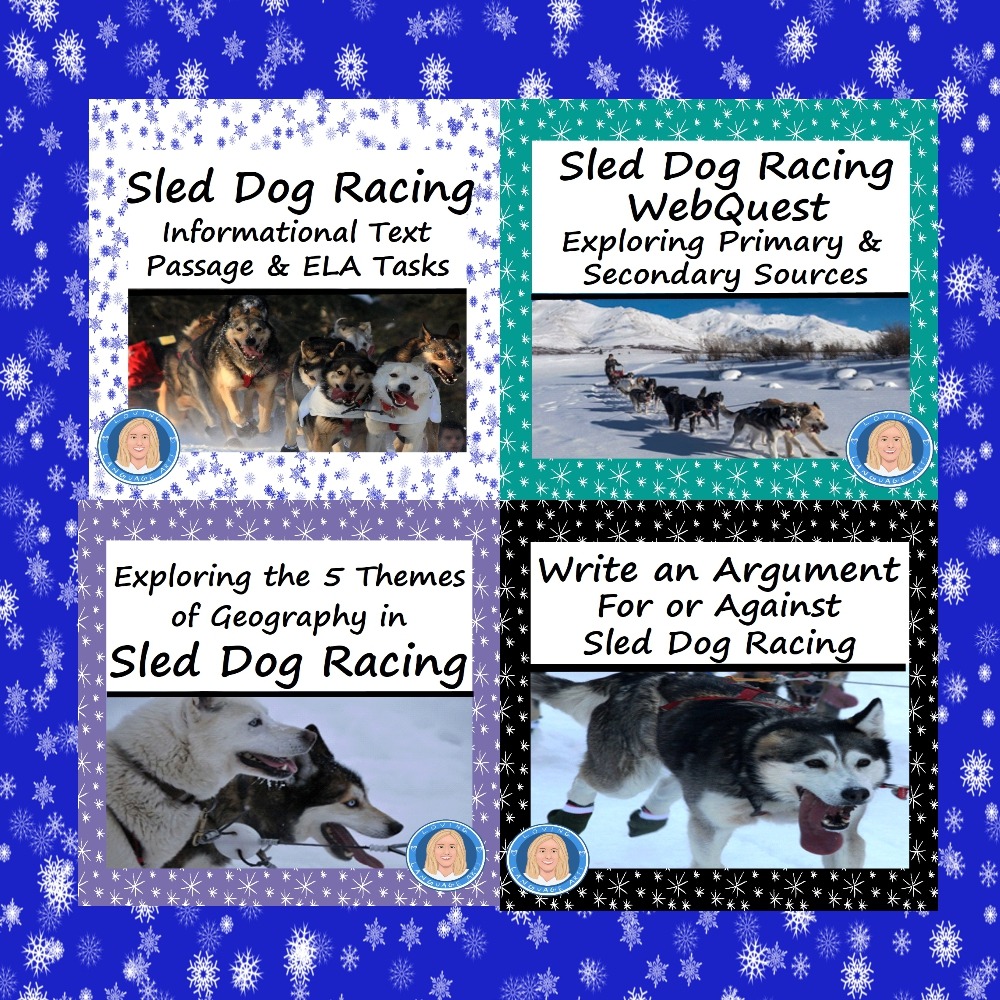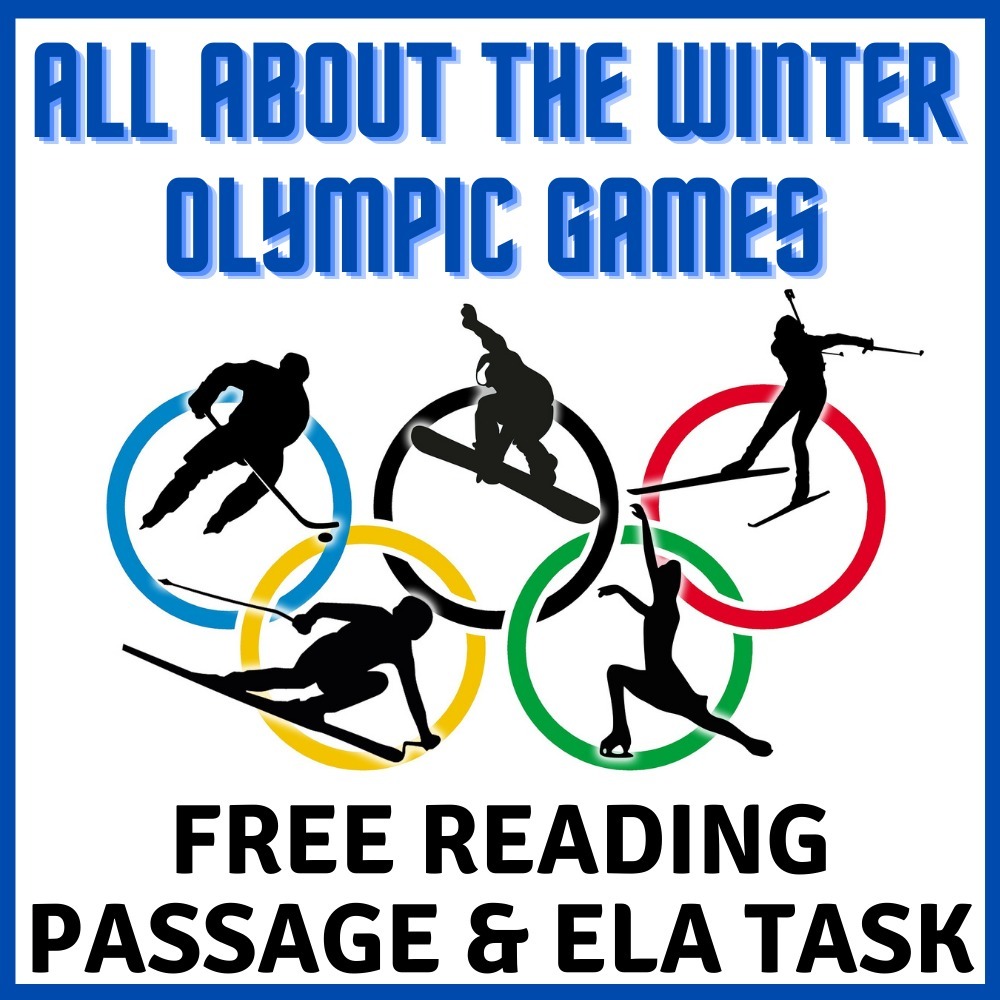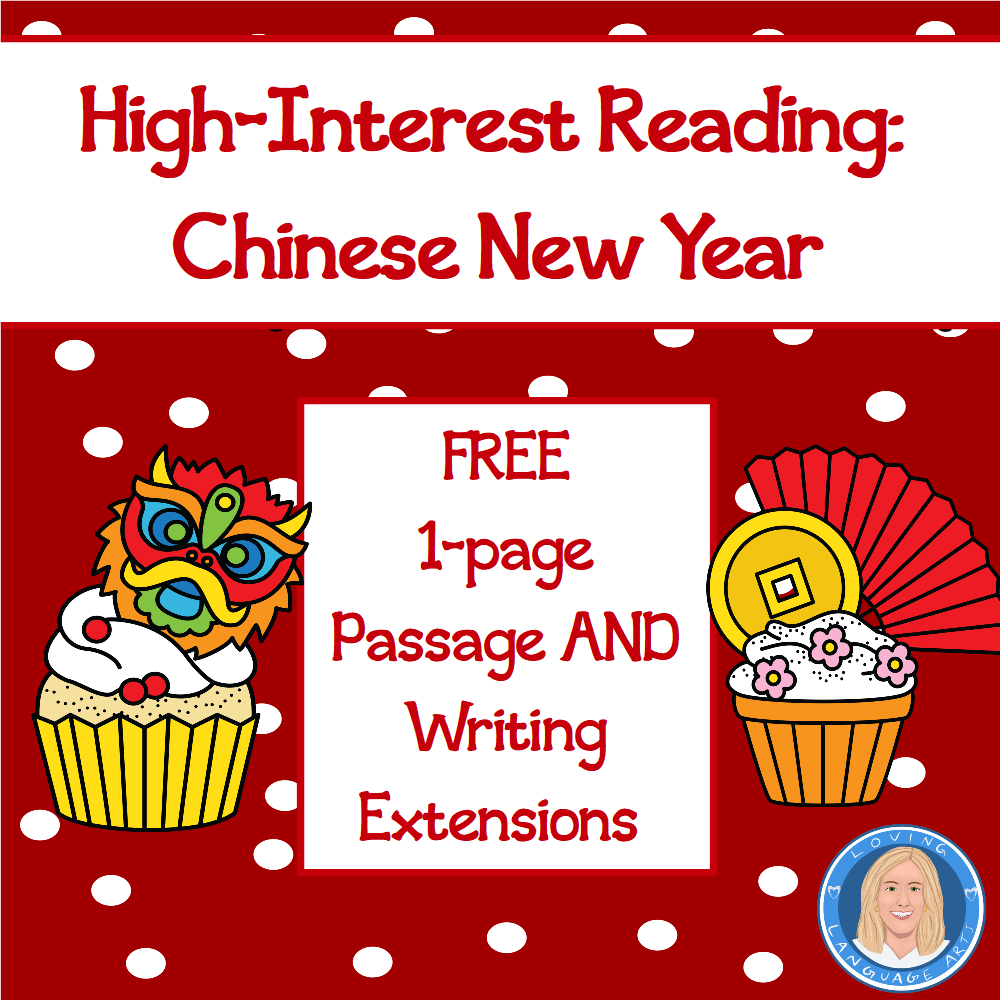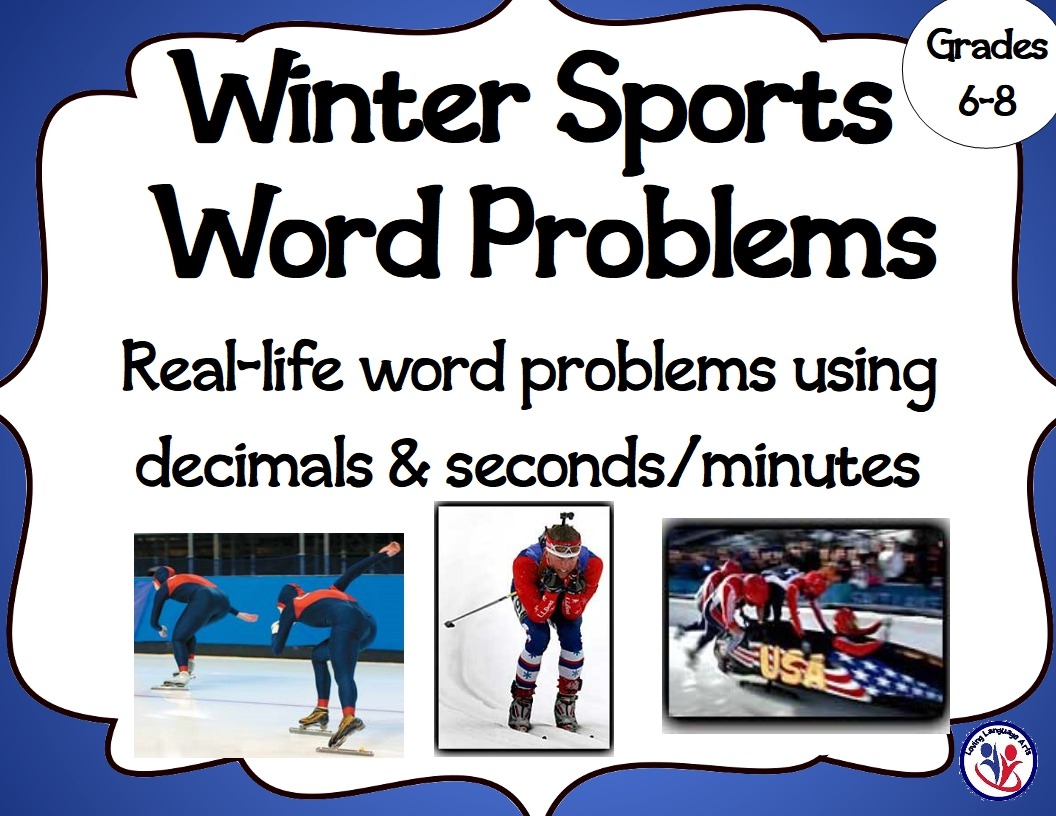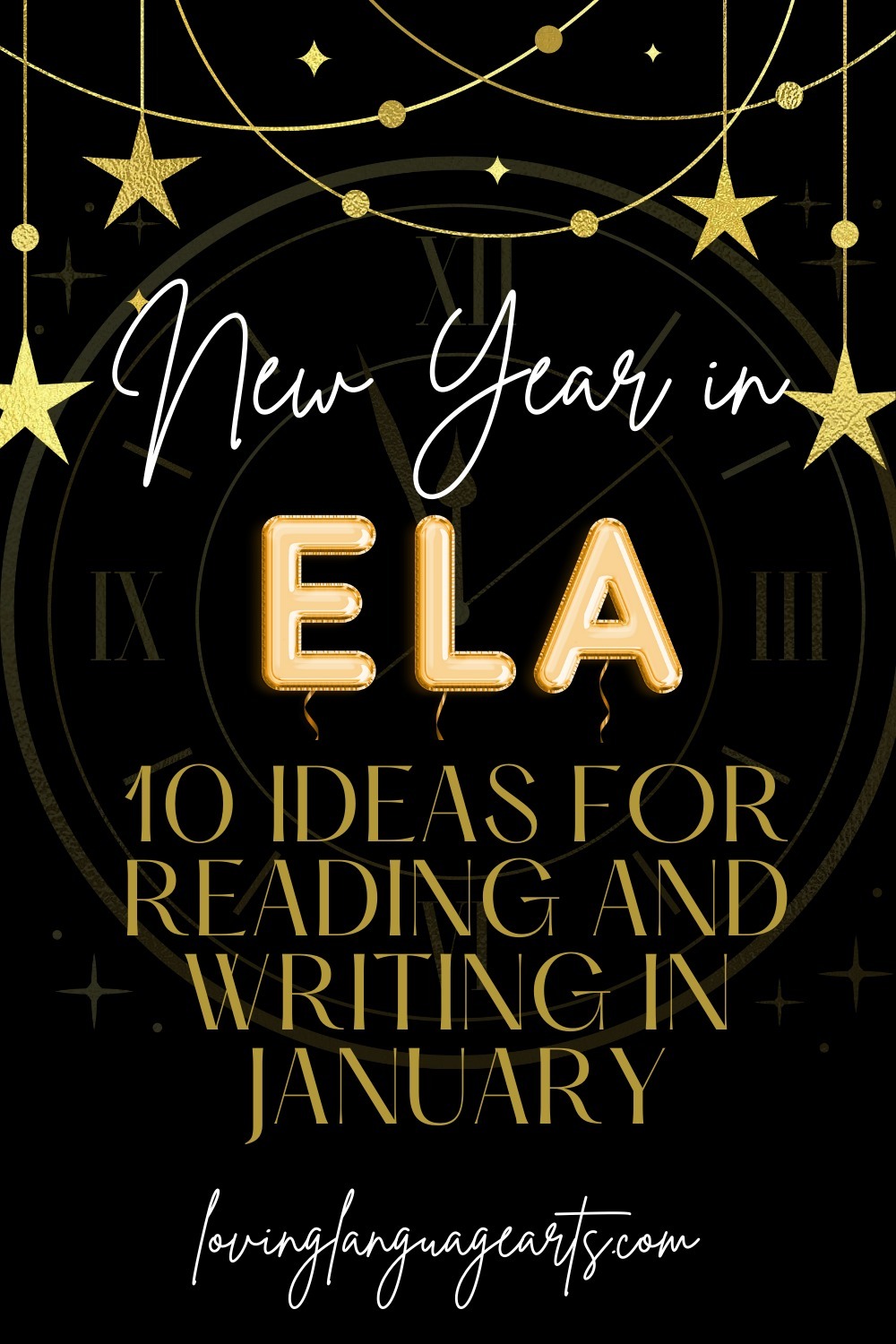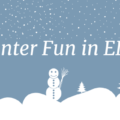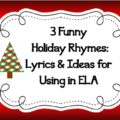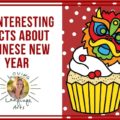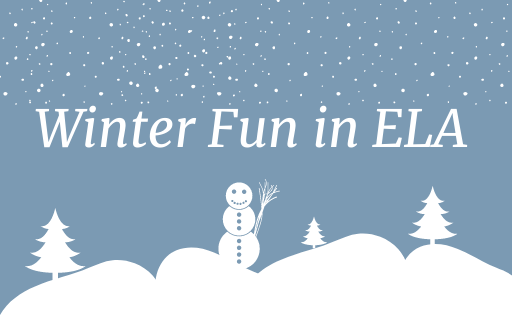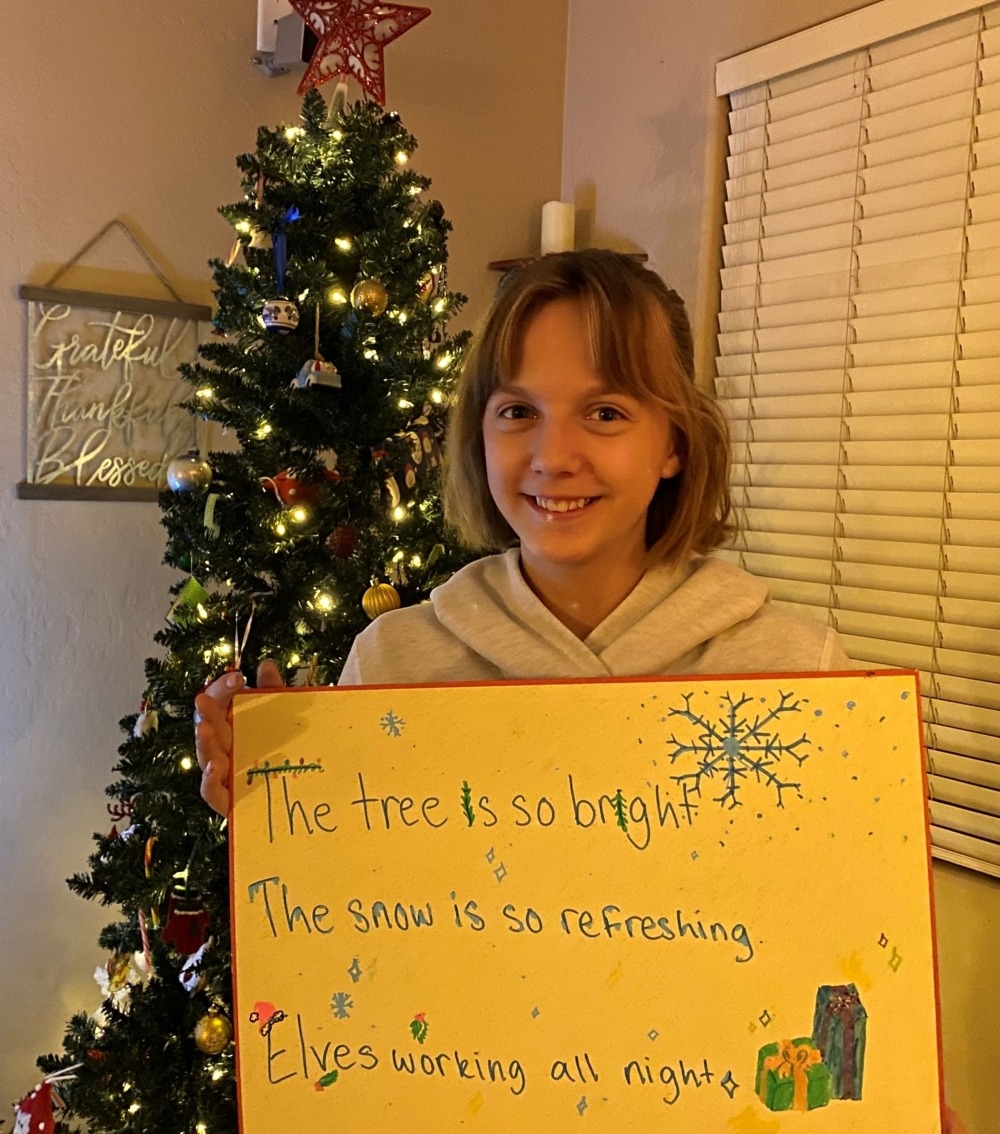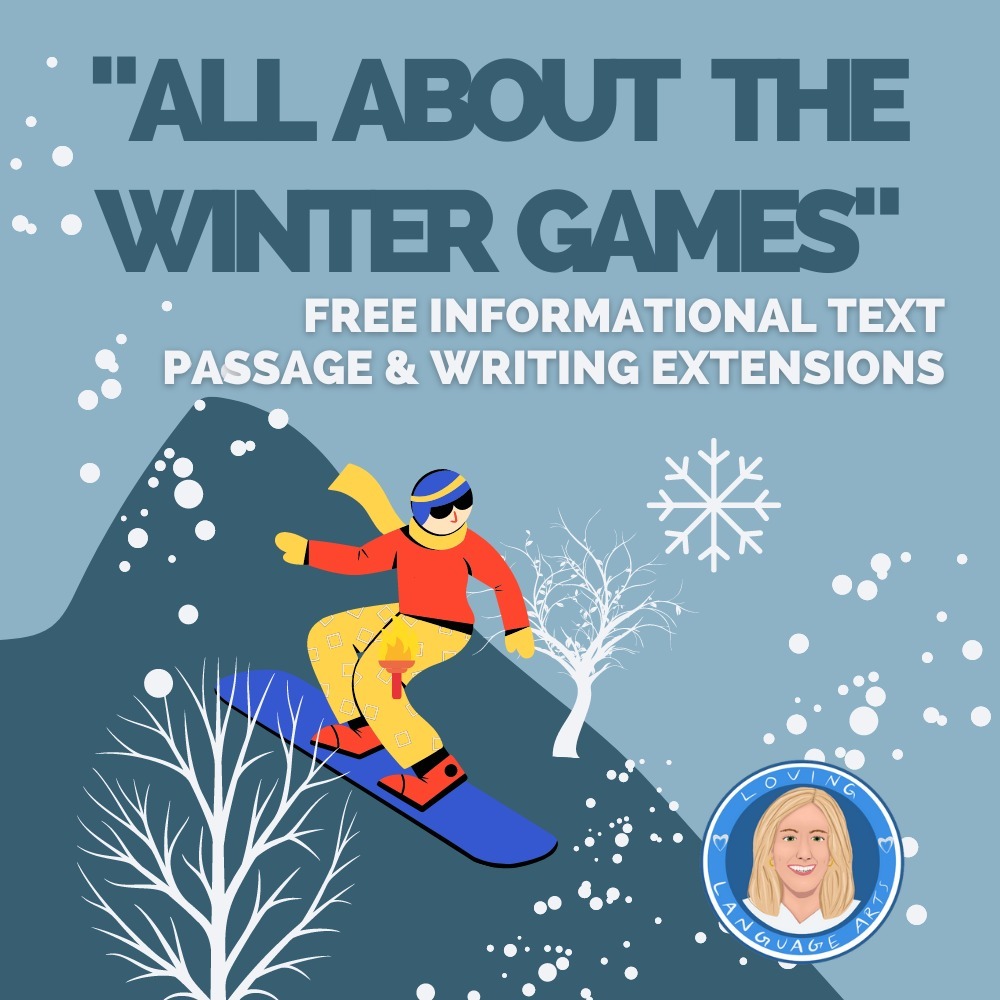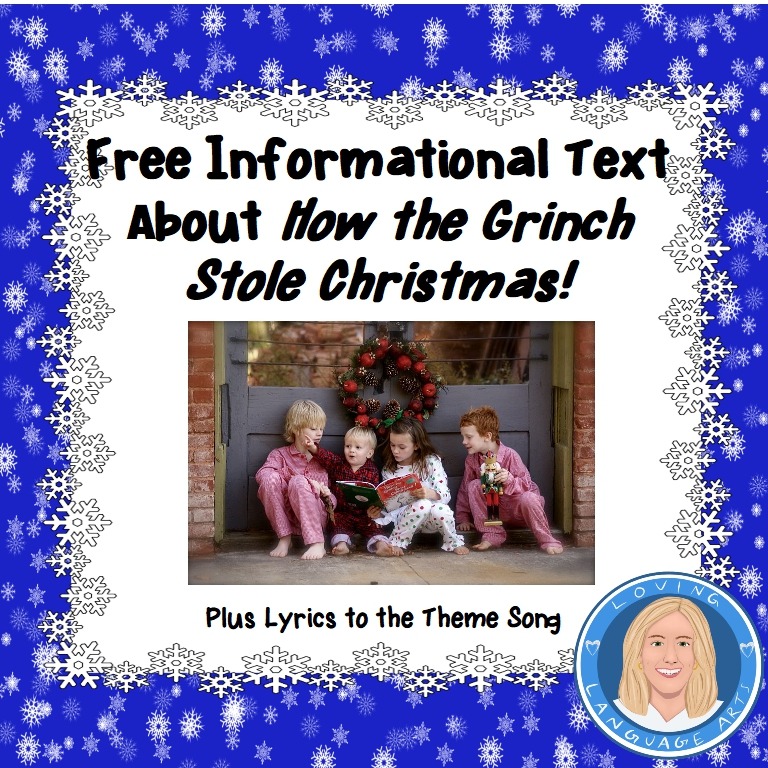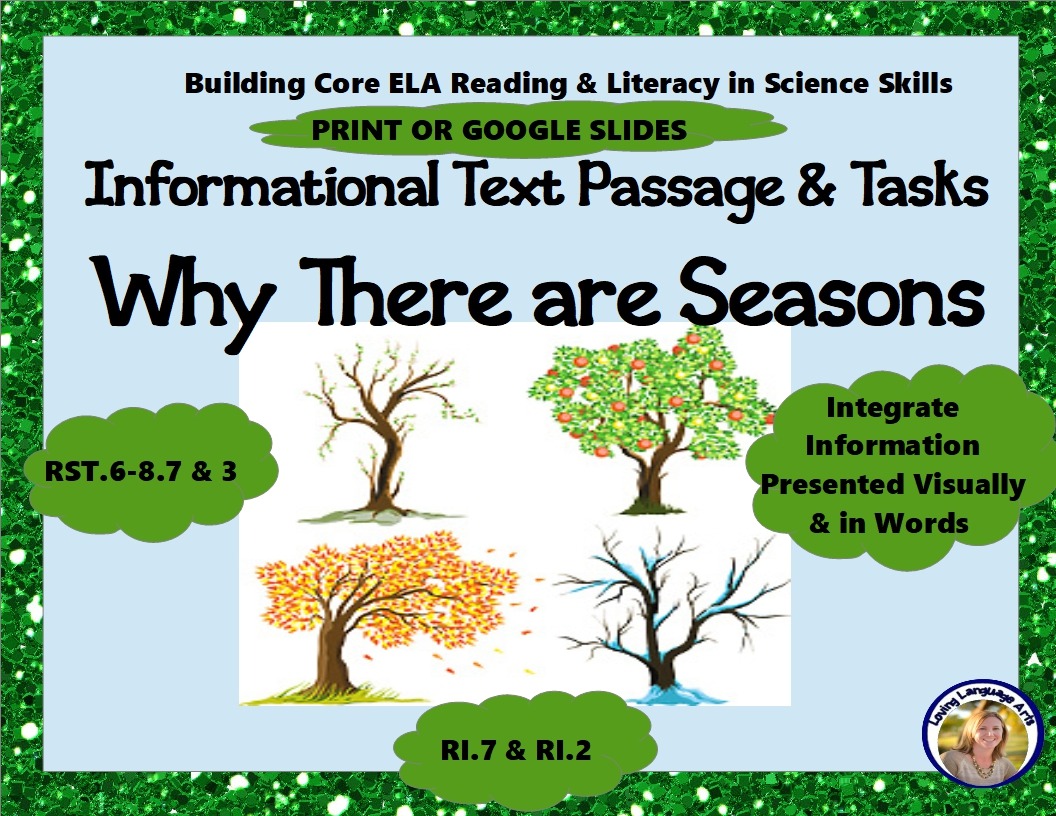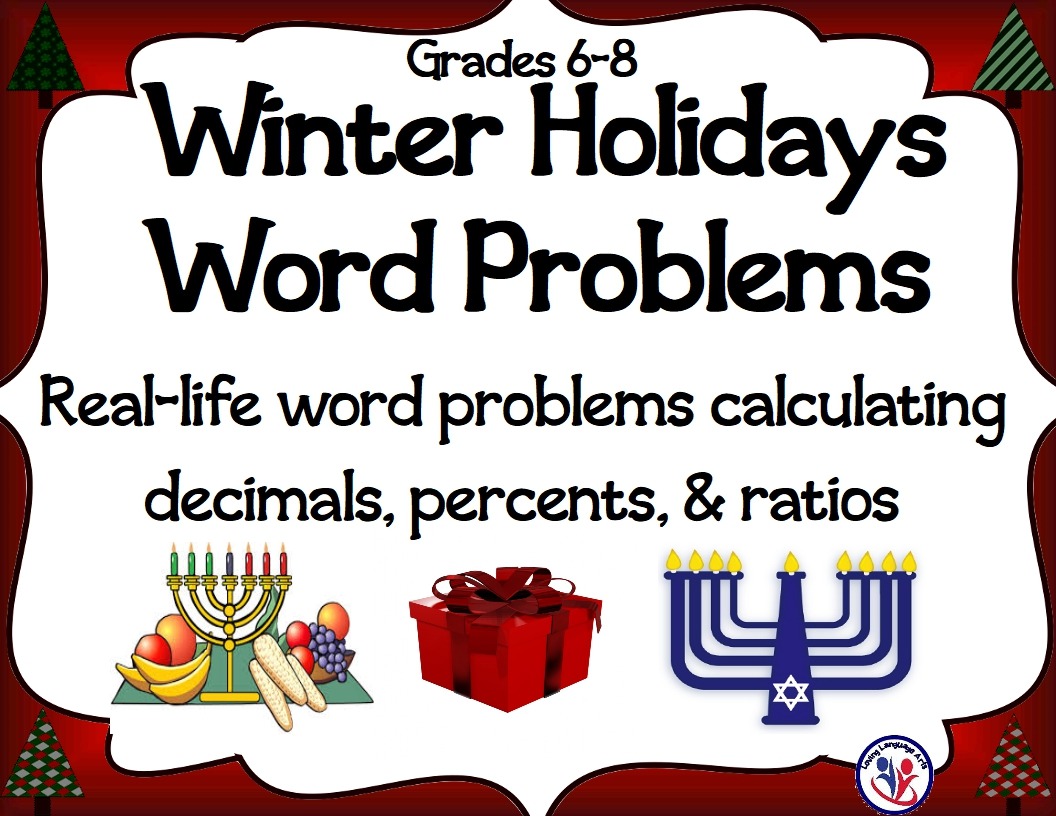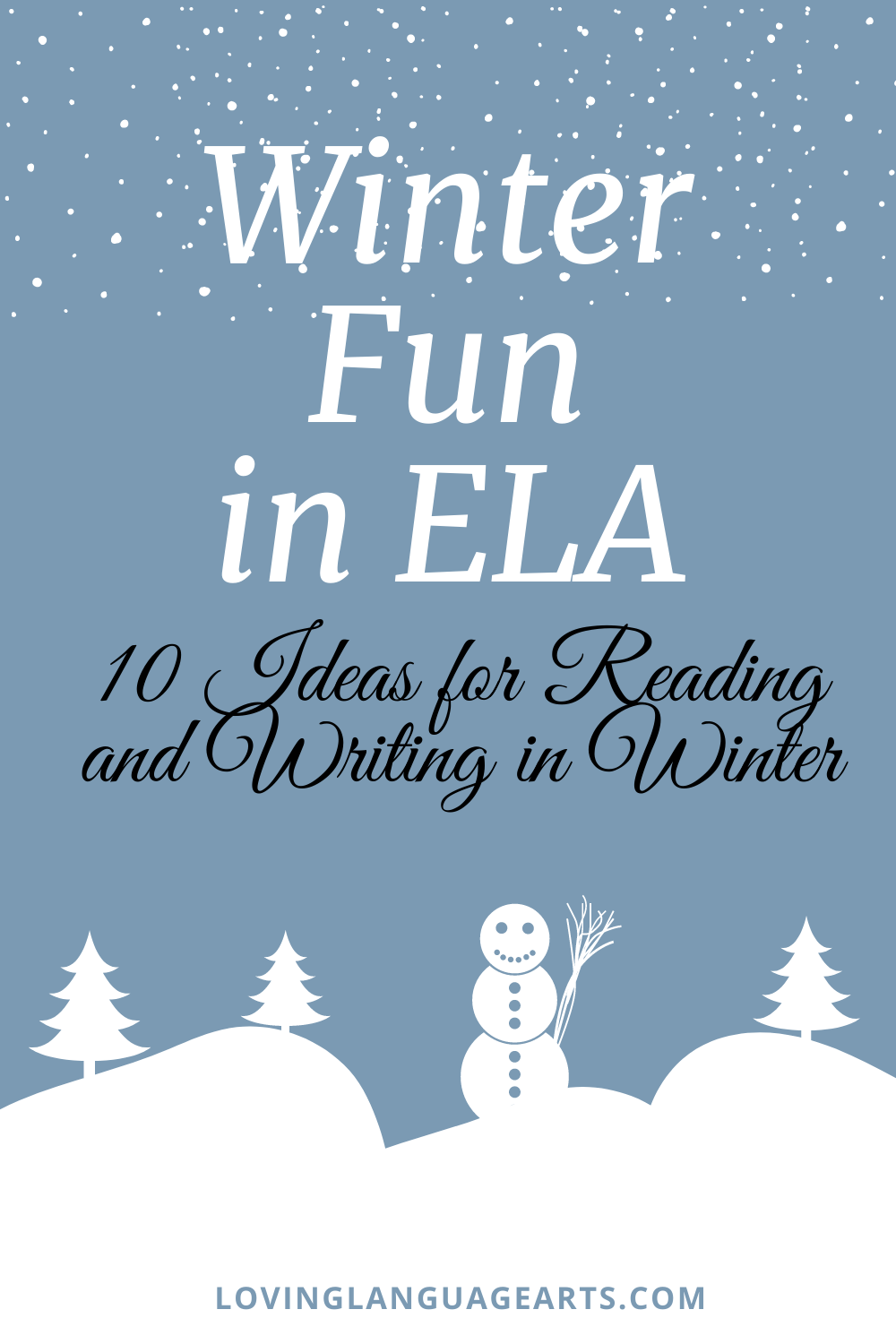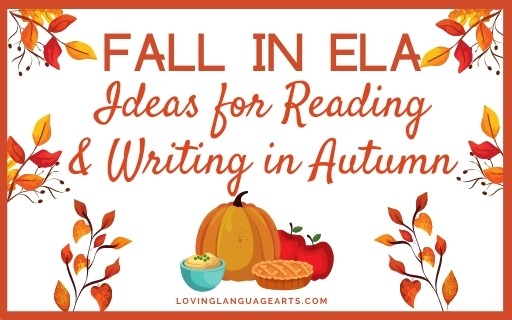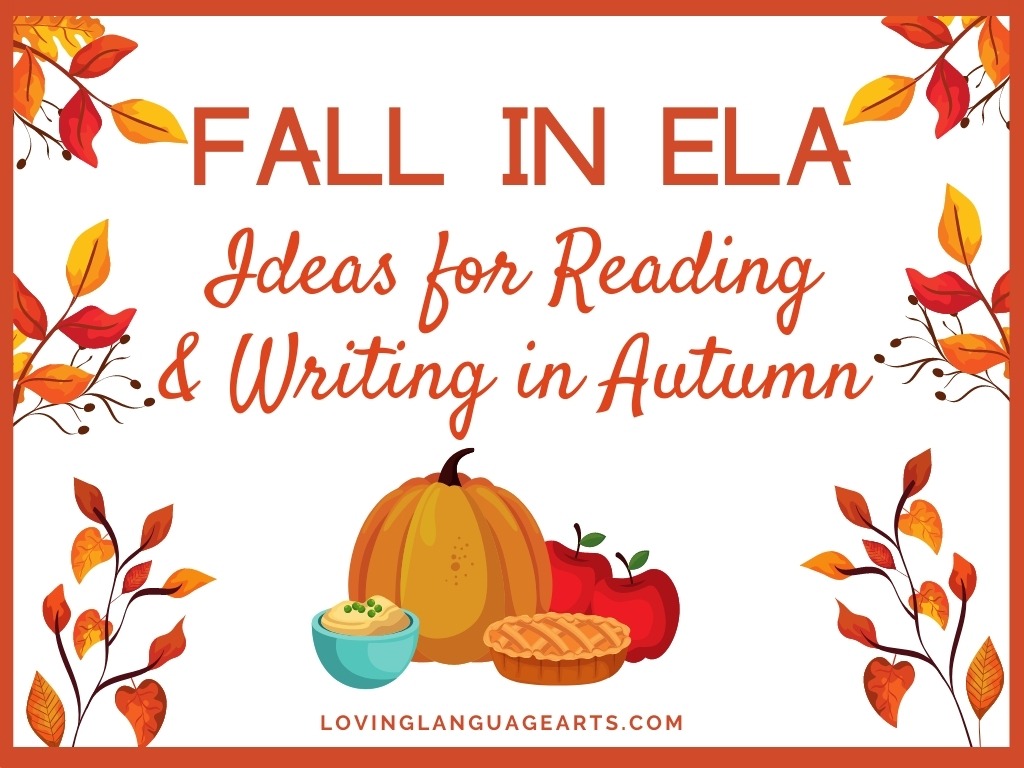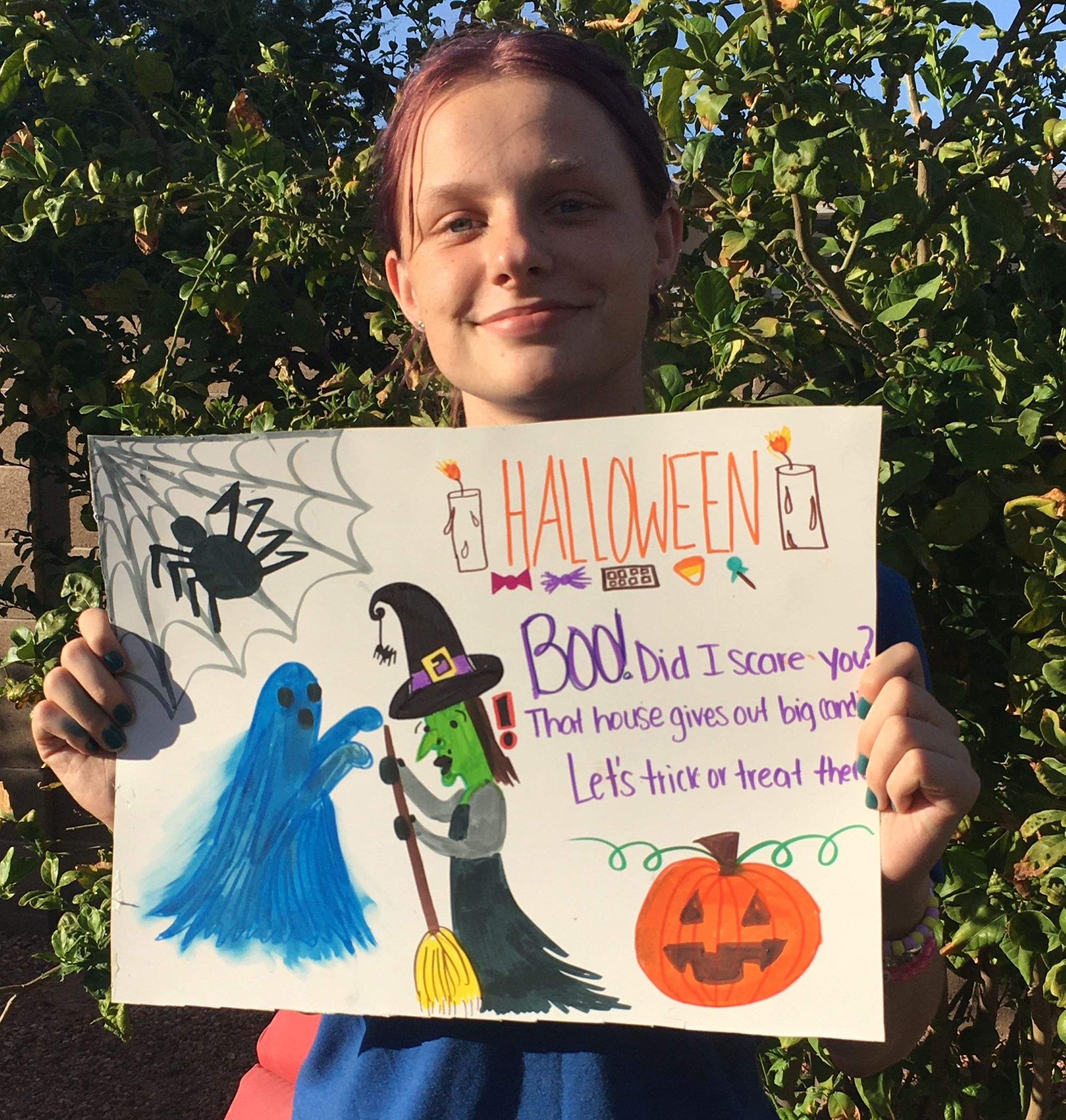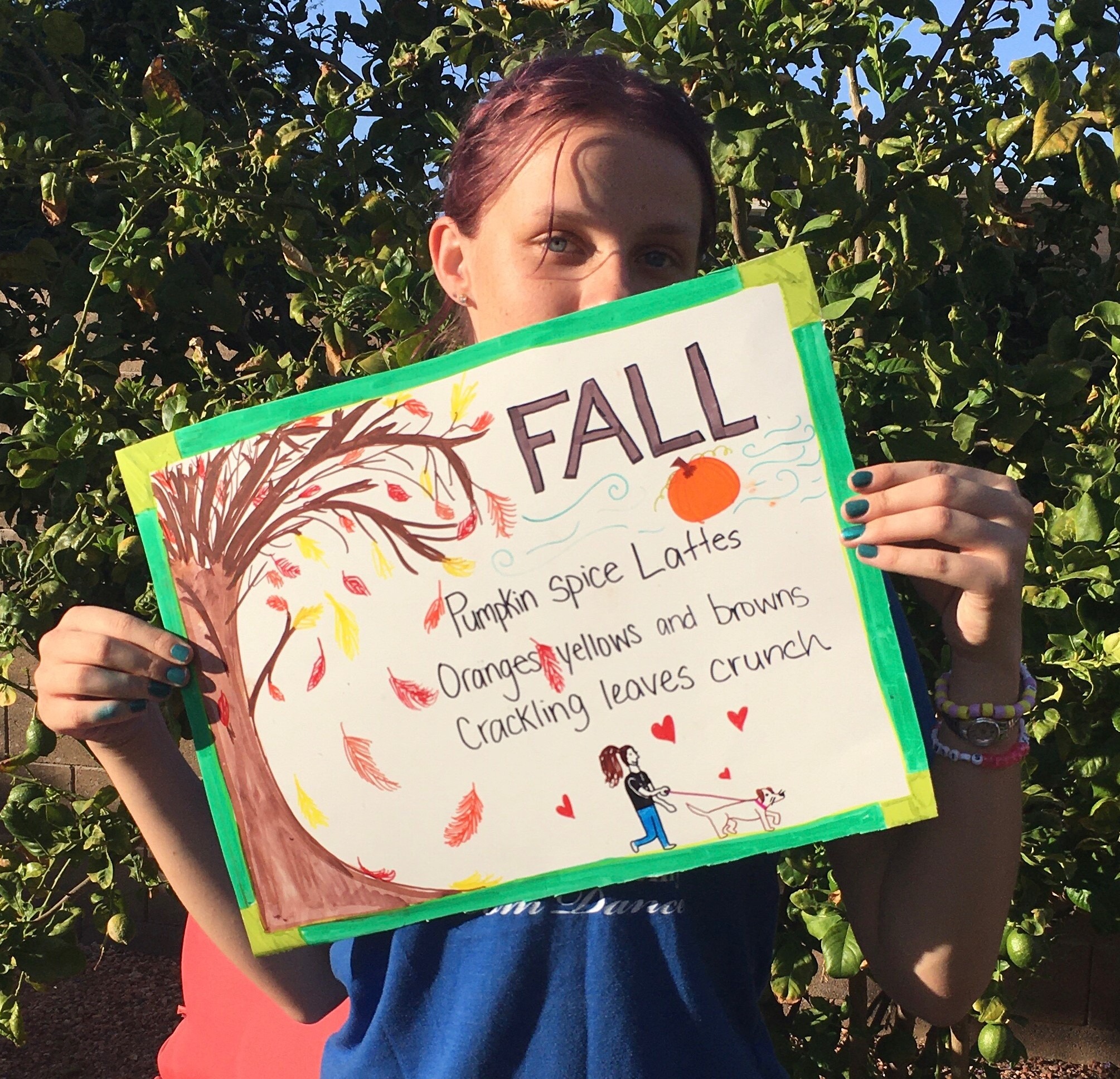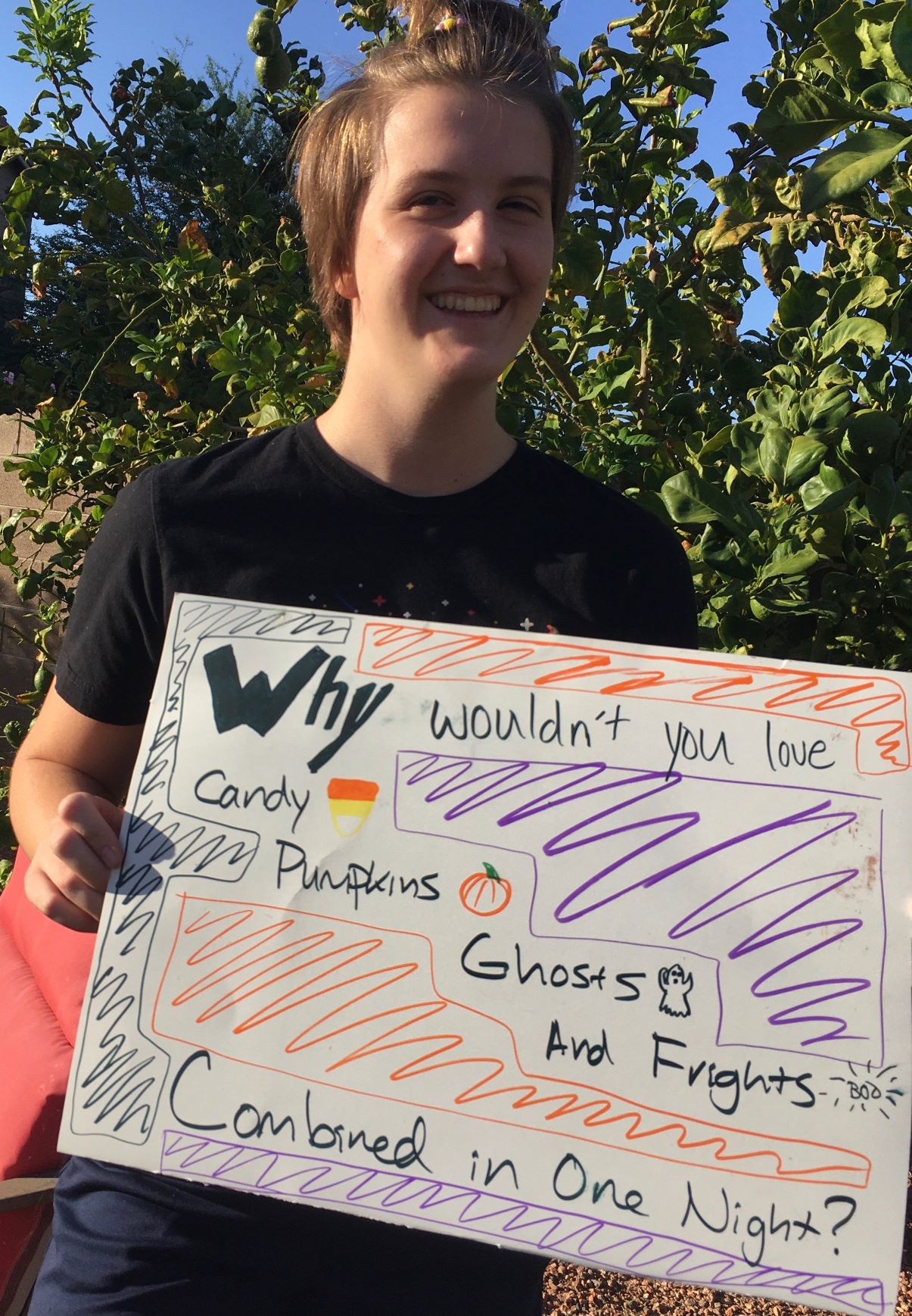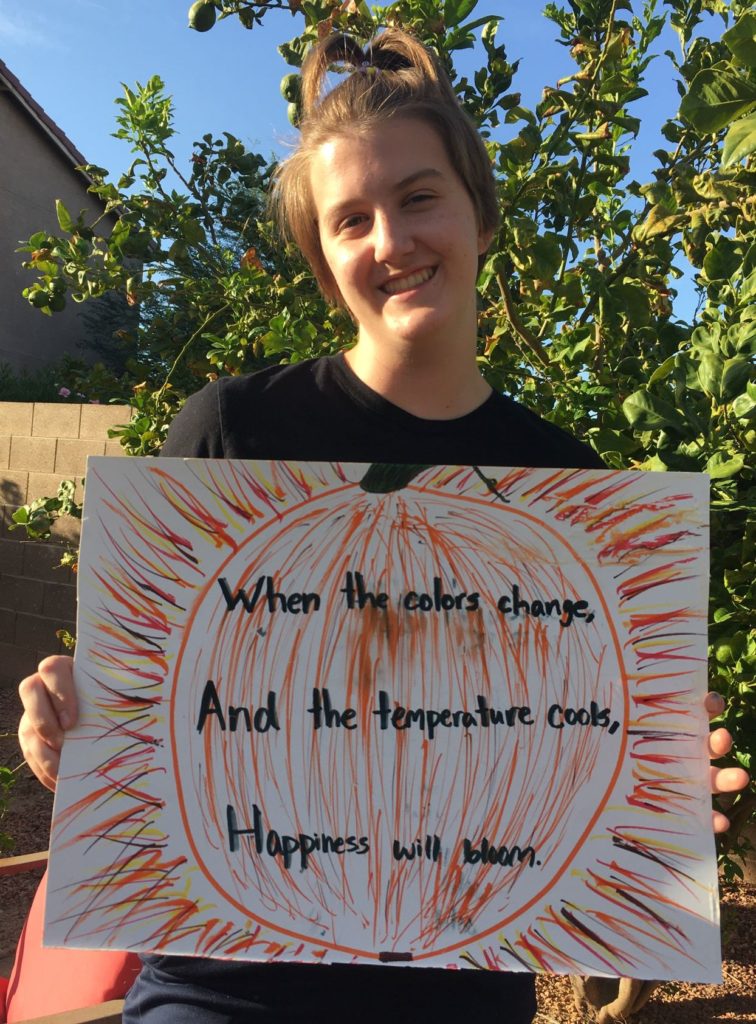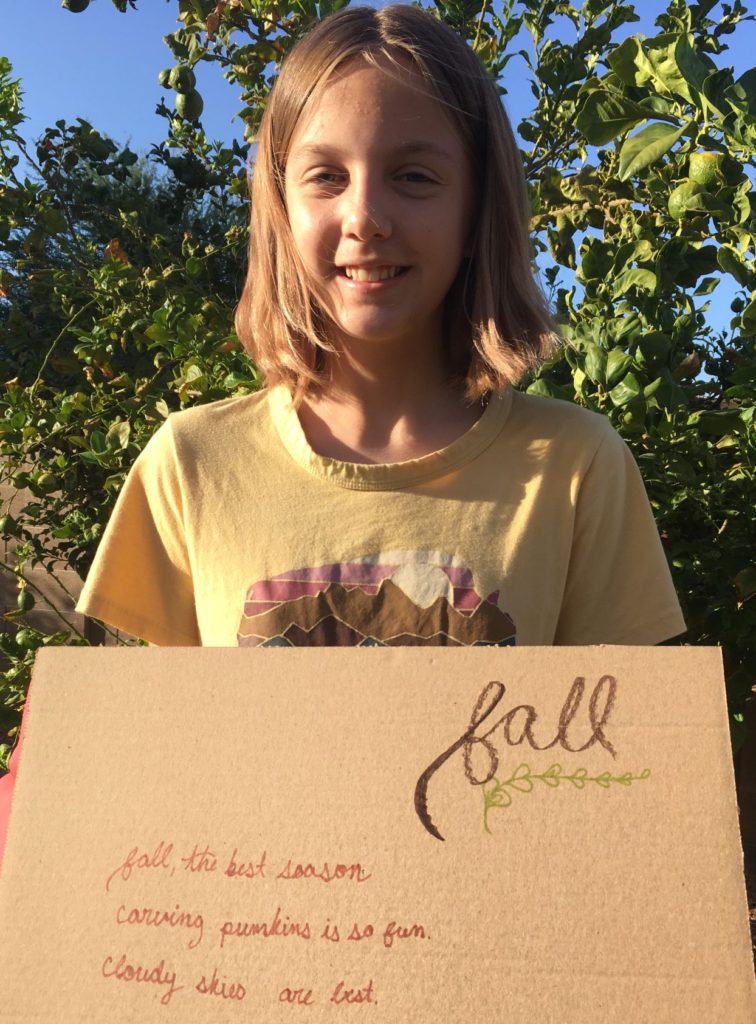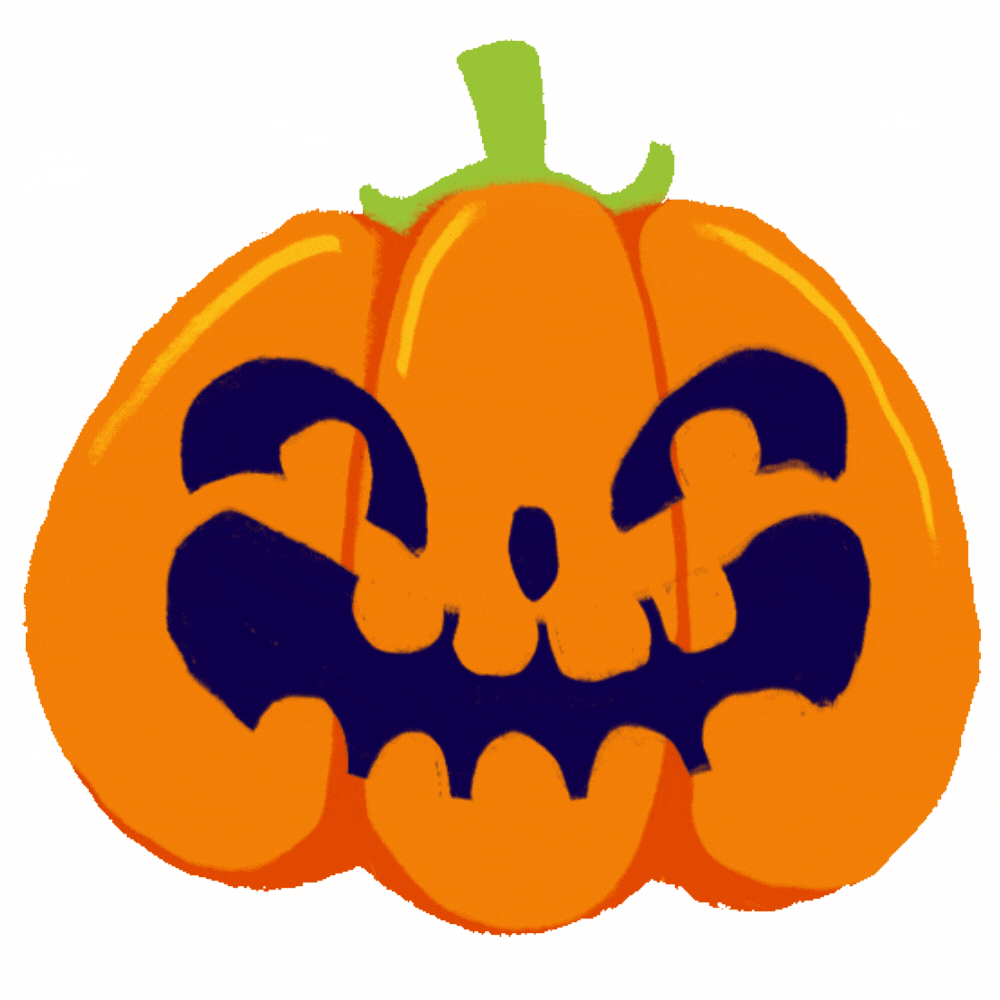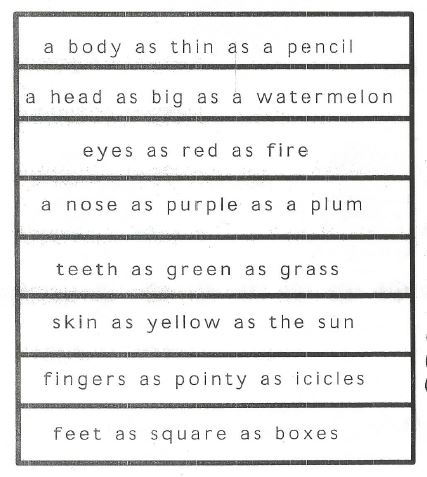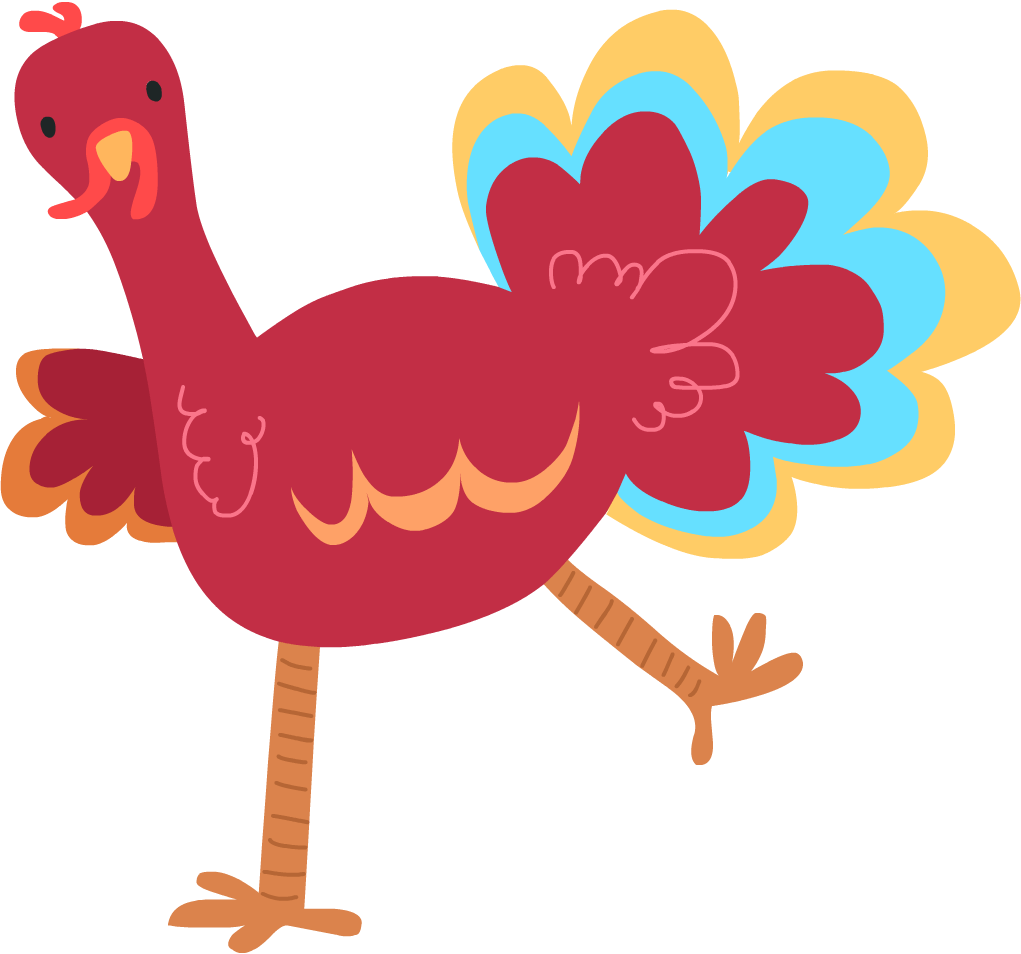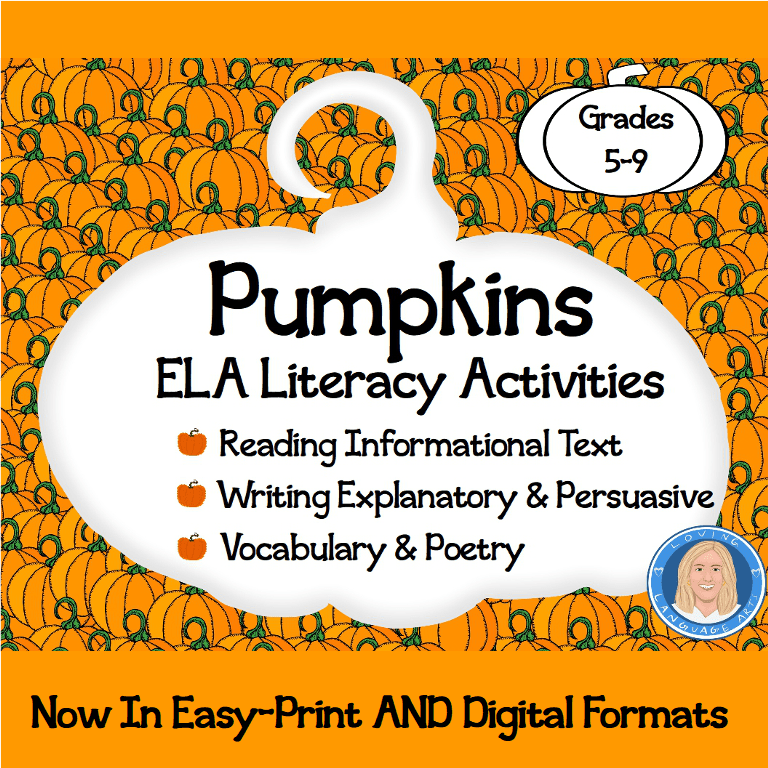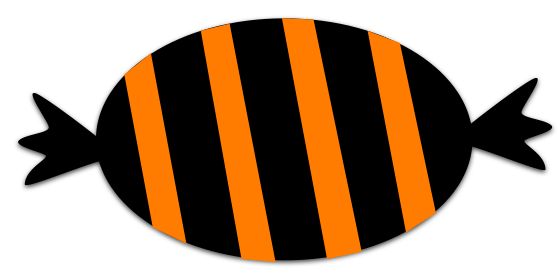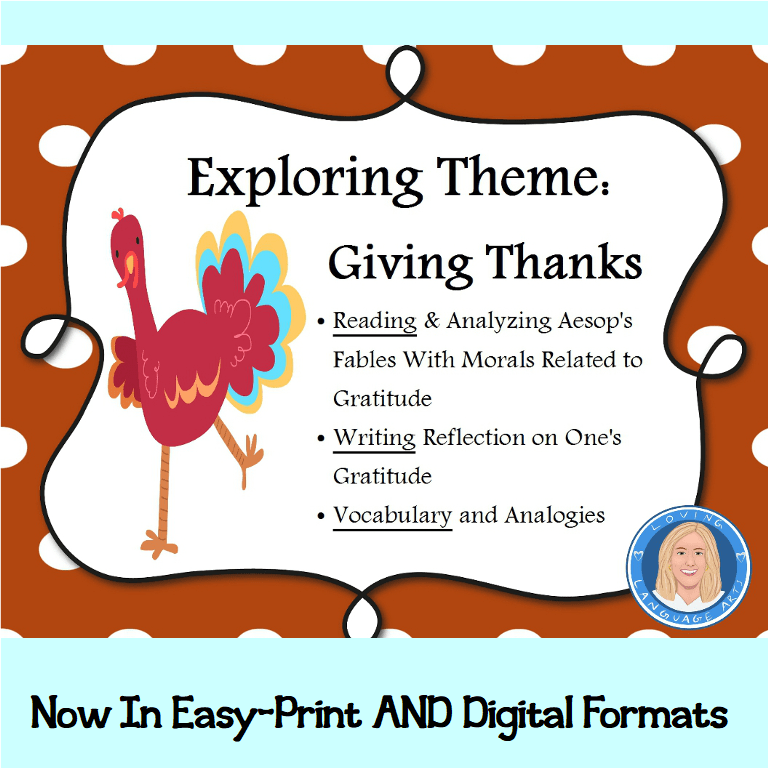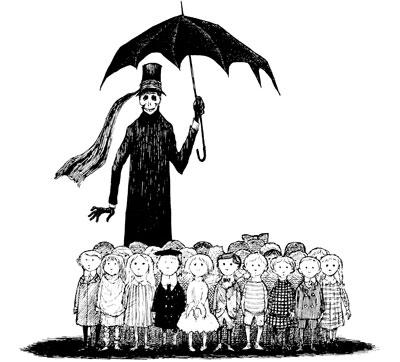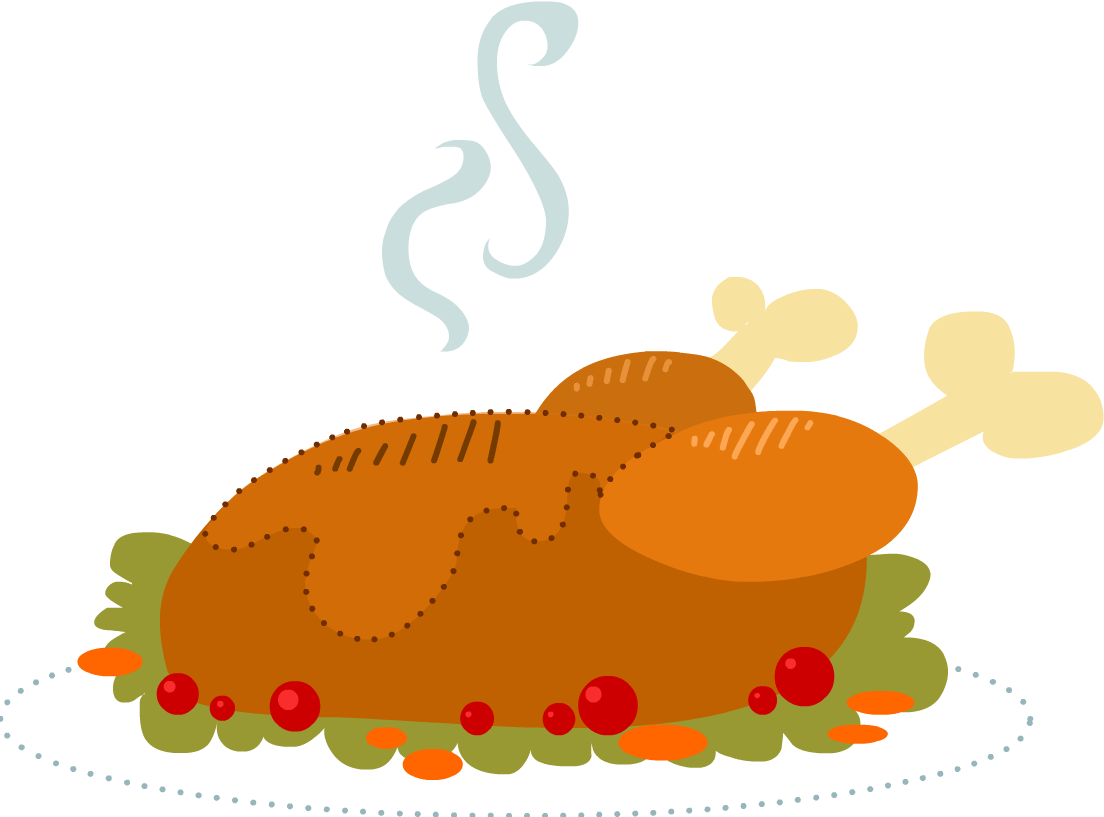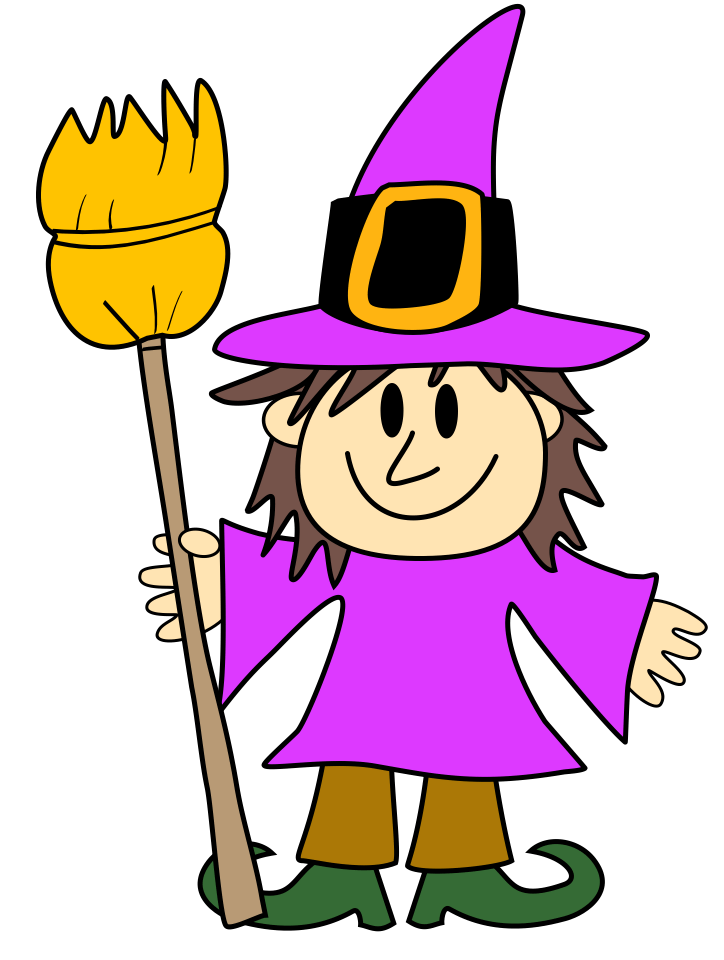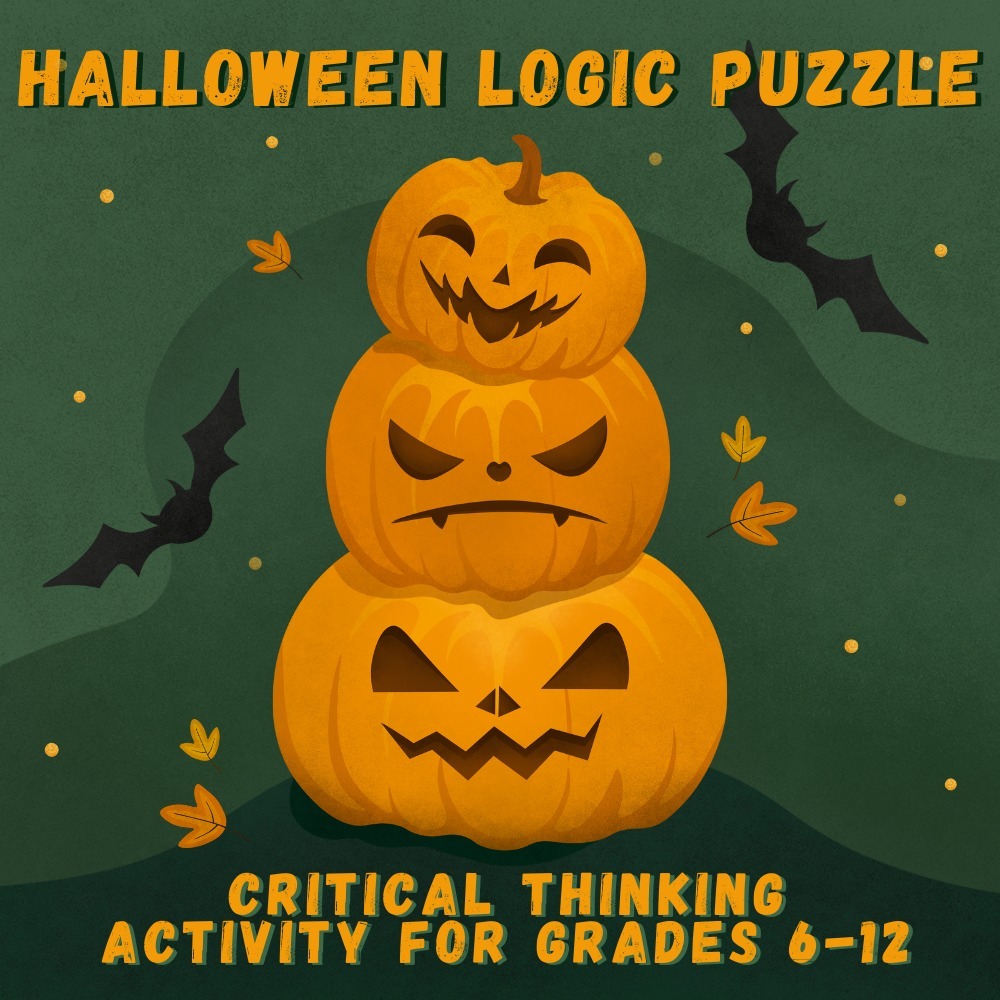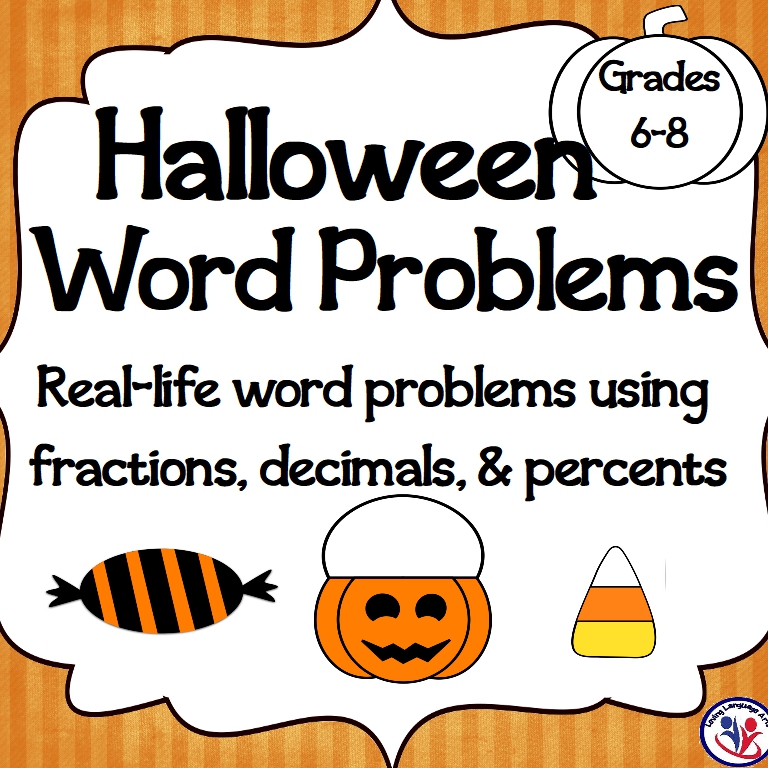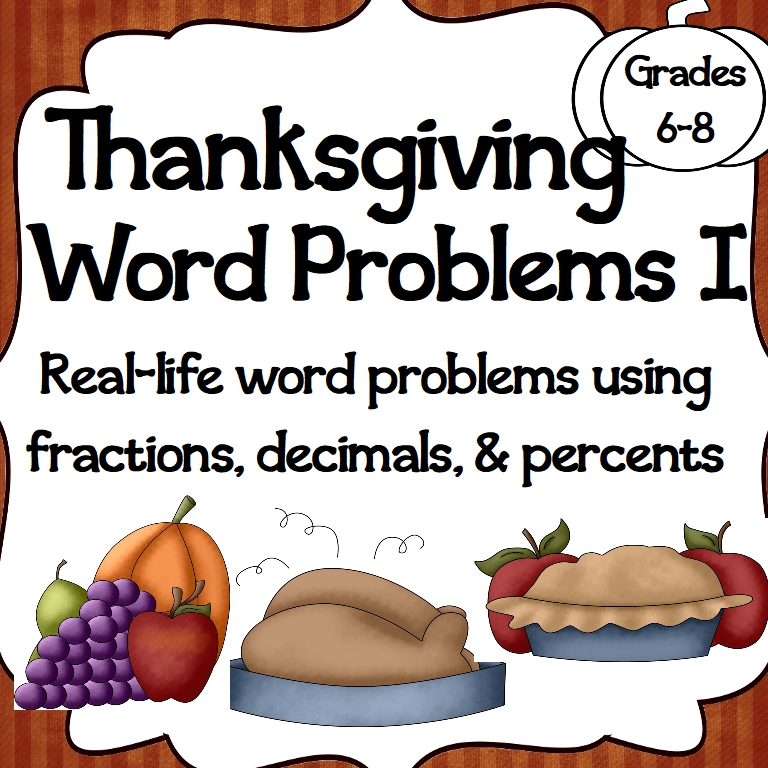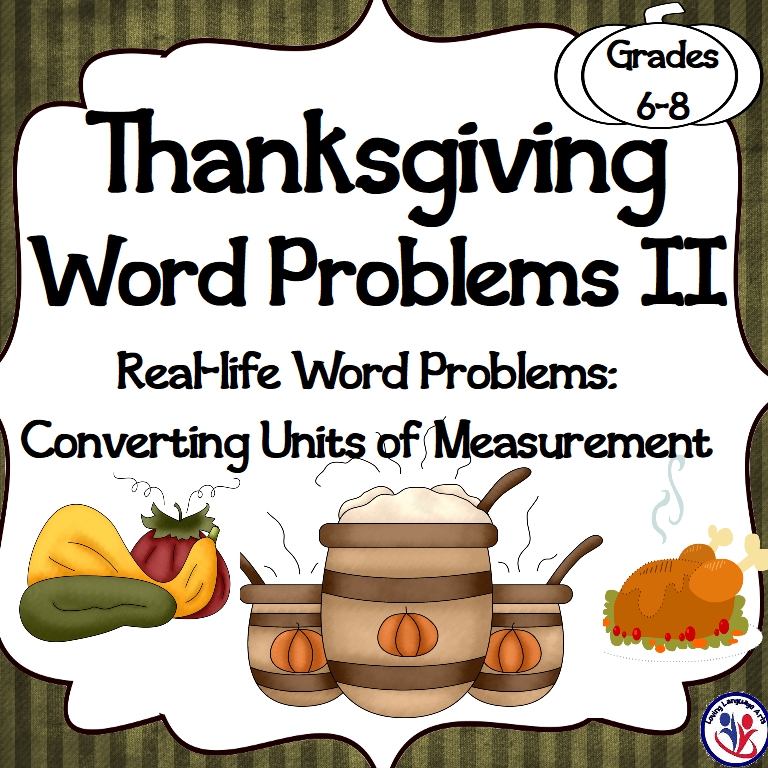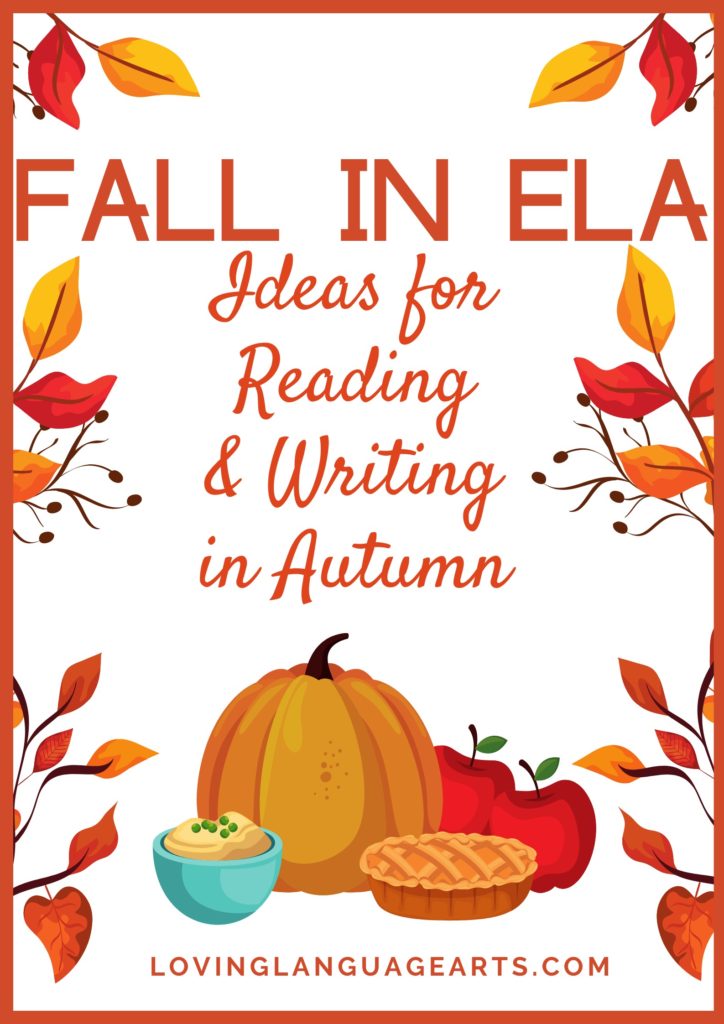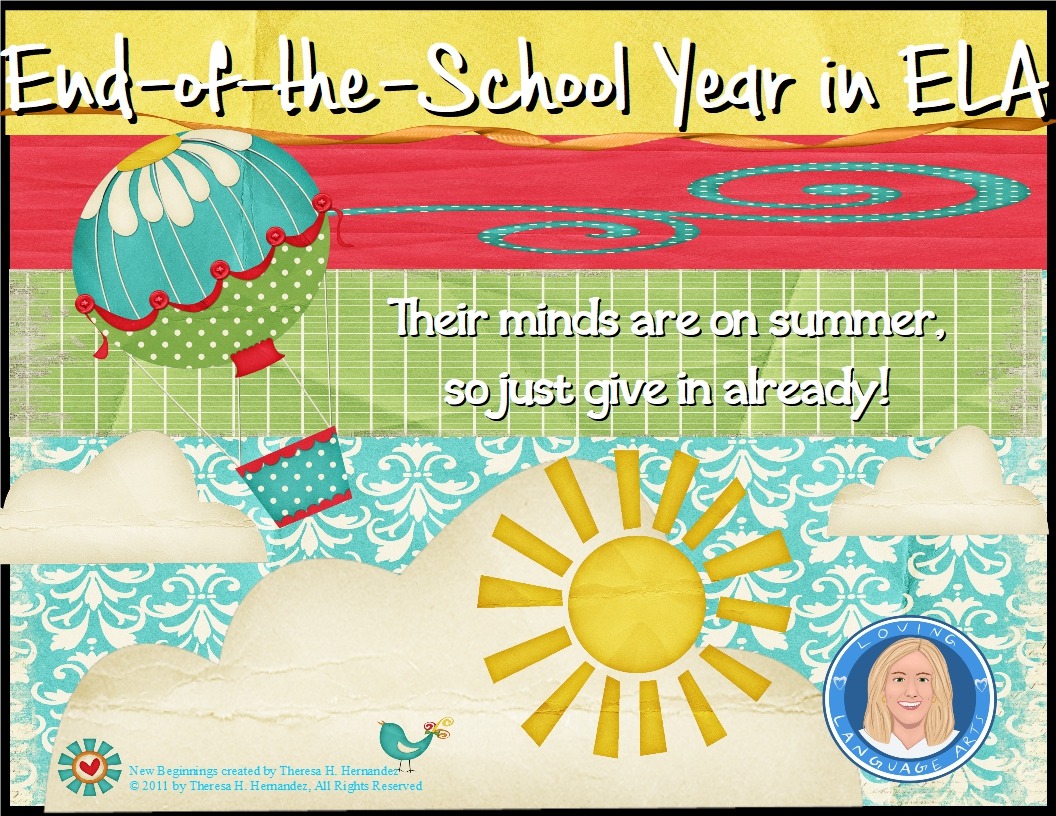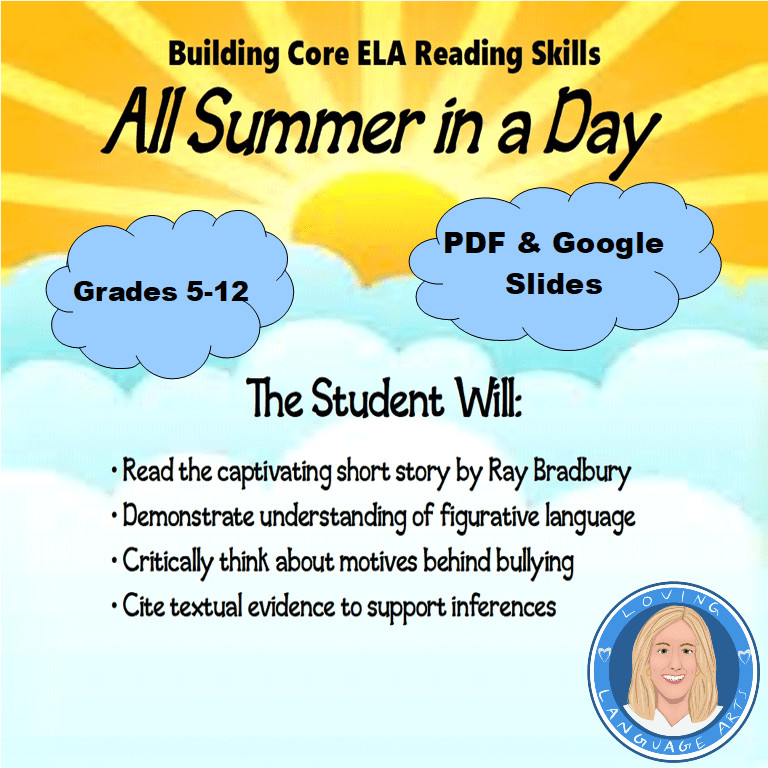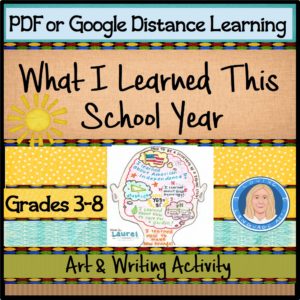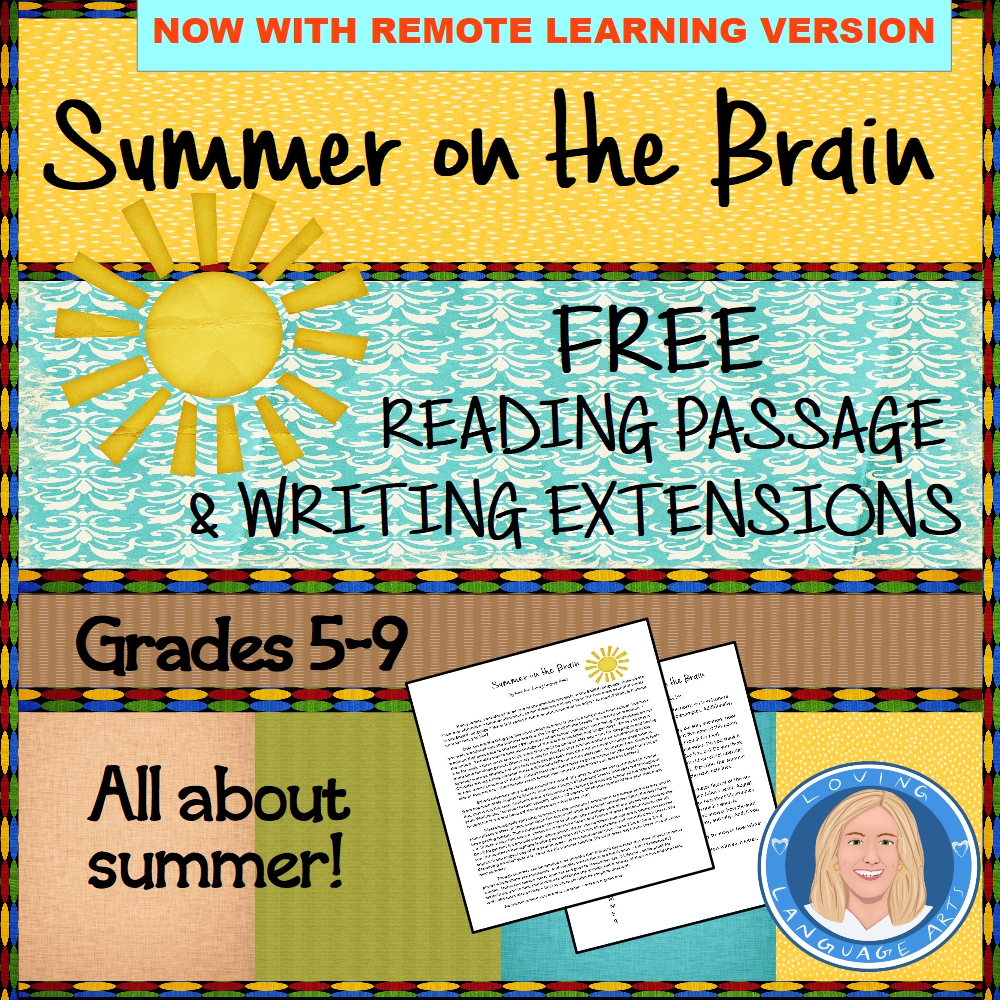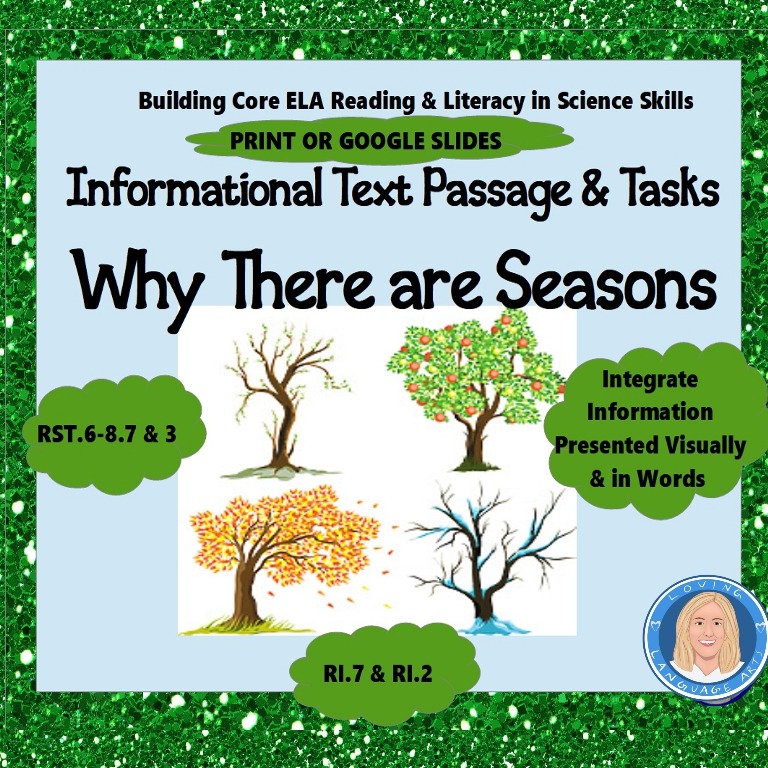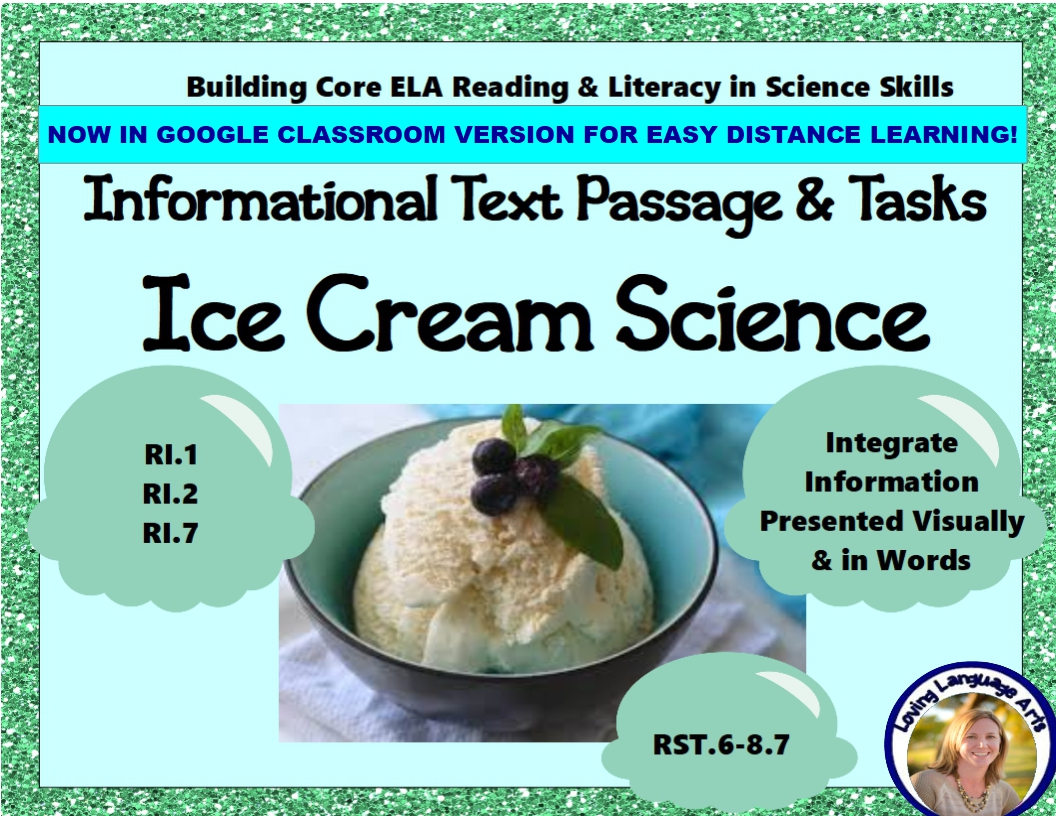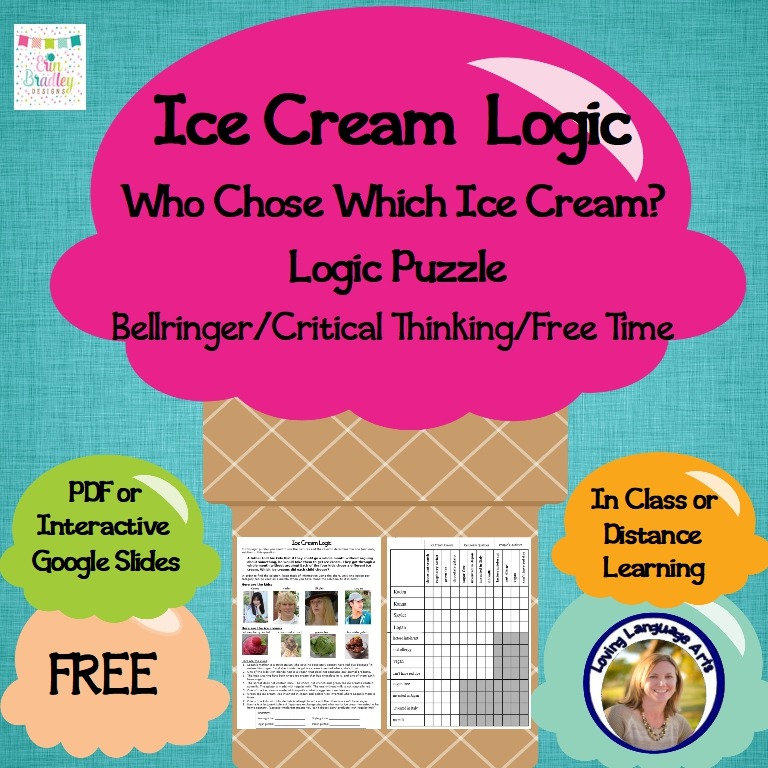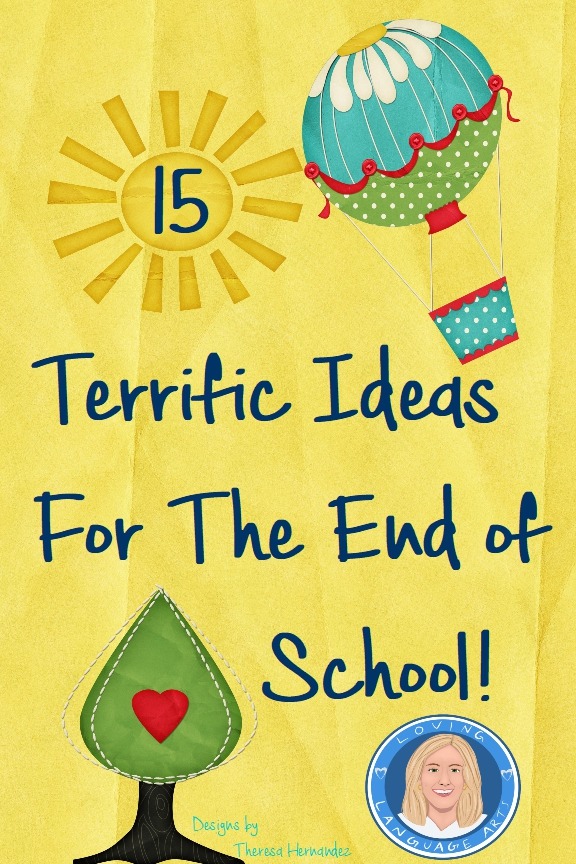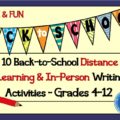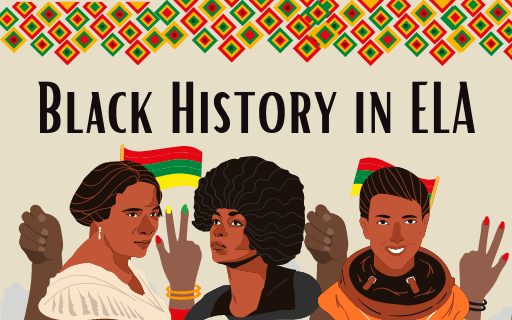
Black History in English Language Arts
Black History in English Language Arts
Black history is our history. It’s not some separate history to marvel. It’s not a gimmick to gawk at in February. Still, while it’s somewhat disappointing that it takes Black History Month to draw attention to Black History, it’s also a blessing to have this opportunity in English language arts.
Getting students reading, writing, and analyzing rhetoric by or about Black authors will likely spark something inside of them that will simmer, and – hopefully at the right times – enflame inside of them, throughout their entire lives. When your heart is touched by powerful rhetoric, it stays with you forever. You can’t ever forget the truth when it’s described so passionately. And, when you apply the lessons to your own life, it becomes wisdom.
So, here are 10 ideas for teaching Black History in ELA – your chance to get students reading, writing, analyzing, and most important – feeling – about our history, Black History.

1. Journal Writing About Famous Quotes in Black History: As a bellringer or a 10-minute “quick write” session, have students respond to the Black History quote of the day you give them. How about do this all throughout February since there are so many good quotes? For example, “Never be limited by other people’s limited imaginations” (Dr. Mae Jemison, first African-American female astronaut) or “The cost of liberty is less than the price of repression” (W.E.B. DuBois), or “The time is always right to do what it right” (Martin Luther King, Jr.), or here’s 117 more Black History quotes you can use!
2. Divi Up & Jigsaw the Plethora of Topics: When you go looking for what to teach in Black History, it’s a bit like trying to get a drink from a fire hydrant blasting out water. There are so many influential figures, movements, & accomplishments. So, how about have each student select a different figure or topic to write a research report or presentation about? Another option is jigsaw groups. This is where you assign small groups topics such as “Black athletes” and then the members of the group each research and report back on something specific, such as Jackie Robinson, Michael Jordan, and Serena Williams. Then, the groups present to the class (hopefully in an interesting way. See this post for 10 Great Ways to Research & Present Information. ) Here are some of the many ideas:
- Notable Historical Figures & Institutions: Harriet Tubman, Frederick Douglass, Booker T. Washington, W.E.B. DuBois, Martin Luther King, Jr., Thurgood Marshall, John Lewis, Sojourner Truth, Mary McLeod Bethune (Bethune-Cookman College), the Underground Railroad, the Mason-Dixon Line, Howard University, the Green Book, and more
- Figures in Science & Technology: Rebecca Lee Crumpler, Daniel Hale Williams, George Washington Carver, Bessie Coleman, Katherine Johnson, Percy Julian, Mae Jemison, Warren Washington, Benjamin Banneker, and more
- Performers, Musicians, & Actors: Louis Armstrong, Marian Anderson, Teddy Wilson, Hattie McDaniel, Sidney Poitier, Octavia Butler, Denzel Washington, Beyonce and Jay-Z, Muddy Waters, Oprah Winfrey, and more
- Athletes: Jesse Owens, Jackie Robinson, Althea Gibson, Wilma Rudolph, Hank Aaron, Bill Russell, Jackie Joyner-Kersee, Michael Jordan, Serena & Venus Williams, LeBron James, Simone Biles, Arthur Ashe, Kobe Bryant, and more
- Military & Government Figures: Buffalo Soldiers, Tuskegee Airmen, Colin Powell, Condoleezza Rice, Barack Obama, Thurgood Marshall, FDR’s “Black Cabinet,” and more
- Civil Rights Topics & Leaders: Brown v. Board of Education, Montgomery Bus Boycott, Lunch Counter Sit-ins, Selma to Montgomery Marches, Civil Rights Act, Voting Rights Act, Black Lives Matter Movement, Rosa Parks, The March on Washington, Assassination of MLK, Ruby Bridges, Claudette Colvin, Jim Crow Laws, “separate but equal,” Jesse Jackson, NACW, NAACP, nonviolent protest, and more
- Writers: Maya Angelou, James Baldwin, Langston Hughes, Zora Neale Hurston, Toni Morrison, and more
3. Make Modern-Day Civil Rights Posters, Buttons, or Inspirational Quote Posters: Have students look at images of civil rights posters, such as these Freedom Movement posters. Or, simply Google “civil rights posters” and you’ll see a ton of great ones, old and new, come up. Then, have students Google “civil rights buttons” or visit this collection of political buttons, which are visual symbols showing that the wearers are fighting for some cause. Next, have students make modern-day civil rights posters or buttons, each containing one simple slogan about what we should strive for or specifically do to advance civil rights in some way. BUT BE CAREFUL. You should require that the posters be peaceful in nature, non-offensive, non-aggressive…set whatever boundaries you like to keep this activity peaceful.
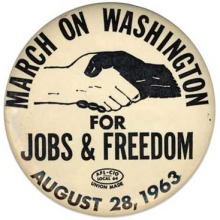
Steve.fami.ly, CC BY-SA 4.0 <https://creativecommons.org/licenses/by-sa/4.0>, via Wikimedia Commons
Or maybe just have them do this less passion-provoking art instead: have each student write an inspirational quote on a posterboard, and decorate it to hang in the room. Or, have students make a poster promoting Black History Month. If you don’t want to display the artwork on the walls, you can have students do a “gallery walk” in which students walk around the class to view each other’s creations. Here are links to 120 Black History quotes or a list of 25 Quotations by MLK for the Classroom.

Image Credit: United States Mission Geneva Photostream via Flickr
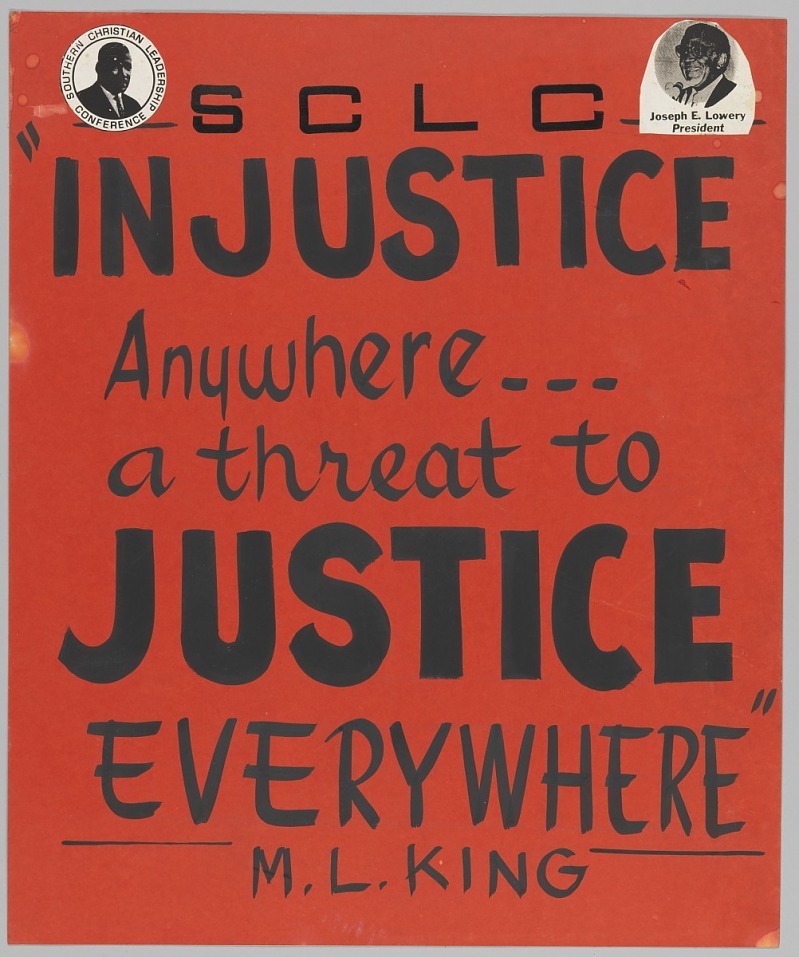

4. Analyze MLK Primary Sources: What better way to honor Black History than to direct students straight to the sources – the primary sources – the documents written by those who actually experienced the history firsthand, by those who took the time to memorialize their powerful messages in rhetoric that lives on today.
Here are some of the many primary sources written by, about, or in collaboration with Martin Luther King, Jr.: The March on Washington pamphlet, the I Have a Dream speech (which was delivered 100 years after the Emancipation Proclamation and alluded to Lincoln’s Gettysburg Address), the Letter From Birmingham Jail, Six Principles of Nonviolence (have students write a short explanatory essay explaining what they are and what they mean), MLK’s correspondence with the White House/JFK cabinet in letters and telegrams, teaching about Martin Luther King, Jr., and Memphis Sanitation Workers, Who Speaks for the Negro? collection, I’ve Been to the Mountaintop speech, Senator Robert Kennedy’s Statement on the Assassination of MLK, MLK’s acceptance speech for the Nobel Prize for Peace in 1964, and the Smithsonian collection.
ALSO CHECK OUT THE BLOG POST “MLK in ELA” for EVEN MORE reading, writing, and language ideas!
FREE Letter From the Birmingham Jail LESSON: Martin Luther King, Jr.’s Letter From The Birmingham Jail is a must-read. But, what I have for your ELA classroom is a must-have. Grab the FREE PRINTABLE IDENTiFYING THEMES IN NOTABLE MLK QUOTES FROM THE LETTER. It provides students with one page of monumental quotes from the letter, guiding students to identify theme in each of them. This is a standards-based activity, specifically aligned to Standard RI.9 in high school, which is to analyze seminal U.S. documents of literary and historical significance.
YOU CAN PIN THE IMAGE BELOW IF YOU LIKE:
NOTE: By the way, my High-Interest Text Passages and Practice Tests Workbooks and my High-Interest Text Passages and ELA Tasks Workbooks contain these speeches and more in easy-print and digital 1-page formats that are MAJOR TIME SAVERS.
5. Learn About “The Green Book”: Have students read this fascinating history about the “Negro Motorist Green Book,” an underground publication sometimes found in gas stations that helped Black citizens travel safely through the Jim Crow-era southern U.S. by directing them to safe places to eat and sleep.
6. Research the Black Lives Matter Movement: One thing I think about all the time is that if people just took the time to understand each other more and where they’re coming from, they’d be less likely to judge them so harshly or condemn their behavior. So, have students take the time to learn about BLM, starting at blacklivesmatter.com. Assign students articles to summarize and share, write a research report, compare and contrast this movement with another, etc.
7. Read Amanda Gorman’s Inaugural Poem “The Hill We Climb” (2021) and the Inaugural Poems That Inspired Her: Amanda Gorman, the youngest (and current) Poet Laureate for the Biden Administration delivered a powerful rendition of her poem “The Hill We Climb,” that resonated not just with black Americans, but all Americans, about the current political climate as a piece in the overall journey for freedom we are all on togther. Check out the free transcript with ELA ideas to use in your classroom today.
Oh, and have your students compare and contrast, or analyze, these five previous inauguration poems that, according to Amanda Gorman, inspired her:
- Robert Frost, who recited “The Gift Outright” at John F. Kennedy’s 1961 inauguration. Frost recited the poem from memory after he was unable to read the text of the poem, “Dedication,” because of the sun’s glare on the snow-covered ground.
- Maya Angelou, who read “On the Pulse of Morning” (text; video) at Bill Clinton’s 1993 inauguration
- Miller Williams, who read “Of History and Hope” (text; video) at Bill Clinton’s 1997 inauguration
- Elizabeth Alexander, who read “Praise Song for the Day” (text; video) at Barack Obama’s 2009 inauguration
- Richard Blanco, who read “One Today” (text; video) at Barack Obama’s 2013 inauguration
8. Combat Racism: Consider having students write persuasive essays and speeches (with reasoning based on evidence, facts, & testimony) that combat racism. Or, I also like the looks of these 6 Lesson Plans We Love for Creating Inclusive Communities and Combatting Racism.
9. Teach Slave Narratives: Slave narratives are some of the most passionate, eloquent, honest, descriptive pieces of writing you will ever read. I believe it’s a must to have students read at least one. Here are some to consider: Narratives by James Albert Ukawsaw Gronniosaw (1772), Olaudah Equiano (1789), Nat Turner (1831), Frederick Douglass (1845), William Wells Brown (1847), Henry Bibb (1849), Sojourner Truth (1850), William and Ellen Craft (1860), Harriet Jacobs (1861), Jacob Green (1864), and more. Additionally, here is a collection of slave narratives at the Library of Congress (containing more than 2,300 firsthand accounts and over 500 photographs).
Also, GRAB THE FREEBIES below!
10. Teach Students About Brown V. Board of Education and Supreme Court Justice Thurgood Marshall: The Brown v. Board of Education Supreme Court case changed the course of history for the better. It turned out that the “separate but equal” education Black students were getting prior to the case was not so equal. It took declaring segregation as unconstitutional in this landmark case to make everyone see that. There is a plethora of resources on this topic, but here are some: PBS’s “Brown vs. Board of Education | A More or Less Perfect Union” with video, Learning for Justice’s “Brown v. Board: An American Legacy,” and the U.S. Court’s “Justice Thurgood Marshall Profile – Brown v. Board of Education Re-enactment.”
Or grab the freebie I just added a wee bit late in the month, but better late than never I always say.
OK, now at this point I admit I went a little overboard with the Black History Month Freebies. I kept finding all these gems that I wanted to share with you, and here it is the end of February and I am just now stopping, lol. Here are a couple more.
Click below for FREE ELA PRACTICE TESTS – each targeting specific reading, writing, language, and speaking/listening/viewing standards.
Check out these GRADE-SPECIFIC test prep books with practice tests that target EVERY GRADE-SPECIFIC READING INFORMATIONAL TEXT STANDARD, one by one. An added bonus is that students LOVE the texts! In Easy-Print or Self-Grading Online Versions.
How about save this pin to your “Black History Month” Board so that you can come back to this post again?
